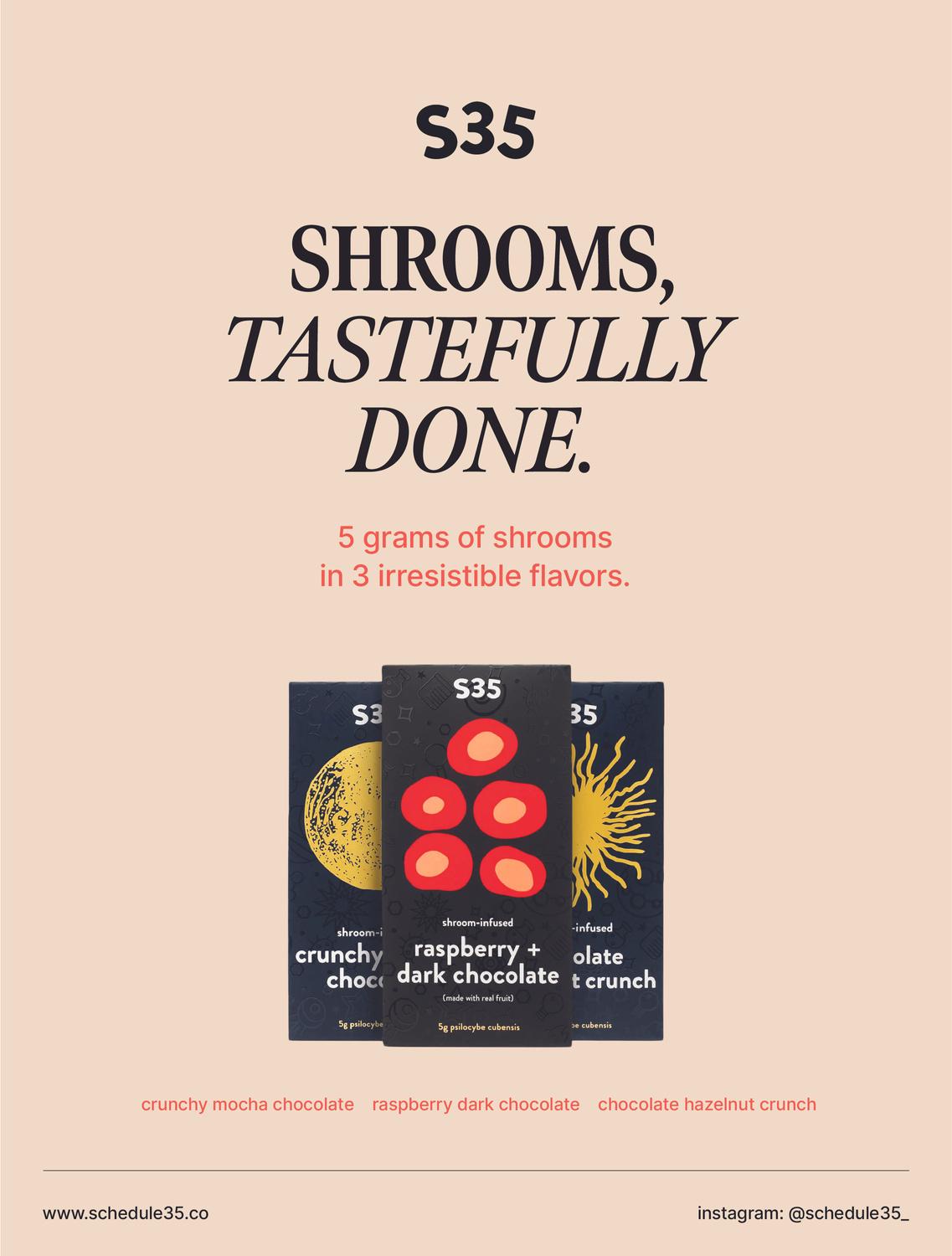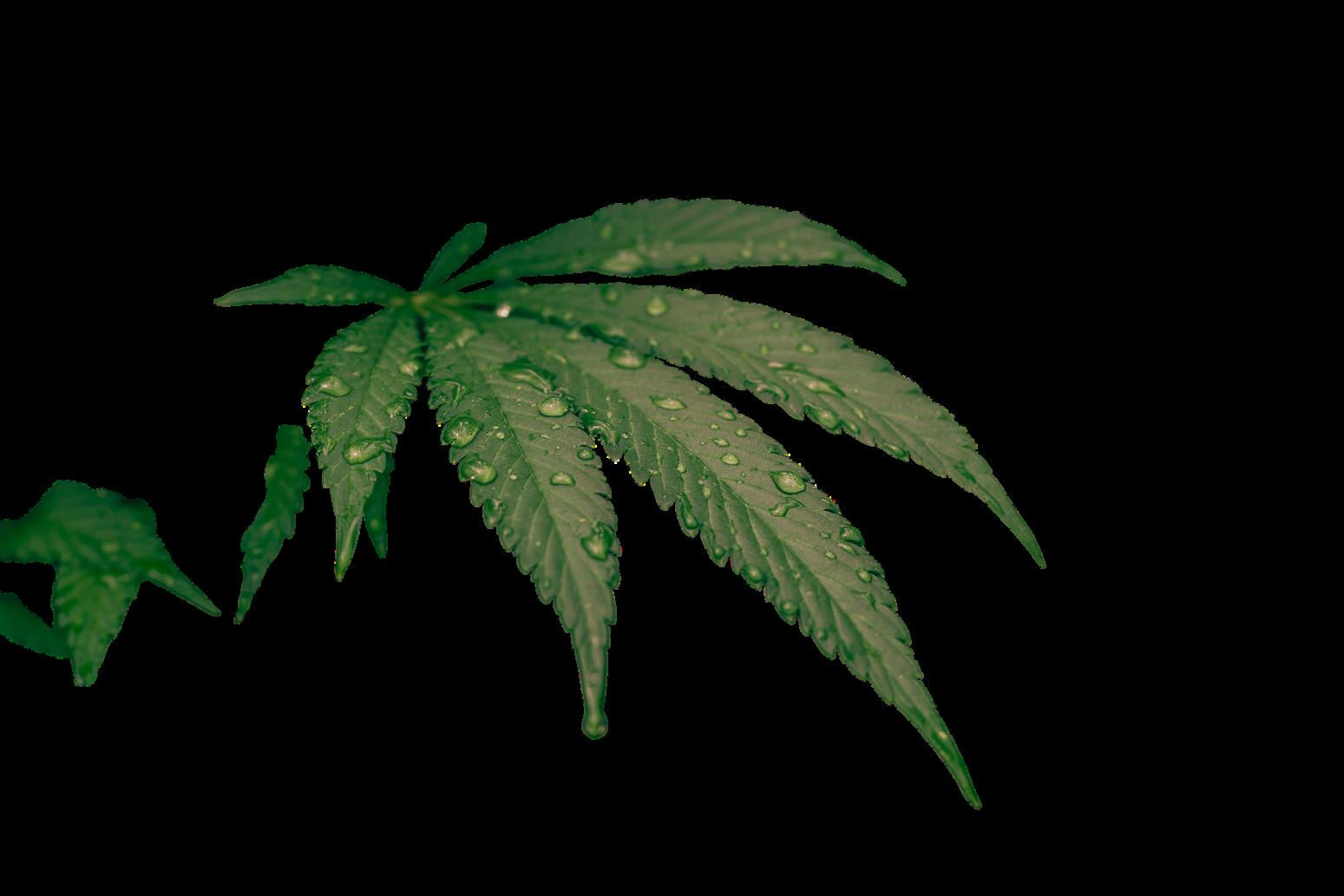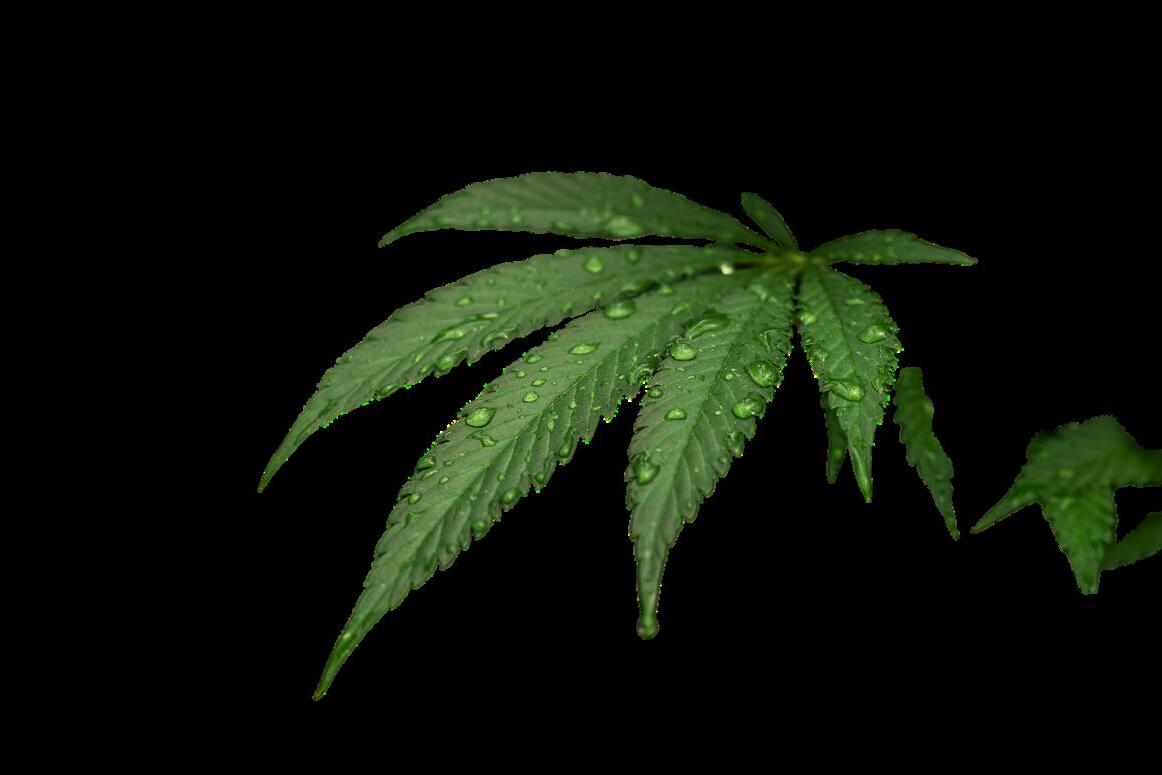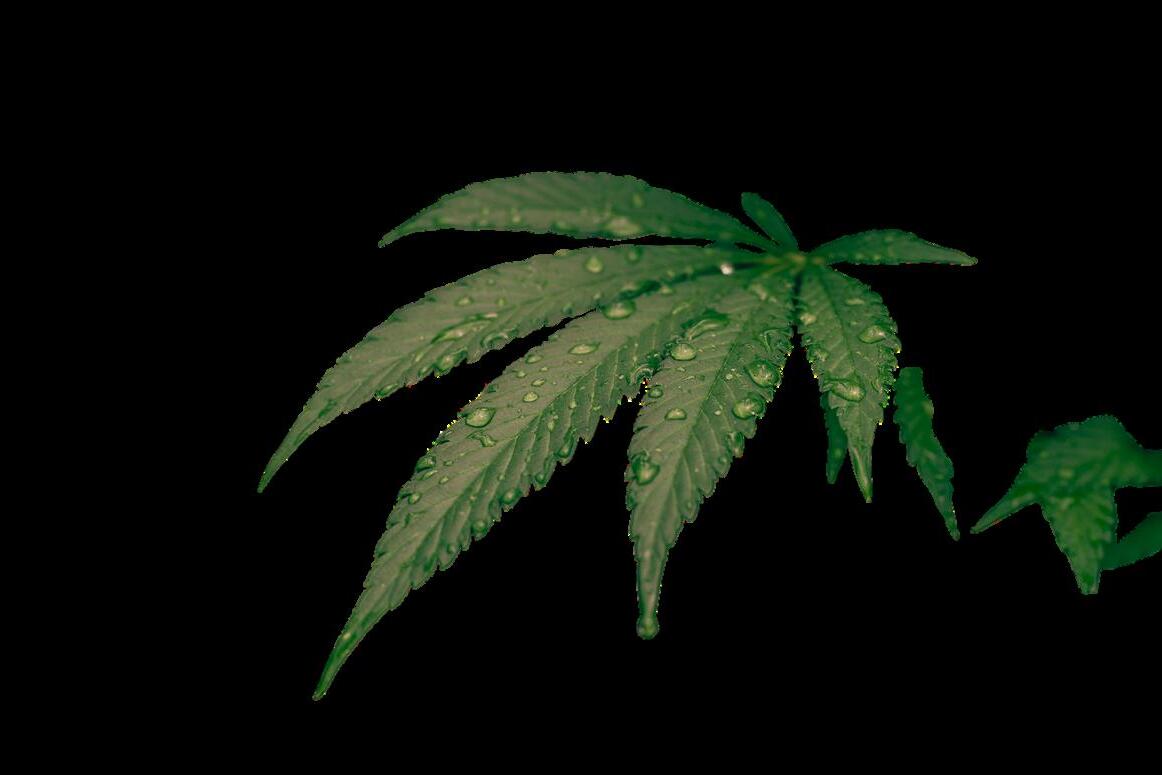




















































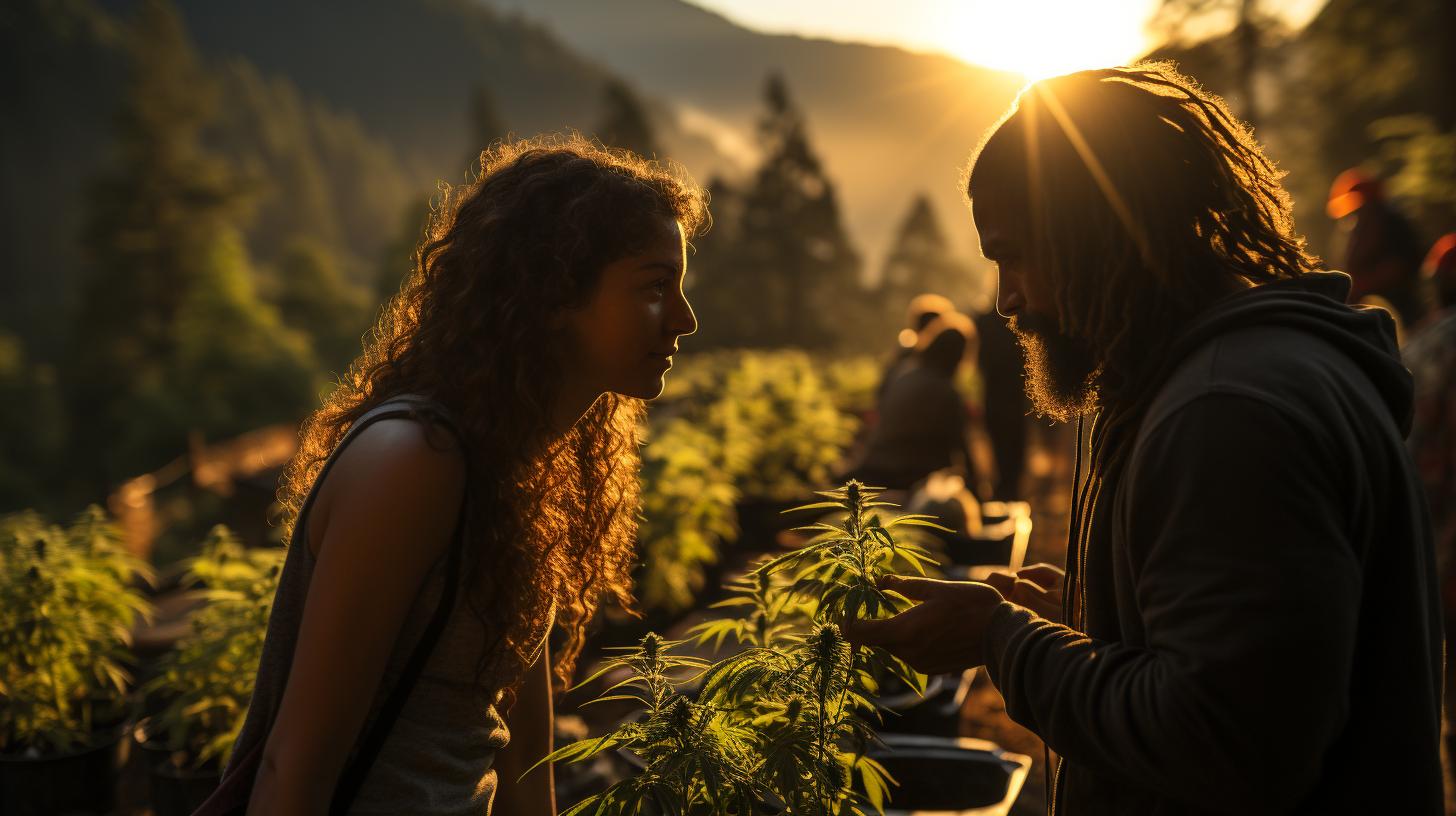


Alegacy may come from one ' s character, reputation, and the life you lead – leading by example for some and guiding others futures. Legacies often tremendously impact, encourage and leave pathways for future generations.*


Being a part of Legacy Culture means to simply understand, show respect to, and be a part of the community that got us here. There would be no cannabis industry without those who risked their life and freedom to grow and distribute our medicine. You may not have thought much about the small farmers, people growing in their basement, or your plug back in the day, but all of them were and still are essential in helping to push the plant forward.
We respect and honor our Hippie Culture, Veterans, Caregivers and Home-growers by stepping out of the way and allowing them, and all of us to flourish in this space. The small, mom and pop, equity, legacy, women and veteran owned cannabis businesses and voices deserve a seat at the table, and that's what this publication, and specifically this edition is for To highlight and show respect to those who got us here It's how we help continue to advocate and uplift this plant into it's rightful place into society around the world.
Cannabis can heal this planet in more ways than most of us understand, but as time goes on and the dinosaurs die off, history will be re-written. It will say what it should have always said; cannabis has been an essential plant for healthy human societies for thousands of years, providing food, paper, medicine, building materials, clothes, shoes and the list goes on and on.. Cannabis can help save us from ourselves by exposing the lies of greedy men to help create a culture of community, love, respect, and joy. And that's exactly what you'll experience from this Legacy Edition.


"When a flower doesn't bloom, you fix the environment in which it grows, not the flower."
~Alexander Den Heijer


Pg.9 Pg.15
Pg.23
Meet Doc Ray: Cannabis Legacy Grower
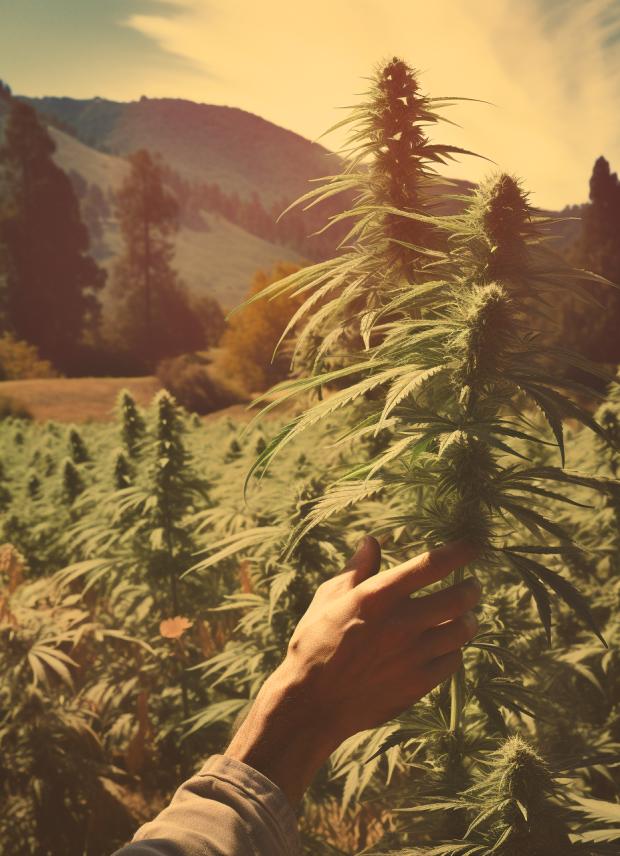 By Isabella DeChard
By Isabella DeChard
From Illegal to Regal: The Story of the Gentlemen Smugglers
 By Nigel Despinasse
By Nigel Despinasse
Exploring the Terroir of the Mattole Valley: A Cannabis Review of Papaya Punch From Mattole Valley Farms
By Shelley PeeblesPg.29
Pg.33
Pg 39 Pg 41
Pg.49
Infused Peanut Butter Cups
By Kelly KreutzerThere is no SOP for Culture: Meet The Beard Bros Bill and Jeff Levers
By Lindsey GunterGin and Chronic
By Thomas O'NeillMeet The Mudd Brothers: An Interview With Brendon Robinson and Stanley Okoro
By Larry LeggettTrade Roots: An Interview With Jesse Pitts and Carl Giannone
By Rob SanchezPg.53 Pg.59
Jim Berry's Homegrown: From My Basement to Yours
Bickett and Boone Cannabis; Kentucky’s Cannabis Legacy
By Dan Isenstein
Pg.63
Serving Compassion to Legends of Legacy
By: Mike Robinson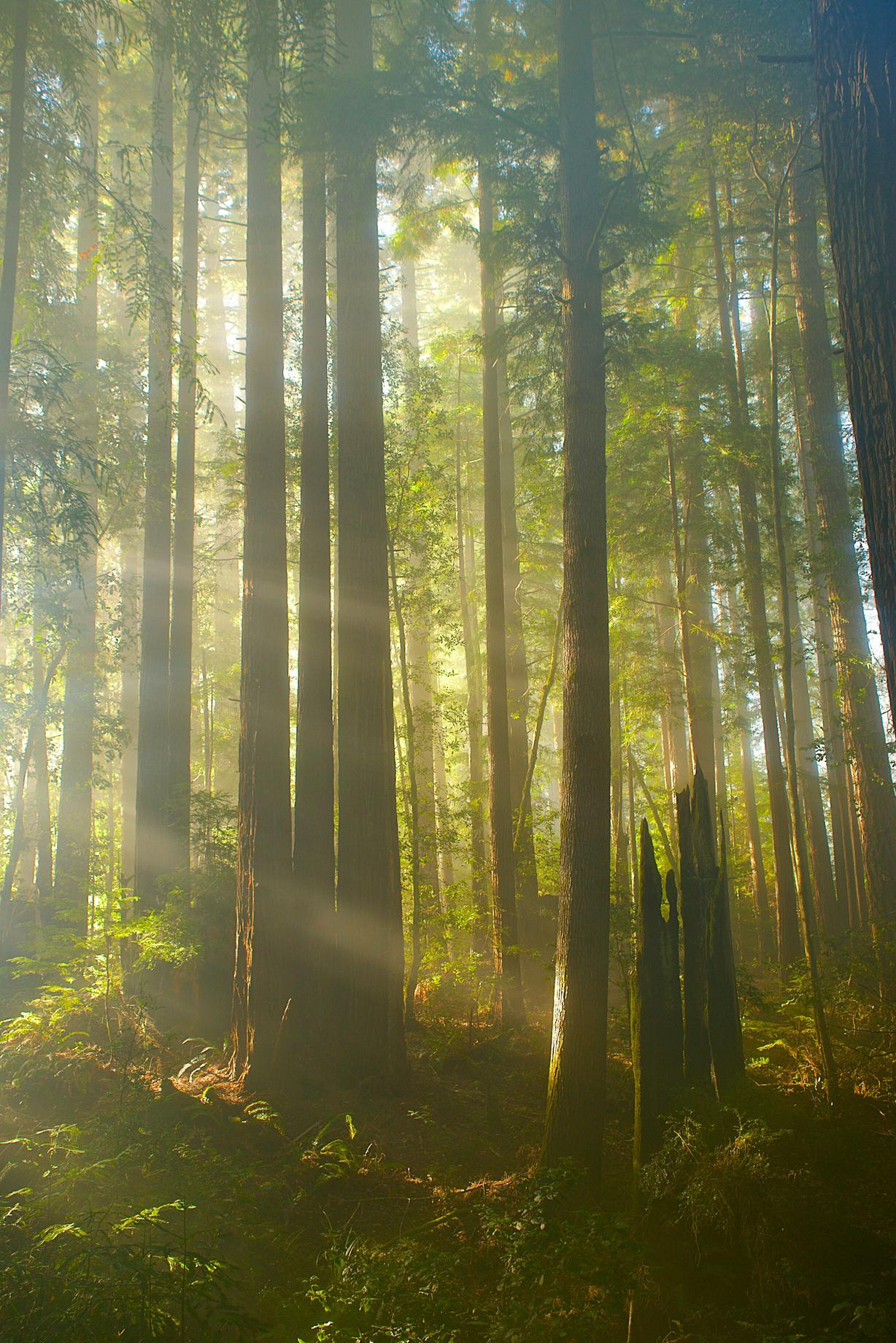
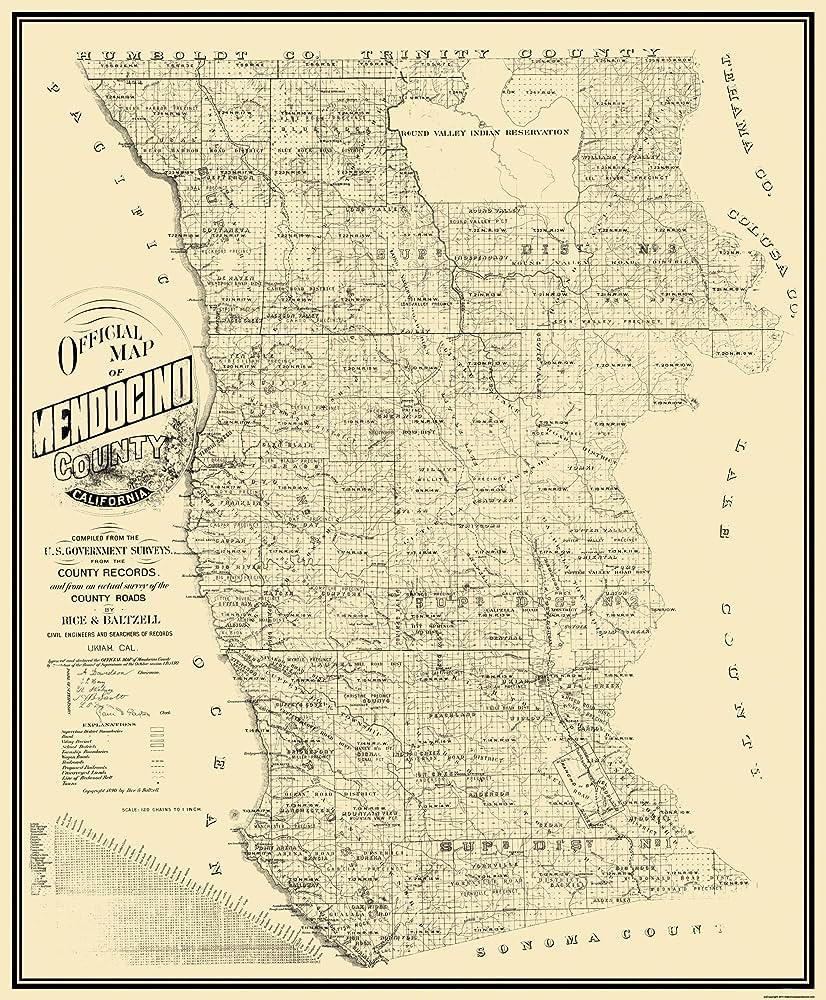


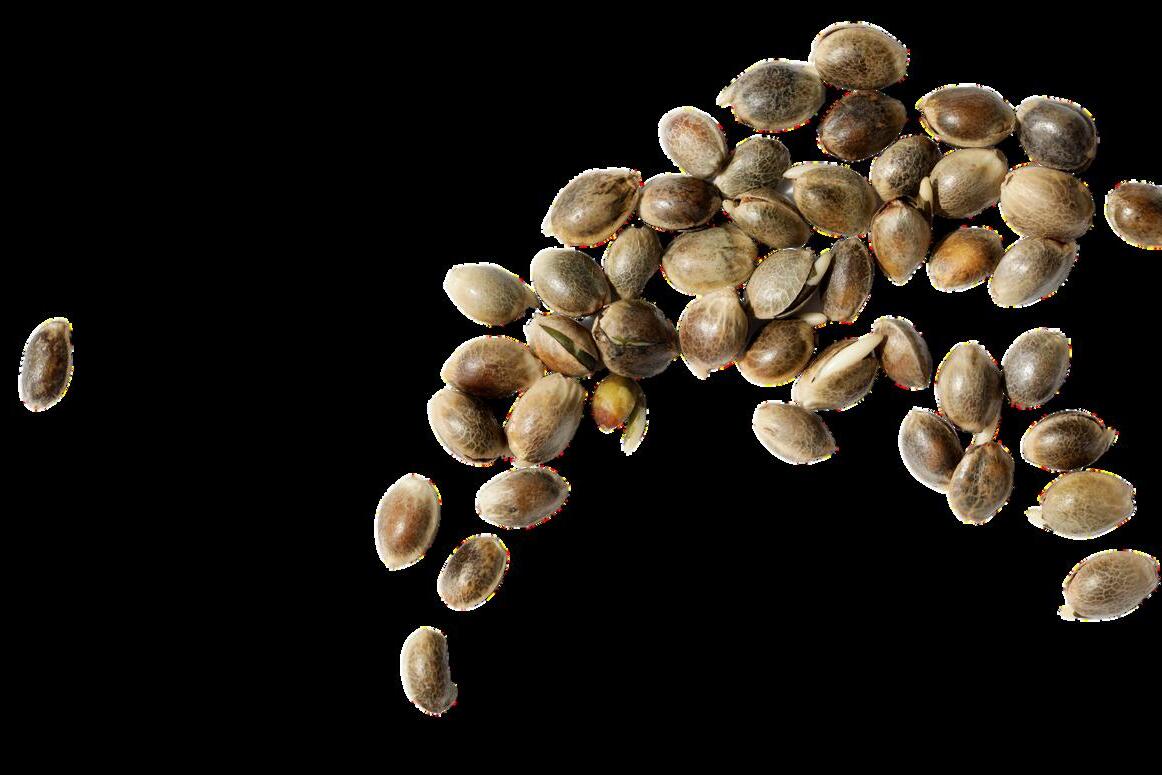
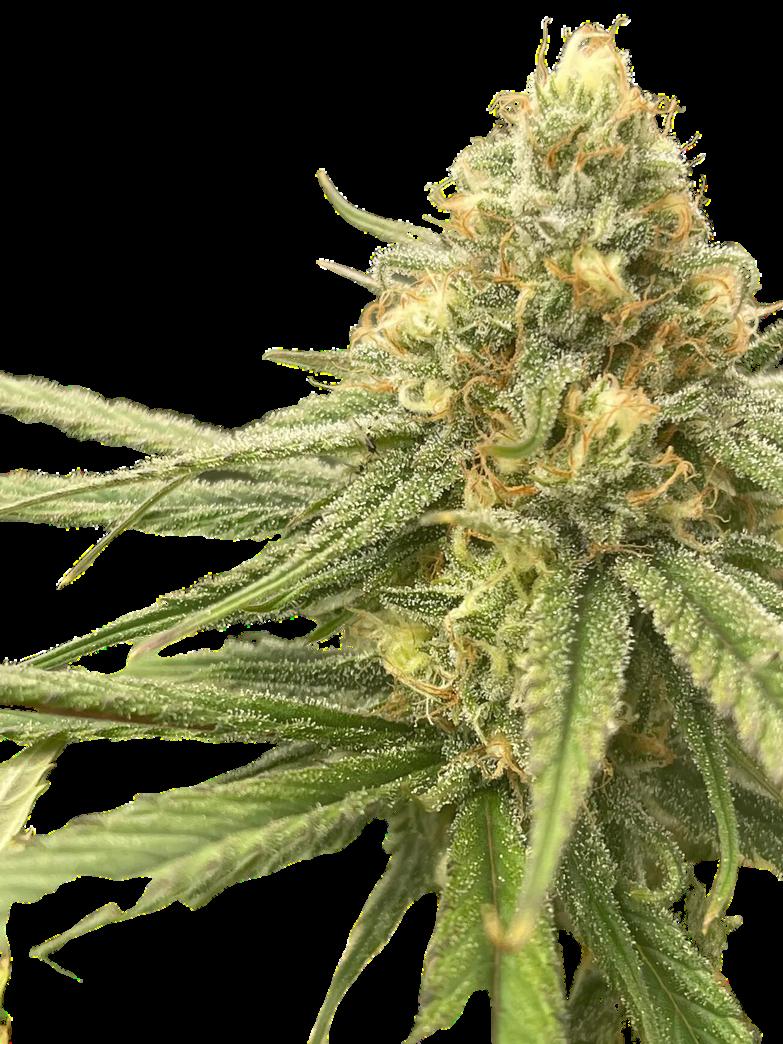
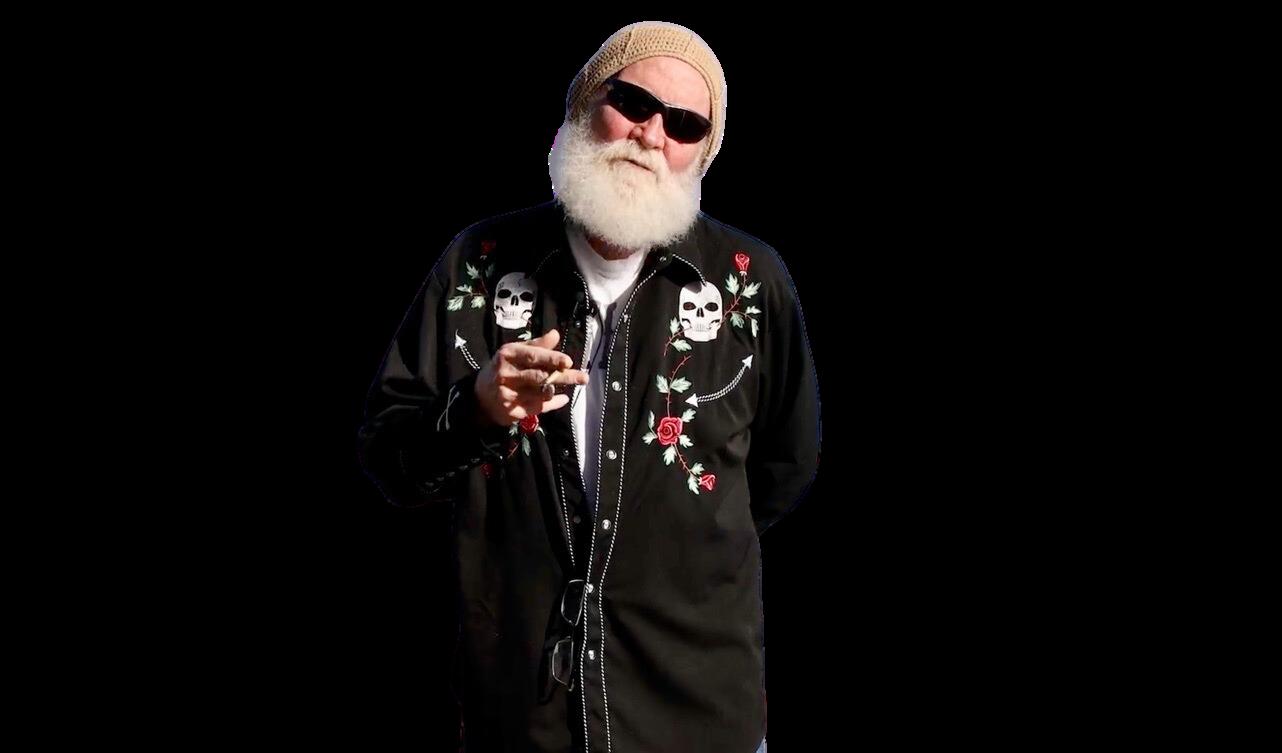
Over his lifet plant and its seen as quite veteran and cannabis leader who won’t stop until all veterans and medical patients have full and equal access to Mother Ganja herself.
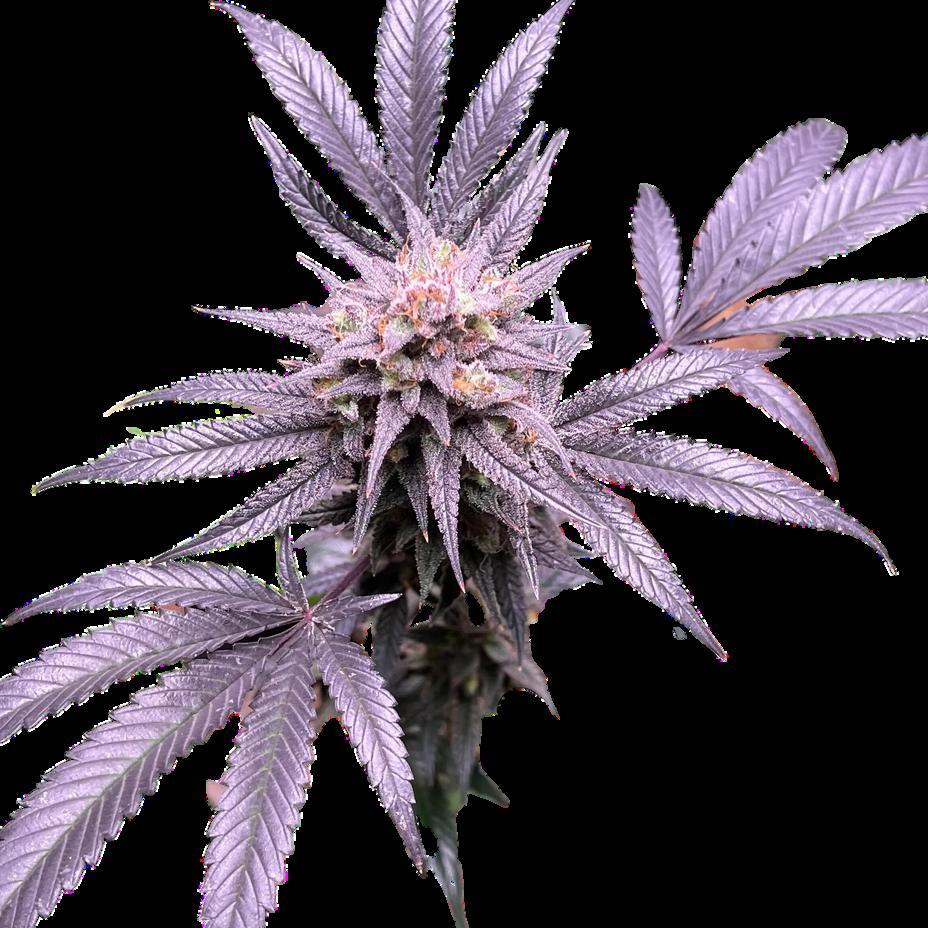
I had the incredible opportunity to sit down with him and hear his timeline of stories – from the initial puff he ever hit from a joint, to the first book he ever picked up about how to sex cannabis plants.
He reflected on memories of outlaw interactions and stories from his days in the “Wild West of weed” throughout the town. All the while, he was unknowing of just how influential his passion and drive had shaped the cannabis community over the past decades.


The timeline of Doc Ray’s exposure to cannabis is as classic as you’d imagine any scenario in 1970s Northern California to look like.
Doc smoked his first little pinner joint as a young teenager who had already endured the last 5 years in the Vietnam War. In 1972, he was an amazed 16-year old who saw his buddy’s secret grow hidden in the Northern California forest. By ‘74, he was reading a book about how to breed cannabis plants and learning about sensimillia cannabis and landrace strains from Mexico.


debilitating side effects war veterans experience, aside from chronic body pain and aches from any previous injuries or harm. In a post-war era where many veterans sought therapeutic relief options, Doc turned to Mother Ganja to help better his well-being and calmness.
“This plant was there for me during a time in my life where it was either I take the mountains of opioids and psychotropics or find a more natural alternative.” When he began feeling a noticeable difference in his body, Doc Ray set out to not only medicate with cannabis but experiment with different specific cultivars that catered to these symptoms he regularly suffered.
“My love for the plant, sister, is because I’m not the ruthless bastard I used to be before Mother Ganja. Now I’m a much kinder, calmer, gentler, human being.”
Doc’s clear connection and love for cannabis goes beyond the plant itself and extends to the craft of cultivation. When asked what it was like cultivating cannabis for the first time, “It’s a sort of euphoric approach we take in prepping the soil alone, that commercial doesn’t ever consider.
“As I was growing up, friends around me were drinking alcohol and stealing pills from the medicine cabinets,” he reflects on his early days as a consumer and how negative the stigma was back then when caught in the act. “The church prayed the Satan out of me the first time I got caught smoking weed,” he noted, “But even then, I knew cannabis was all up and down in the Bible.”

"As I was growing up, friends around me were drinking alcohol and stealing pills from the medicine cabinets”
The love we give to handle, dry, and cure the plants – it's all a different process. Mendocino cultivation is its own renowned process and culture. There’s an art and love to this that is disconnected from the rest of the industry.”

Oftentimes, he’s had a hard time witnessing and experiencing some of these shifts and changes to come out of this budding new industry. “It’s offensive for someone like me to see 1/8th mylar bags that do nothing but destroy the flower in the process of bringing down our Mother Ganja for greed instead of the benefit of people. Until we get that right with legalization, it’s gonna be a train wreck.”

In my conversation with Doc, I mentioned how I spent some time near Ukiah, Mendocino last year cultivating on an outdoor cannabis farm. His eyes immediately lit up with nostalgia. “Sis, my name is all over that town,” he grinned and took a long drag of his joint.
Doc proceeded to set the scene of how the Wild West of weed played out in Mendocino 30 years ago. Throughout the entire battle of the War on Drugs, Doc Ray was a victim of DEA raids, break-ins, and robberies around his illicit grows.
He was seen as a guardian of the valley and part of the “Green Mountain Boys.” It was about a baker’s dozen group of all ex-forcers and military veterans who rode through Mendocino and hung around together – secretly growing one of the largest, mass cultivations and controlling the large pipeline of weed trafficked.
At one point, they had nearly 28,000 plants hidden from the US Highway 101, and farmers in the Northern California community could rely on as much as $9,000 per pound for the finest OG Kush.

Yet despite the extreme risk and trouble that loomed for these legacy growers, Doc and the men in this group knew that this risk to reward came from love. “There was a love in this community that the commercial industry doesn’t have It’s a lack of understanding ” But as the pot prohibition continued on, the Green Mountain Boys got more and more fed up with the fight.
“9/11 was a pivotal moment for us all. This group of 707 outlaws came together closely from the frustration of the DEA hammering down. The market got more brutal with prices dropping and farmers getting raided. We were a ragtag group of guys who weren’t gonna take it anymore ”
After getting beaten and raided more than enough times, Doc wanted to hide away from all that he'd found himself so deeply involved in. He went rogue for about six years (around 2003-2009), keeping low while re-shifting his focus and motivation for providing access to cannabis medicine for veterans, as the state of California reformed its legalization through regulation.
Doc got his hands on Skunk #1, an nt cultivar grown in the Emerald his good friend and genetic breeder, Doc Ray specifically loved this strain elaxing effects that took the edge off and pains within minutes.

After getting beaten and raided more than enough times, Doc wanted to hide away from all that he'd found himself so deeply involved in.
Fast forward 14 years later, Doc is smoking the bud from the notable Blue Dream. It was a classic cultivar he received from the original breeder herself, his friend Alexandra Cruz. Back then, Doc loved this cultivar for the same incredible features Blue Dream is favored for today –a cerebral and uplifting high with a delicious taste and sweet smoke.
After smoking both Skunk #1 and Blue Dream and noticing the effect it had on his mind and body, the next step was a no-brainer for Doc.
He crossed these two cannabis cultivars he favored and as a result, bred an original chemovar that combatted all of his PTSD symptoms. “I’m a simple man sister, I didn’t want my head to mess with me and my back to hurt anymore. That’s why I crossed this.”


Known as Blue Skunk, this Doc Ray Genetics' original is bred to alleviate the PTSD thought process and “let go” of trigger moments that come up for veterans. It's a cultivar that Doc is on a mission to provide to the entire veteran community, “So others can have my plant for their wellbeing.”
Doc continues his work and efforts as a pheno-specific cannabis breeder. He’s exploring how to patent cultivars, claim intellectual property (IP) of his genetics, and help protect small-scale growers and their plants He currently has three unique cannabis cultivars in his genetic library, each with their specific effects and features bred to combat common PTSD effects.
Today, he is not only an expert medicinal craft cannabis practitioner for over 40 years but the business owner of Doc Ray Genetics and Grass Valley Patient Resource – an alliance working as a collective group to unionize small farmers and create a better opportunity for them in the legal industry.
Doc Ray composed this Grass Valley organization to support independent powerhouse players and craft farmers and deepen relationships built over the industry’s challenges. “We are the brands and award winners in cannabis. We’re growing what they will be seeking in 5 years.”

With his decades of expertise, Doc Ray has seen many viewpoints, perspectives, and people change as this new industry found its footing But there’s one point he hopes all those involved within this community and industry understand first and foremost – “It’s always been about the plant for the people first. Not the money.”
Hearing his stories about hiding and growing out in the Emerald Triangle – I can’t even begin to fathom the labor, let alone anxiety that would come with running an illicit and successful underground cannabis empire. I asked him when or if he ever began to see hope or signs of a better and legal cannabis community. “Was it ever gonna get legalized? I thought I was gonna take it to the grave.”
Despite the laundry list of brutal setbacks and challenges faced, it hasn’t stopped Doc from finding his own way to support and connect both the veteran and cannabis communities.
“I truly believe veterans and cannabis have been simultaneously coexisting since the ‘60s. Even before. I believe both veterans and cannabis use will pave the way for a legal industry and continue to stay at the forefront for decades. I see how the craft and veteran community have joined closer forces to work together for federal descheduling We must remove the plant from any type of control. This matter should be handled the same as firearms, potatoes, or fricken' alcohol.”
There is no doubt that Doc Ray has been through an immense amount of difficulty in his lifetime, but with the help of Mother Ganja and his authentic and genuine heart of gold, Doc lives on the mission to continuously help and give back to his community.
As I wrapped up our conversation, I tried to find the best way to thank him for all he's endured and worked hard to carve out in this industry His reply to me is one I will always have downloaded in my memory,
“One day you’re gonna be a gray-haired old lady and I want you to pay it forward and remember sitting with me and how I paid it forward. This is what it’s all about. Teach somebody else about the love and reason why we did it.”
It’s a mission I promised Doc I’d live by, and it’s a hope we share with the rest of the cannabis community.
By: Isabella DeChard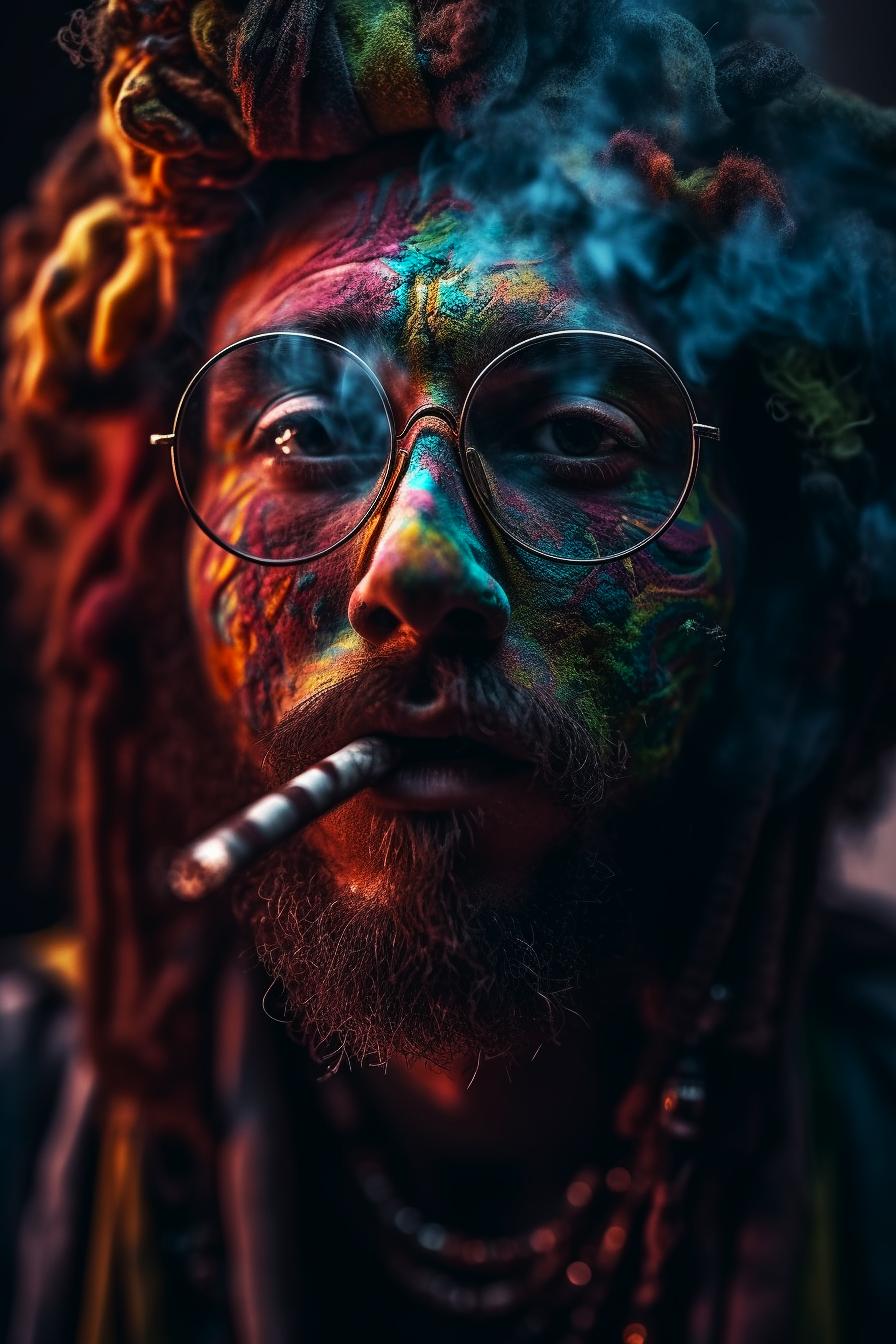




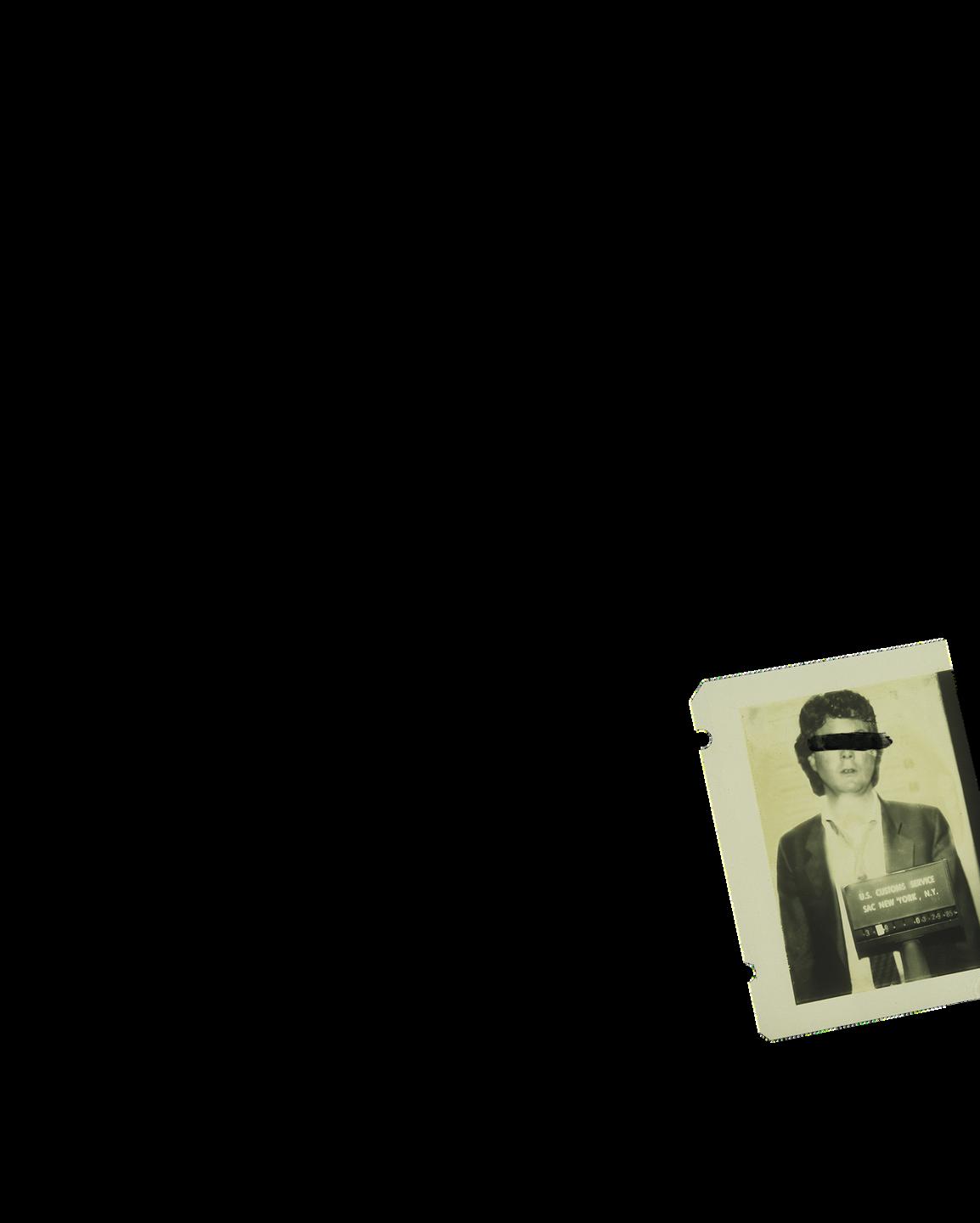

 By Nigel Despinasse
By Nigel Despinasse



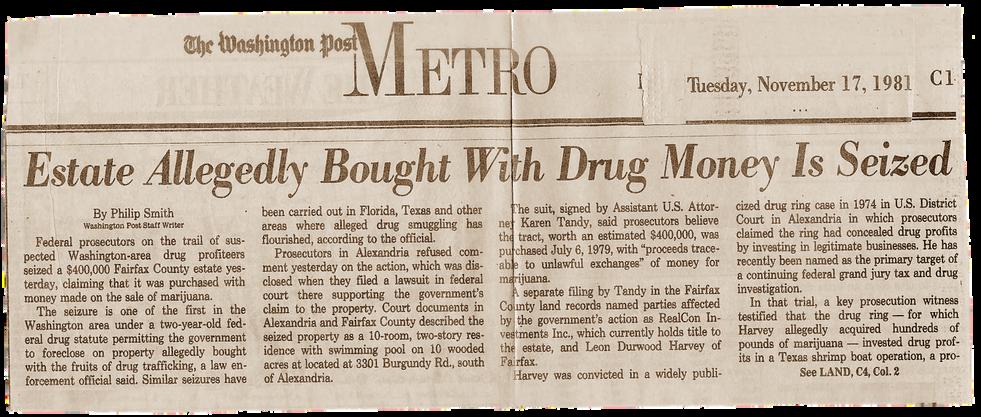
The crew sought out like-minded individuals who embraced their vision and values, creating a cohesive team united by their willingness to challenge unjust laws while adhering to their moral compass This unique blend of daring and ethical awareness defined their tightknit group, ensuring that only those who embraced the thrill and responsibility of their chosen path could truly be a part of these Hash Pirates.
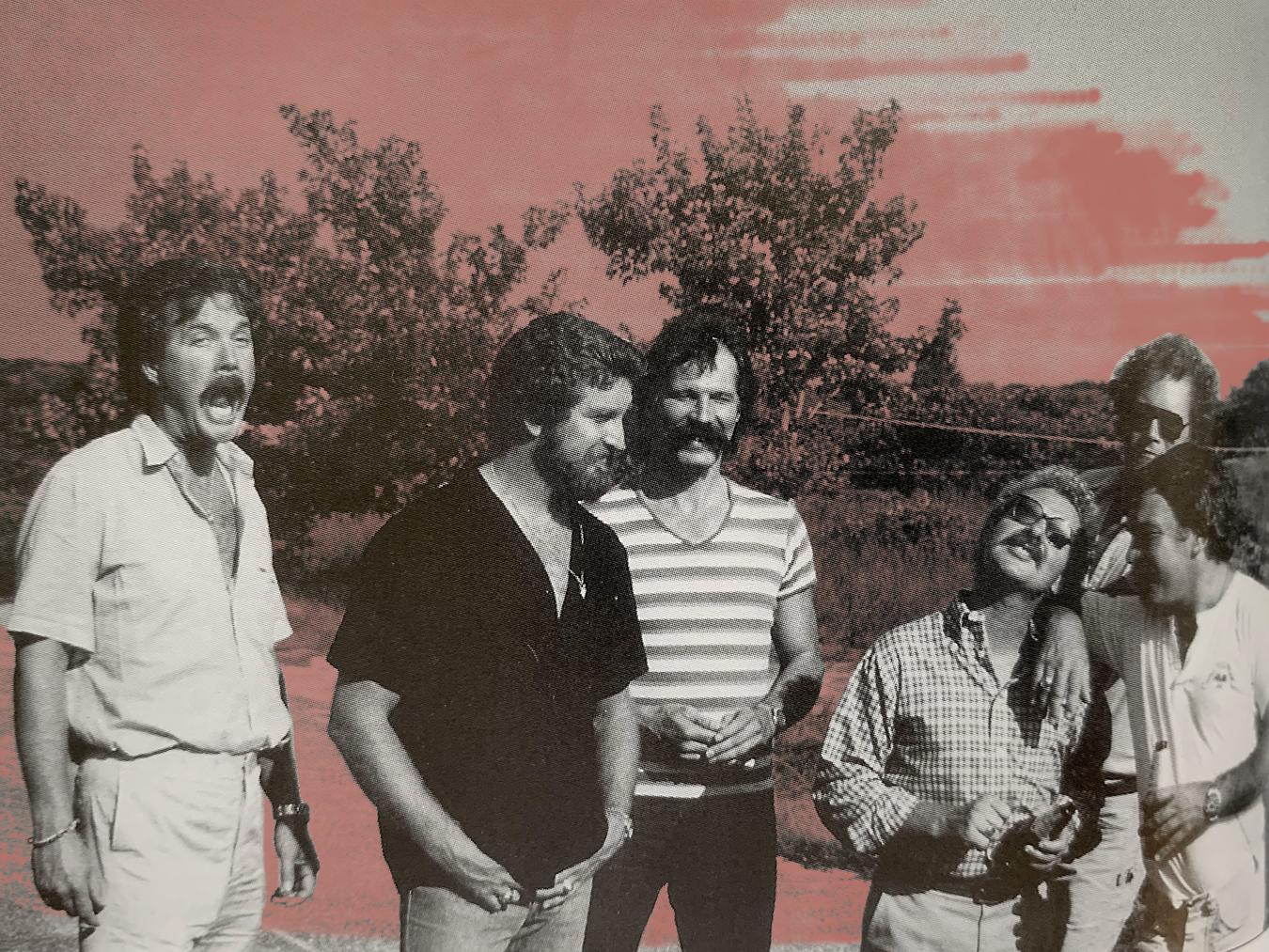
“If there were ever a law to be broken, it would be the US cannabis laws They were tailor-made to be broken ”
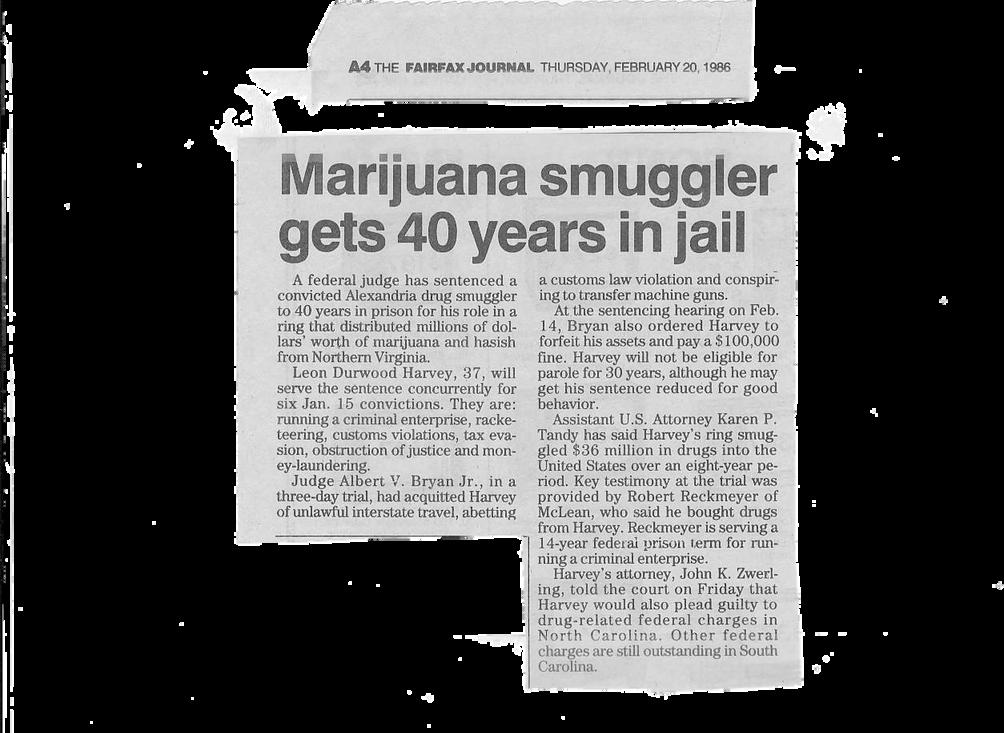 - Barry “Flash” Foy
- Barry “Flash” Foy
Development of their smuggling techniques and network Sourcing their product was a meticulous process that involved different locations They started in Jamaica, where they found excellent quality herb and genetics, which remained a memorable part of their journey

In Colombia, farmers would catch word of the Gentlemen Smugglers arriving and bring hundreds of pounds of dried cannabis for them to sample There would be lines and lines of donkeys with burlap sacks, each side filled with green buds ready to be sold The Smugglers would sift through tens of thousands of pounds of product to find the cream of the crop, which resulted in successfully bringing back around 3,0004,000 pounds to America.

During their 15-year operation from 1971 to 1986, The Gentleman Smugglers accomplished an extraordinary feat by successfully smuggling 170 tons of cannabis and 60 tons of hash into the United States This massive quantity reflects the scale and significance of their operation in the context of American history Chances are, if you were smoking in the ’70s and ‘80s on the East Coast, you smoked something that the Gentlemen Smugglers brought in
Thrilling adventures, unique challenges, and remarkable successes marked their smuggling endeavors. Sourcing their product involved intricate connections, arranged meetings, and carefully orchestrated transactions Despite all the risks involved, they navigated through different countries, evading law enforcement while maintaining a nonviolent approach and getting along great with locals
There was a particular scenario involving a shipment being brought into the northeast, and due to the inclement weather, the Smugglers lost the boat to the ocean This started a race against time between the Smugglers and the Coast Guard, causing the smugglers to hire professional scuba squads to help them recover their payload. Sadly, the Coast Guard rescued it and took some Smugglers down with it Regardless, they embraced the excitement of their illegal activities and successfully delivered highquality cannabis to their customers
The Gentleman Smugglers left a firm mark on cannabis culture and the overall smuggling narrative Their story represents the adventurous spirit and determination of those involved in the illicit cannabis trade They were living free as they wanted, to be on the water, on their terms
They operated when cannabis laws in the United States were stringent, making their actions even more rebellious and daring Even beyond smuggling, they showcased the peace the plant provides by having a non-violent criminal organization
Their legacy showcases the ingenuity and resourcefulness of individuals willing to risk their freedom to give people top-tier cannabis. The Gentleman Smugglers' story continues to captivate and inspire, making them an integral part of the cultural fabric surrounding cannabis smuggling
Even beyond smuggling, they showcased the peace the plant provides by having a non-violent criminal organization.
Barry served 11 years in federal prison and got out in 1996, the same year the Compassionate Use Act was passed in California, legalizing medical cannabis. Barry didn’t think to get involved in legal cannabis then, having come off of a new prison sentence
When Barry first interacted with medical weed, it was when his friend in California brought him to a dispensary and had him wait outside while he bought some flower This interaction gave Barry a peek at what the future would look like with dispensaries on every other corner After the initial move of Colorado and California making adult-use cannabis legal, Barry started to understand that this movement was getting some legs
After meeting with Kevin Harrison and Thomas Culter, who initially worked with Barry to shoot a documentary on the Gentlemen Smugglers, they decided to put that on the back burner and launch the brand in Massachusetts, which became the HQ because of its equity-friendly approach and open business environment
Looking to spread the spirit of adventure that they once sailed the high tide with, The Gentlemen Smugglers brand is a collective centered around illicit experiences, life on the water, and enjoying high-grade cannabis It embodies a bygone era considered the “golden years” of cannabis smuggling
When talking about the mission and values of th Barry, Kevin, and Tom stressed the impor wanting to make this an equity-driven business Barry did 11 years for the plant, and he know are doing more time than for far less than wha The Gentlemen Smugglers have partnered with Prisoner Project to hammer in the importanc legacy of individuals harmed by the War on Dru
“If they gave me the key, I’d open every door m help these prisoners get free ” - Barry “Flash” F
To preserve the stories and legends that the Smugglers participated in, they want to use media to document this history At the core of its essence, the brand stands firmly rooted in the art of storytelling It serves as a shining beacon, embodying the very values that Barry and the Smugglers embraced throughout their extraordinary journey.
However, the tales of their travels and the remarkable individuals they encountered will remain in the annals of history They will be immortalized through the power of film, captivating podcasts, and other engaging forms of media By doing so, the brand seeks to crystallize its enduring legacy, ensuring its compelling narrative continues to inspire and hold audiences for generations
Starting in Massachusetts, The Gentlemen Smugglers are establishing connections with cultivators far and wide, even reaching as far as Colombia, which has legalized medicinal markets, personal cultivation, and personal use
The team is looking to take a systematic approach and, just like they did back in the day, find partners with whom they get along and share values They’ve had discussions with operations from small gardens to giant MSOs, and they haven’t felt like they’ve found a partner at scale that shares their vision for the brand
The Future: Growth and Impact - Vision for the Future and Aspirations for the Brand's continued growth and success.
Beyond Massachusetts, The Gentlemen Smugglers’ see themselves as a national brand because what they did was a national operation So many aspects of the brand's story and experiences can be applied to various markets, whether in Missouri or New Jersey
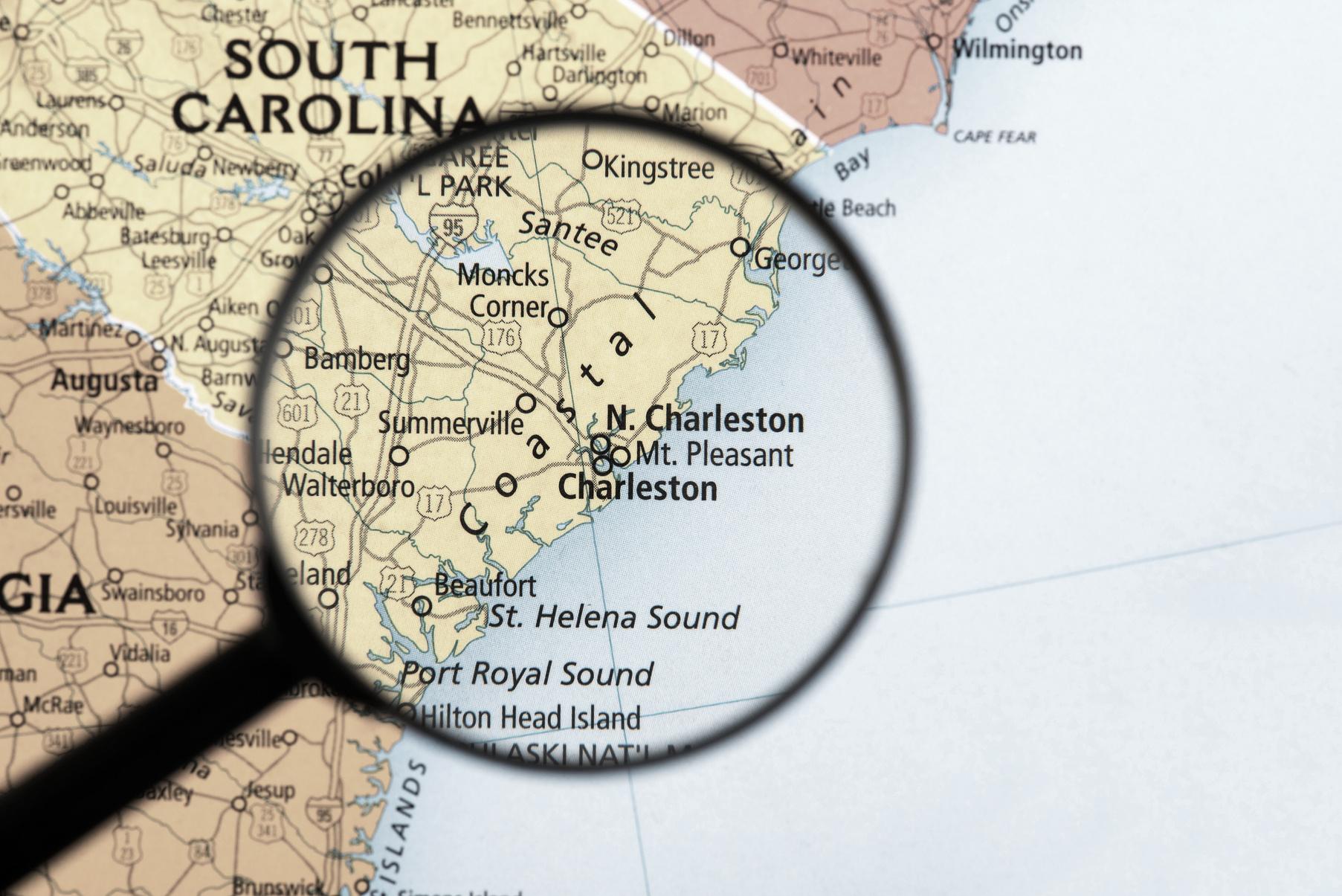

The Gentleman Smugglers are engaged in several exciting initiatives to innovate their product offerings They understand the importance of staying ahead in the industry while remaining true to their roots In keeping with the tradition of where they are from and what they know, they’re developing products ranging from infused southern tea to old-school temple balls of hashish
With a deep reverence for their past, The Gentleman Smugglers are determined to stay at the helm of the cannabis industry. They are working on unique product developments and forging collaborations with likeminded partners By blending their rich history with cutting-edge products, they strive to set new trends and grow and inspire their loyal following
Barry did 11 years for the plant, and he knows people are doing more time than that for less than he did.
Shaping Cannabis Culture and Social Perceptions
The Gentleman Smugglers have a profound vision for their role in shaping cannabis culture and societal perceptions. They aspire to be catalysts of positive change, challenging stereotypes and misconceptions associated with the plant Through their actions, they aim to normalize and celebrate cannabis, paving the way for a more enlightened and accepting society
The team has been actively involved in efforts to legalize cannabis for medical purposes in South Carolina for the past eight years, despite the absence of referendums for cannabis reform in the state. They continue their advocacy work through lobbying efforts, forums, and events to promote a more cannabis-friendly environment and open people's minds to the possibilities of a regulated market

Understanding the significance of their own story, The Gentleman Smugglers are passionate about educating and inspiring future generations about cannabis history They believe in the power of knowledge and seek to share their experiences through various mediums
By creating engaging documentaries, captivating podcasts, and other educational content, they hope to spark curiosity and foster a deeper understanding of the plant's cultural and historical importance while highlighting the stories of the individuals who brought the industry to where it is today
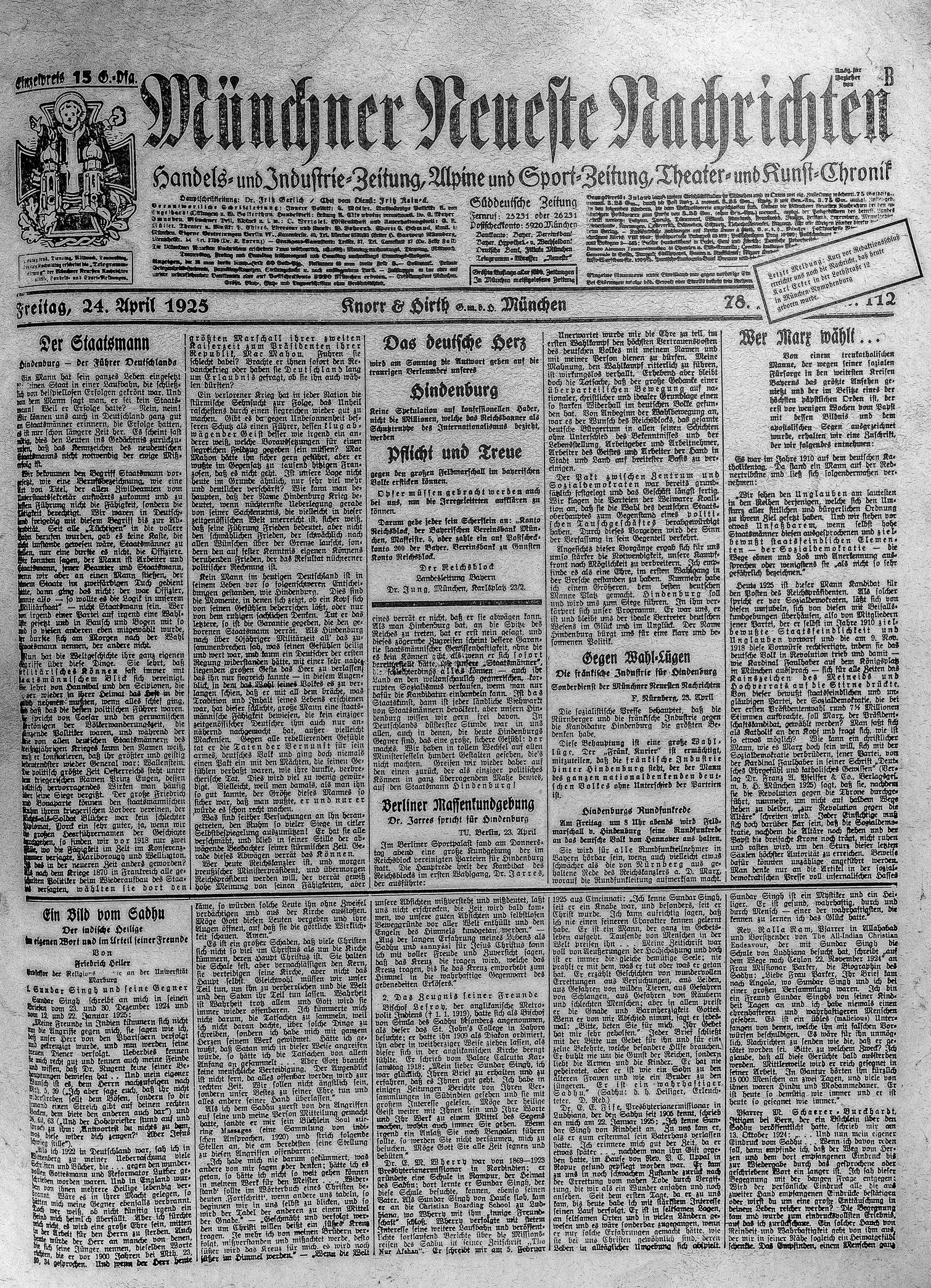


If you have ever been to the Lost Coast Region of Humboldt County and sampled the cannabis grown there, you have experienced a special terroir. The Mattole Valley, located in Humboldt County,
California, is known for its unique environmental conditions that greatly influence the characteristics of cannabis grown there The area experiences a somewhat unique coastal climate with cool night temperatures, hot days, few foggy mornings, and abundant rainfall Some growers feel that the lack of fog and hot days make the Mattole Valley ideal for growing cannabis. The soil composition, combined with the region's unique microclimate, contributes to the development of hearty and healthy cannabis plants
The valley's terroir, which includes factors like soil, climate, elevation, and water sources, imparts distinct flavors, aromas, and effects to the cannabis. The cool temperatures and fog help slow down plant transpiration, allowing for longer growing seasons and promoting the development of robust, resinous buds Mattole Valley cannabis is often praised for its complex and nuanced profiles, ranging from earthy and piney to fruity and floral
Frenchy Cannoli, a renowned craft Hash maker, loved the Mattole Valley region - not only for the distinct cannabis produced there but also for the many skilled farmers found in the area
"I believe that terroir is the essence of cannabis. It's the unique combination of a plant's genetics, the environment it's grown in, and the skilled hands that cultivate it Terroir captures the soul of the plant, infusing it with the flavors, aromas, and effects that make it truly exceptional Just like fine wine, cannabis expresses itself in a way that reflects its origin, and terroir is the key that unlocks that expression " Frenchy Cannoli
Many cannabis cultivators in the Mattole Valley adhere to sustainable and environmentally conscious practices

Organic farming methods, regenerative agriculture, and a focus on biodiversity are commonly employed, resulting in high-quality, eco-friendly cannabis. These farmers have been honing their craft for generations, developing a strong relationship with the plant and ecosystem, and they cultivate in a way that protects Mother Nature
Lena and Laura, both long-time apprentices of Frenchy who have worked with the material in the past, can attest to his love for the farmers & the region Lena notes, “A big part of terroir is the community itself It’s this really unique pocket community. Only those that are meant to be here are actually here because it is so remote. It’s a special place filled with many diverse and interesting people It’s just really beautiful how we all come together and unify around this plant, but also embrace everyone’s unique contribution to the community Laura Belle, also known as Cherry Blossom Belle on social media, notes that the plant material grown in the Mattole seems to produce a distinct hash, more resinous than others she has worked with, and with a certain type of funk to it
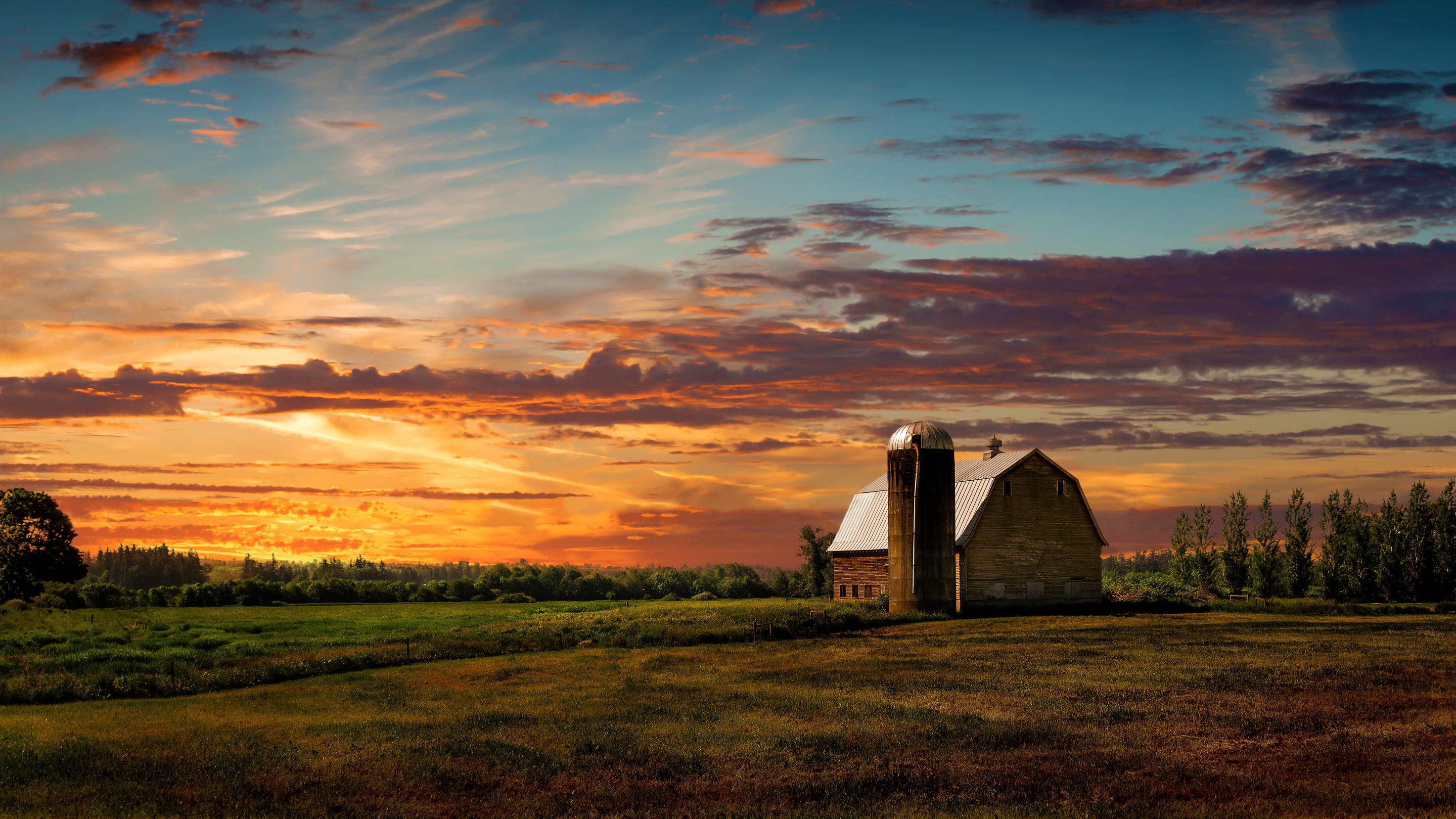
The commitment to traditional cultivation methods, such as small-batch production, hand-trimming, and careful curing, ensures that the cannabis from the Mattole Valley maintains its artisanal quality The region's growers take pride in their craft and prioritize quality over quantity, resulting in products that are highly sought after by cannabis enthusiasts seeking a premium experience.
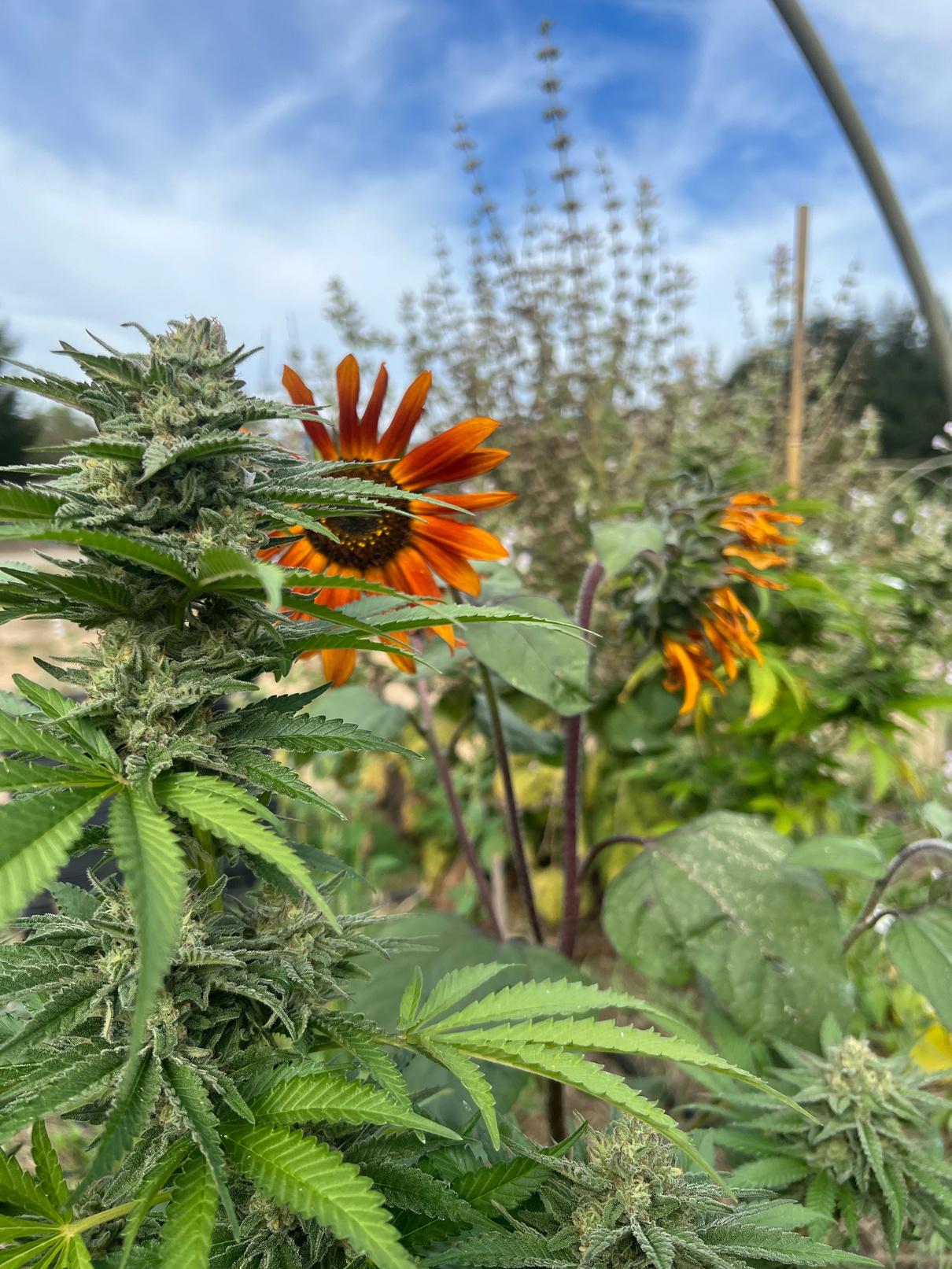

The Mattole Valley is not only renowned for its exceptional cannabis, but also for the strong sense of community and craftsmanship that permeates the region. Many cultivators in the valley are multi-generational farmers who have honed their skills over decades. They possess an intimate understanding of the land, the climate, and the unique needs of cannabis plants in this specific terroir
One such farmer who I have had the pleasure of connecting with is Dylan Mattole of Mattole Valley Sungrown Some of my favorite cultivars grown by the farmer include Lemon Sour Diesel, Jack Herer, and Papaya Punch Some other interesting strains to note that I would like to try are IILemonati, B-Dog, and Gmob
When I was deciding which cultivar to highlight for this article, it seemed only natural for me to discuss the Papaya Punch cultivar I have tried papaya grown in many different regions, and different varieties, however, this one stands out by far This is something I attribute to the terroir of the Lost Coast
Appearance
These buds present beautiful dark and light green colors mixed with orange pistils The trichomes, milky mixed with amber, are plentiful and give the buds a sugared effect.


Aroma

This is where I start to notice the distinct differences that tell my nose that this was grown in an entirely different region This bud has creamy notes, invoking an underlying cheesiness to it There is a tiny hint of spice, characteristic of the OG lineage The overall fruity funk gives way to citrus and lavender, letting me know it’s nicely balanced
The dry hit is citrusy, with ripe fruit There is a hint of gas at the end, so it won’t completely put me to sleep There’s a bit of sweetness to it too, almost like candy. Combustion lends toward licorice and spice notes, with a fruity funk on the exhale.
Experience
This is the best part, aside from the flavor! The thing I loved most about getting to revisit this cultivar is that it brought me back to Miranda, NorCal. I was visiting and reconnecting with some girlfriends. One had brought along some of this fantastic Papaya Punch from Mattole Valley Farms We rolled one up and salsa danced, enjoying each other's company for hours I love the giggly feeling it gives, lifting me up after a long day Not sedative enough to knock me out, but relaxing enough to forget my troubles This cultivar takes me back to that special place, every single time
Photo Provided by Author
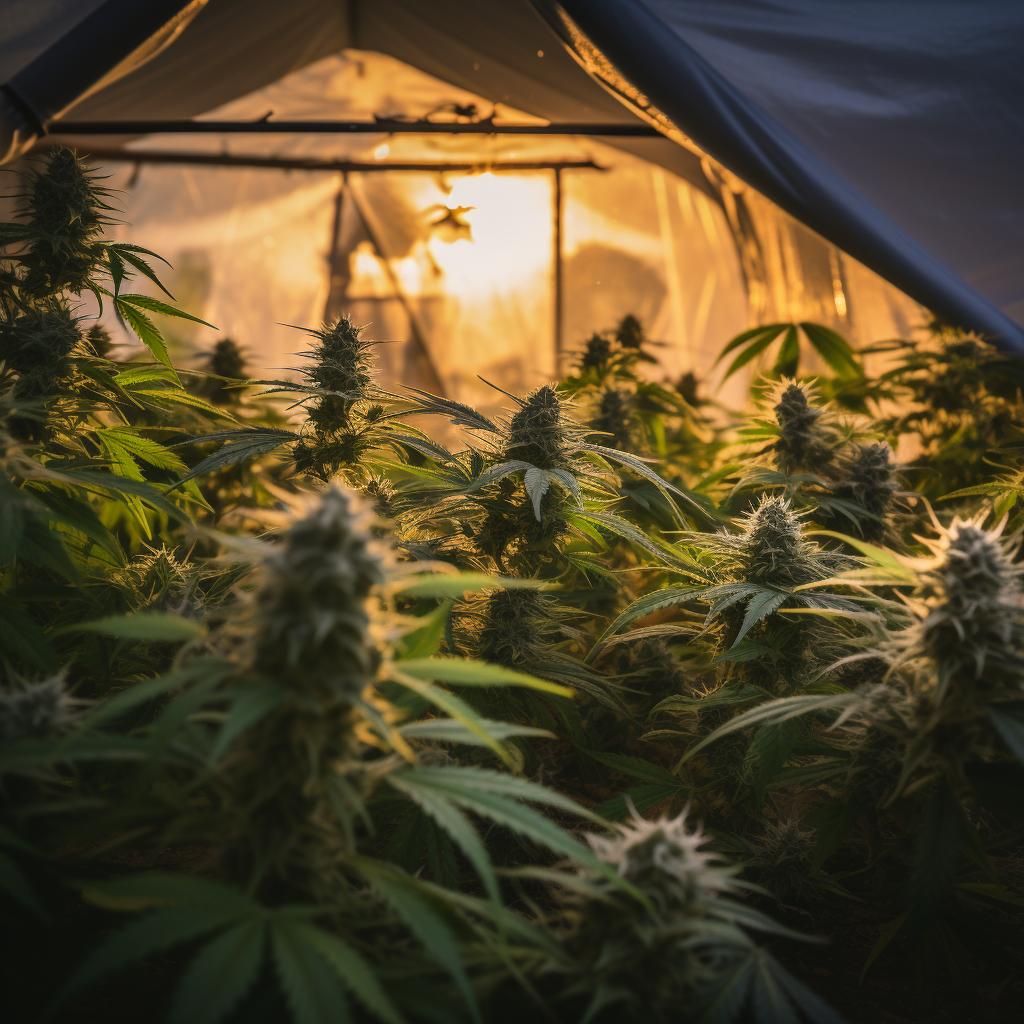
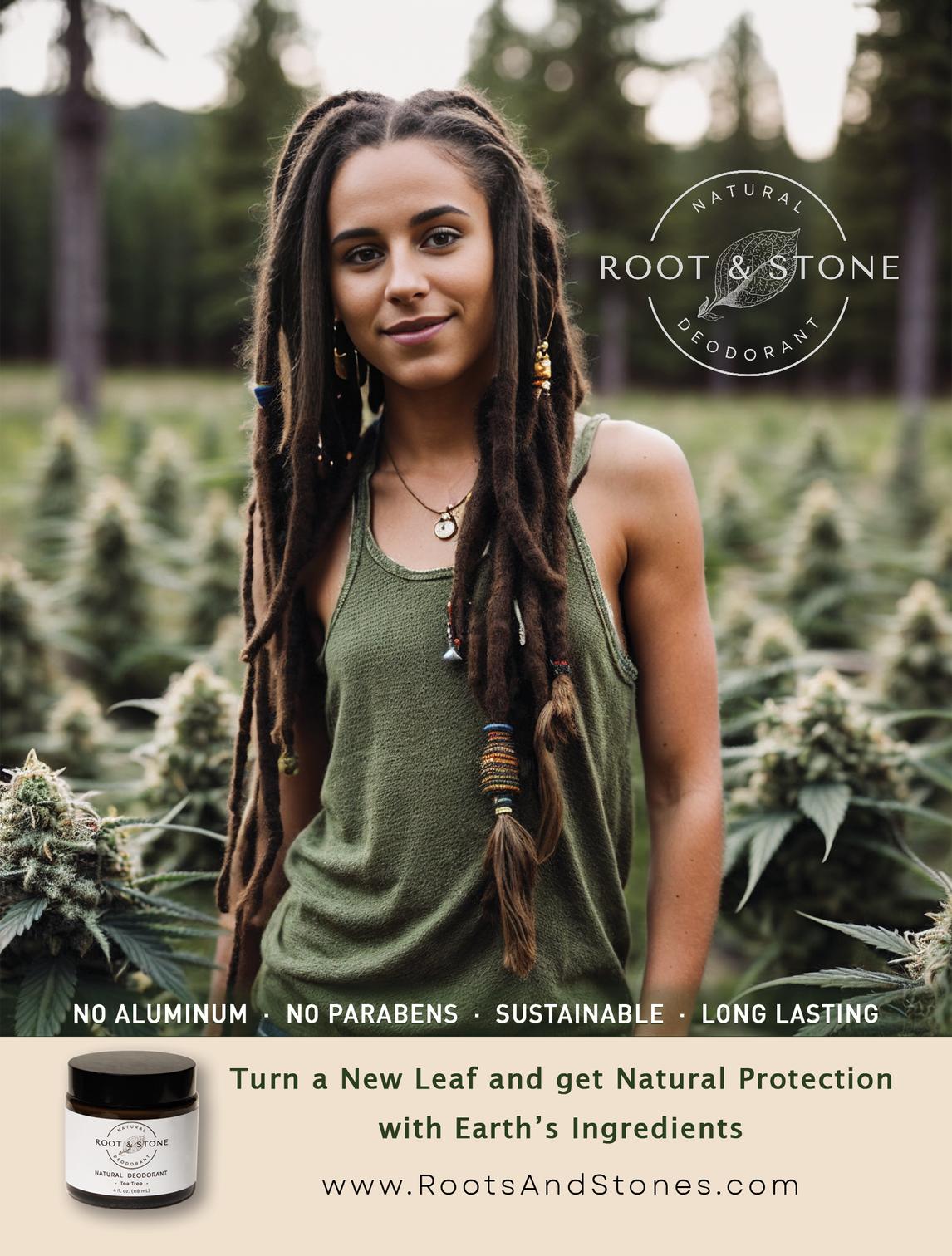

"You’re not stuck with just gummies, you can explore other options when cooking with cannabis and options are important to me."
My love for cooking with weed stems from how much edibles have helped me personally with managing my mental health. Edibles really help me with making connections with other cannabis advocates and likeminded individuals. Like many people out there who benefit from edibles, I simply could not afford to buy enough edibles from the dispensary on a tight budget. So buying RSO and decarbing my flower at home to create infused ingredients really has helped reduce my spending as well as spread out my medicine in multiple different infusions/forms. You’re not stuck with just gummies, you can explore other options when cooking with cannabis, and options are important to me.
I am not throwing any shade at dispensary edibles, they’re great and have been continually improving with their ingredient choices. However, I am a little out there when it comes to consuming, I want edibles to be an entire experience from the appearance to the taste and effects. You can get very creative with your own ingredients.
I love this infused peanut butter cup recipe because it has double the amount of peanut butter compared to a regular peanut butter cup, it's no-bake, and all you need is a microwave and some patience.
I love peanut butter and believe it should have the same ratio as chocolate, if not more in a peanut butter cup.

I like that you can switch up the chocolate flavors and nut butter options so you have the option of making your own variation of the most ideal peanut butter cup. Plus the options for topping the cups are endless."
A delightful treat that combines the creamy goodness of peanut butter with a special twist of infused coconut oil.

Tools: a microwave, two microwavable bowls, a rubber spatula, a mini glass prep pinch bowl, cupcake liners, a cupcake tray, a cookie sheet, and parchment paper Your preferred decorations like edible glitter, sprinkles, flowers, peanuts, or sea salt
Ingredients:
- 1 cup creamy peanut butter
- 1 teaspoon of salt
- 3 (12 oz) packages of chocolate chips (you can use white chocolate, milk chocolate, or both!)
- 3/4th cup powdered sugar
- 1 tablespoon of corn syrup
- 1 tablespoon of infused coconut oil
Directions:
1. Start by making the infused coconut oil. Take 1 tablespoon of coconut oil and place it in the mini glass pinch bowl. Cover it with a paper towel and microwave it for 30 seconds.
2. While the coconut oil is heating up, run your sealed RSO syringe (Rick Simpson Oil) under hot water to loosen up the extract This will help it come out smoothly when you use it
3 Remove the heated coconut oil from the microwave and add your desired dosage of RSO For example, if you have a syringe with a total of 350 mgs THC, using half of it would be 175 mgs Divide that into 12 servings, and each peanut butter cup will contain approximately 14 ½ mgs of THC
4 Line the cupcake tray with the cupcake liners and place the baking sheet with parchment paper nearby
5. Microwave 1 cup of peanut butter for 30 seconds.
6. Add in 3/4th cup of powdered sugar, 1 teaspoon of salt, and 1 tablespoon of corn syrup to the warmed peanut butter. Mix everything well and set it aside
7 In a large microwavable bowl, melt 36oz (3 bags) of chocolate chips Microwave them in intervals of 30 seconds until fully melted
8 Combine the infused coconut oil with the melted chocolate, ensuring they are thoroughly mixed Stir gently to prevent any splashing of the hot oil
9 Fill each cupcake tin with 2 tablespoons of the infused chocolate mixture. Once done, place the tray in the refrigerator.
10 Now, it's time to prepare the peanut butter centers Roll 2 heaping tablespoons of the peanut butter mixture into a ball, then flatten it slightly to resemble a disk Place these peanut butter discs on the lined baking sheet and put them in the freezer for 5 minutes to firm up.
11. Once the peanut butter discs are firmer, put them in each cupcake well on the tray.
12. Top the peanut butter discs with another 2 tablespoons of the infused chocolate. If the chocolate becomes hard, you can reheat it in the microwave If you prefer a thinner chocolate consistency, add a teaspoon of coconut oil Ensure the peanut butter is entirely covered by the chocolate
13 Sprinkle the top of the peanut butter cups with your chosen decorations Get creative and add a touch of extra magic, like edible glitter
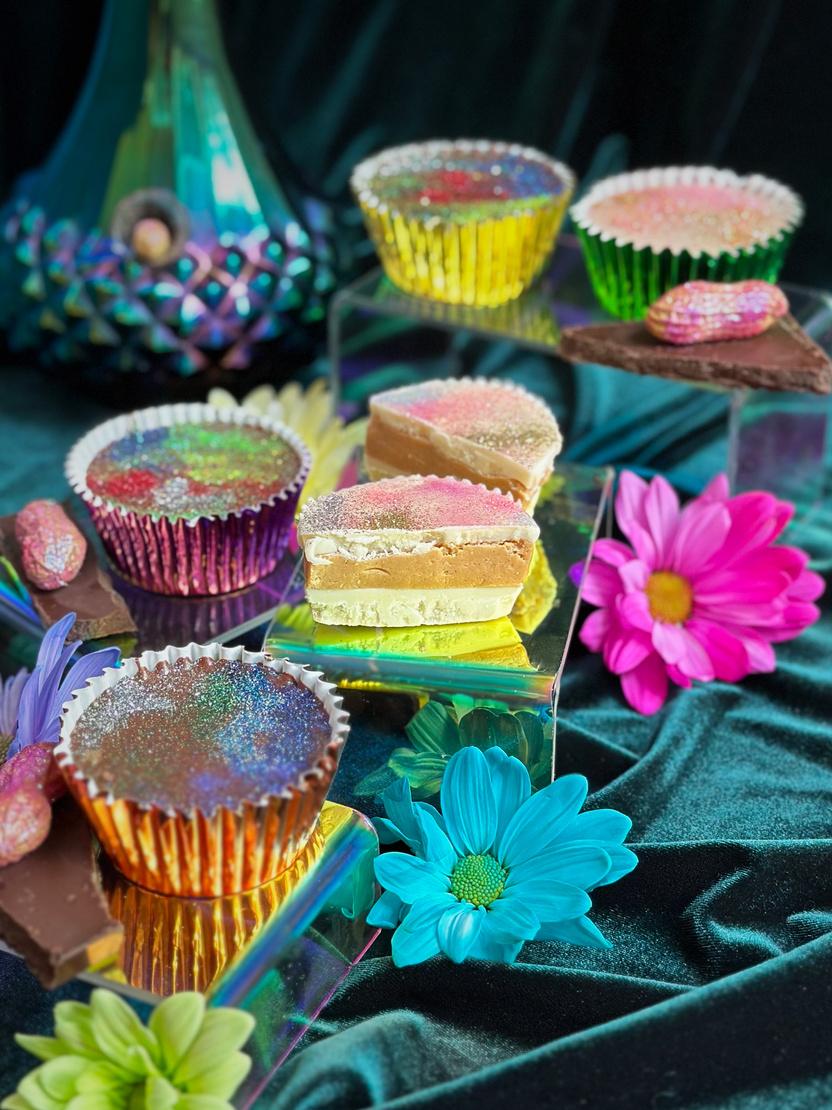
14 Refrigerate the decorated peanut butter cups for at least 1 hour to allow them to firm up
15 When they're ready, spark up a doobie, relax, and indulge in these delicious treats!
Remember to store your infused peanut butter cups in the refrigerator. If you want to extend their shelf life, you can also store them in the freezer. Enjoy these delightful creations whenever you crave a tasty and magical experience. Happy cooking and enjoy your infused peanut butter cups!


If you’re at all familiar with California cannabis over the last decade, you’ve probably heard of products developed by brothers, Bill and Jeff Levers of Beard Bros Over the years, Bill and Jeff have amassed quite a following, reaching beyond the bounds of their product offerings by way of their website, Friday Sesh newsletter, social media presence, speaking at events, and more
These days, the brothers are known more for their media reach than their original mark, cultivation
But it’s because of their unique and seasoned history in the American cannabis industry that Bill and Jeff have the distinct and earned privilege of being able to walk in and just be in many types of rooms
Just like their full spectrum cannabis oil, the brothers walk the full spectrum between legacy and corporate, always with integrity that has solidified their trustworthy reputation.
The brothers admit they are lucky to have been in California between 2010 and 2020, the prime time to create a lasting cultural cannabis brand, growing “clean medicine” and taking it to “seshes” all over Los Angeles!
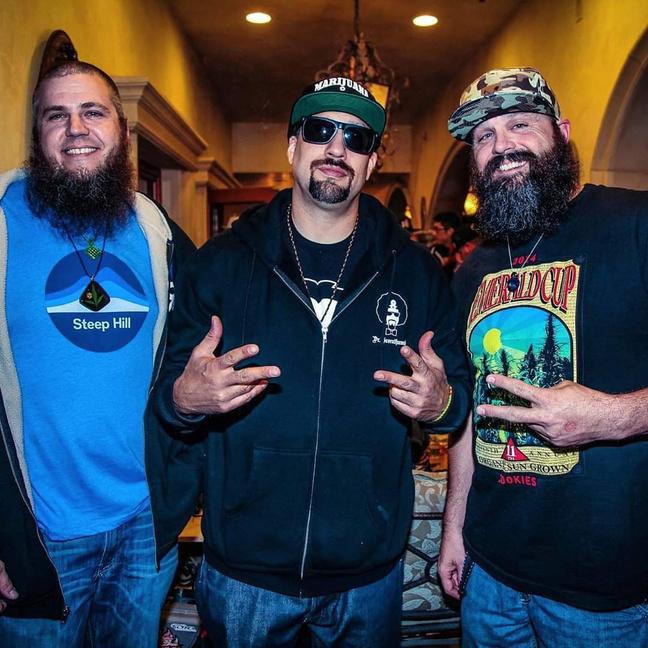
Realizing that it helped him slow down and be more social, Bill began cultivating at 16, with what he calls “seeds out of brick weed”
Bill realized his true passion for cultivation just a year later at 17, when he moved to Florida, and his BFF at the time, Johnny, and his dad were already into growing
By 1990, Bill was busy building hydroponic systems in bedrooms and getting ready to open up a landscaping company. Cultivation then paused for Bill at around age 22, when he got married, before picking it back up again in his 30’s
Born to a religious mother with a charitable nature and a green thumb, and a “Mr. Fix-It” father in central Pennsylvania, Bill was introduced to cannabis for the first time at age 13, when a friend named Jesse, a recent transplant from California, took it out of his Penn State professors parent’s drawer
Jeff’s experience with cannabis differs from Bill’s As Jeff tells it, Bill and Johnny picked him up from basketball practice one night, and the car reeked of weed, so he asked to try it
By 1990, Bill was busy building hydroponic systems in bedrooms...Eitan Miskevich
Funny enough, Jeff explains that at the age of 13, he felt like he was smoking cartel weed, but in reality, it was his brother’s homegrown
In high school, Jeff started selling weed to friends, mostly so he didn’t have to pay for it By senior year, he was toking in the parking lot before first period AP English, and was known around school to be associated with cannabis
After attending the University of Florida and familiarizing with the “Gainesville Green,” Jeff’s first “real job” after college was with the LPGA tour, where he went around the country in a post-9/11 world carrying cannabis on planes, regularly smuggling it in his luggage By the early 2000s, the brothers realized they had a future focusing on cannabis

Ending up in California felt like destiny for the brothers, as they watched Entourage, and Californication, they always felt a calling to West Coast culture Cali was a feeling that wasn’t like anywhere else, “it was just different” Bill quips Though he can’t quite describe the energy, Bill describes it most like deja vu It simply had a special feeling that nowhere else did In their eyes, what sets California apart from other places with robust cannabis industries is its vibe, reputation, and cultural influence across borders
This is what Bill refers to as “the Hollywood connection” and why he deems that L.A. will never be unseated as the actual cultural center of cannabis. And this cannabis-loving, L.A. transplant from Texas couldn’t agree more
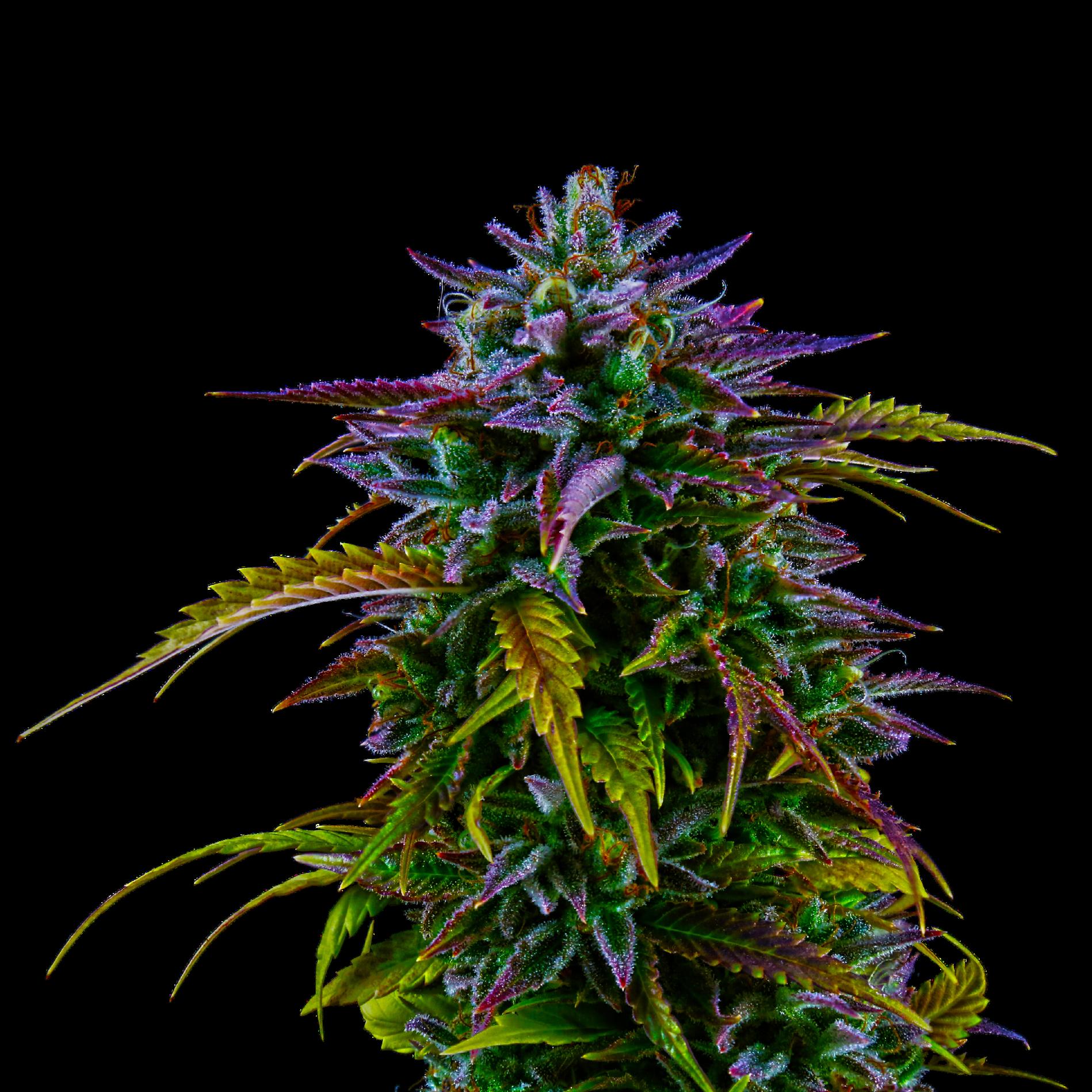
In July 2011, the brothers moved to California, but their time spent in Nederland, Colorado with expansive mountain vistas was a huge inspiration, and a key period in developing their brand name Can you believe they didn’t always have beards? Funny enough, people thought they were feds, so the beards came from blending in with the mountain men.
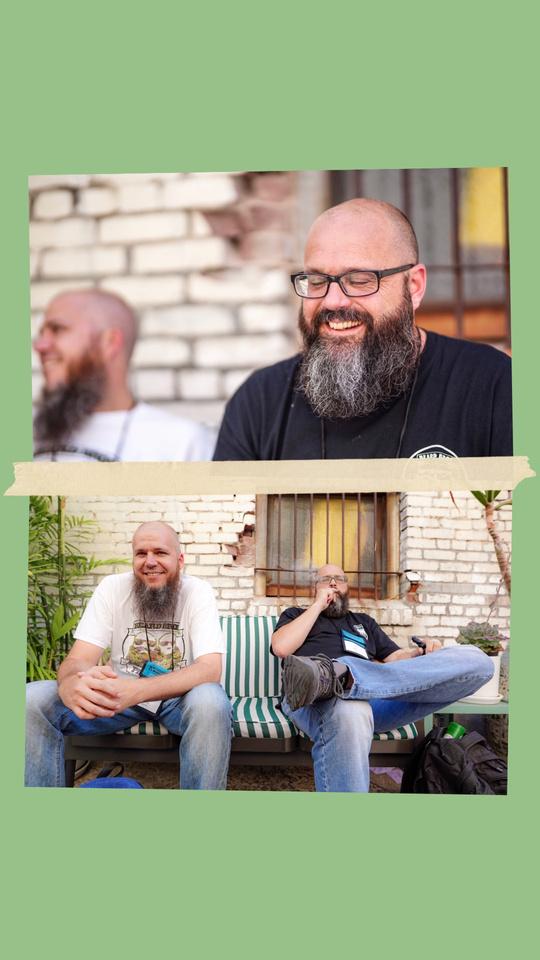
In Colorado, the brothers made ends meet with side jobs like merchandising for Best Buys’ Hewlett Packard printer and computer displays and restocking Redboxes This experience is where the brothers credit their slotting and shelf space know-how, which came into play for them as an advantage on their unusual path of a business-to-consumer product brand, to then expanding to a business-to-business media brand, “at the intersection of the culture and the industry.”
Alas, in 2010, the laws changed during their year in Colorado, and as a result dispensaries could no longer accept “caregiver product” into retail dispensaries
With only 100 licenses out at the time, that was that Luckily, fate intervened when a friend of Jeff’s from high school decided he wanted to enter the L A cannabis dispensary boom in California – precisely the kind of opportunity the brothers were looking for.
In 2013 and 2014, a person could walk into a dispensary with “turkey bags” full of weed. So Mickey, always the innovator, taught them to upsell on the collective model These ideas included a “samples box” to leave dispensaries in hopes to get orders; and they’d casually mention how they also happen to cultivate, and “even have some turkey bags in the car” right before leaving This model led them into alignment with a West Hollywood dispensary who needed to outsource product, pushing them into what they refer to as the “warehouse cultivation model”
Their mentor, Mickey Martin, was a key piece to their West Coast reputation. After harassing him on social media, the advocate and edibles recipes pioneer finally caved to working with them The Beard Bros were inspired by Martin’s vast array of chef quality offerings including pita chips, baklava, truffles, and more Not only were his edibles top quality, they also had best by dates and were tested with SC labs before anyone else was regularly implementing these practices
The year 2013 marked their first official foray into the nonprofit collective model A model which they credit to the passing of SB420 in 2003 in California. Under SB420, every patient could grow six plants, but the protections afforded them within the state still felt hollow because of the fear of federal interference
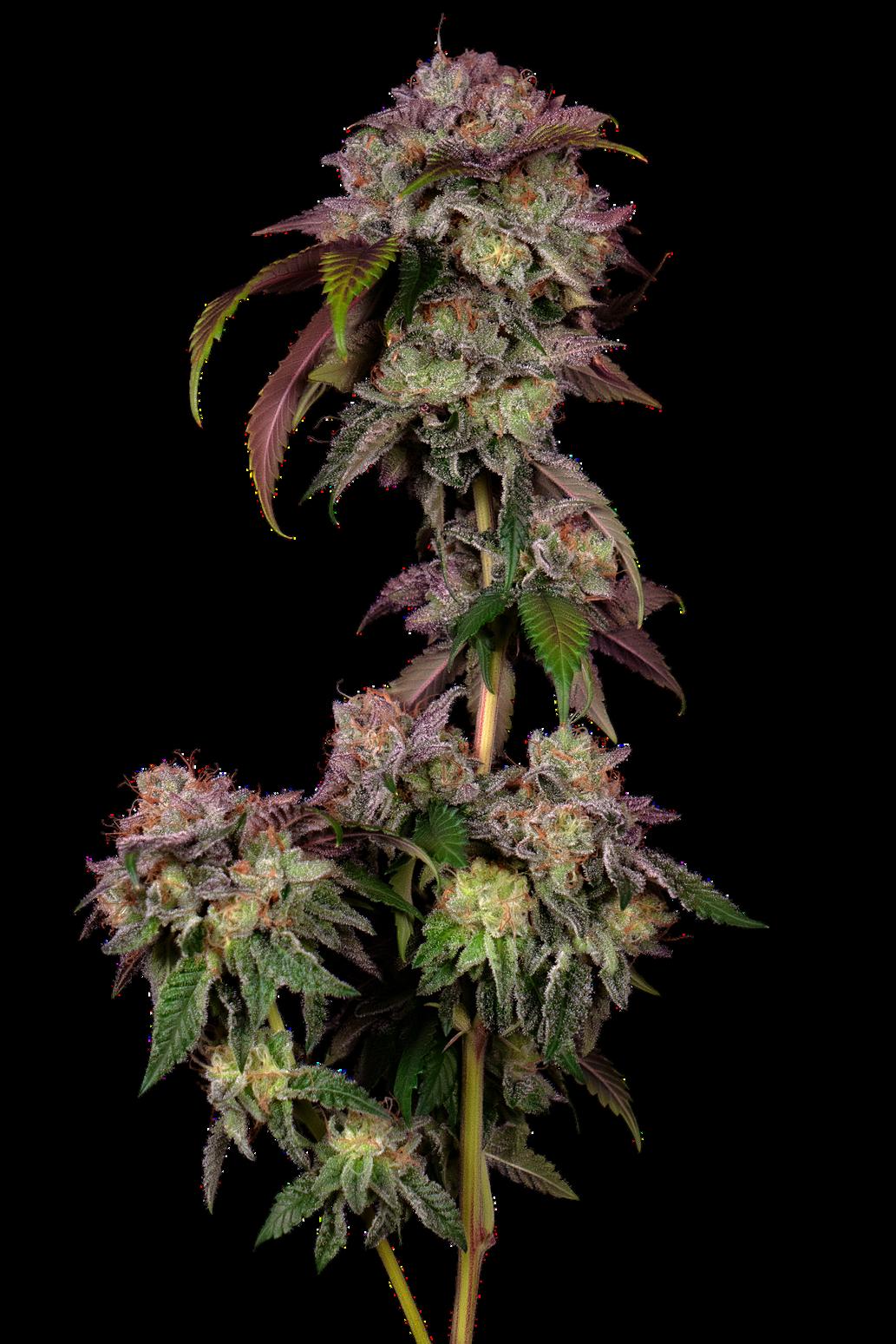
In December of 2015, their grow got raided as a result of an anonymous tip Despite explaining to the LAPD that their operation was perfectly legal and could prove it, their upscale operation got cut down, piece by piece
After six figures in legal fees and seven months of court cases, they finally got a deal The deal was: allow us to destroy everything and we’ll drop the charges What could they do? The raid was a big hit, especially as it was right before the passing of Prop 64 “It put us behind the eight ball in not being able to self-fund and self-finance our transition into being fully legal,” Jeff recalls. So, they went through L.A.’s DCR Social Equity program In doing so, they relinquished the control they previously had over their own brand, and as a result, found themselves in new places they hadn’t specialized in before; distribution and manufacturing
“When we got to L.A. we didn’t look for clubs to go to, we looked for nonprofits to support”
“There might be more weed in New York, but the culture is still going to come from L.A.”
From 2013-2015, Los Angeles was buzzing with “extract artists” and the Beard Bros worked with Nature’s Lab to make their own concentrates. This commitment to a cleaner, more trustworthy product than the “hype shatter” that was out there is what made the brother’s first pursue their RSO Not only did they get to donate this product type to veterans who needed it, but they also noticed there was no consistent brand producing RSO and no dispensary consistently selling it, so they made a point to partner with someone on the medical side of the business for processing
“We moved away from the hype into medical, because it just had a higher calling. And really, just a better overall feel to it than trying to keep up with the next fad.”
During this time, delivery was their primary source of expansion, and since they were able to distribute all their products, about 40% of what they cultivated and created went directly to their own retail and delivery in the Thousand Oaks and San Fernando Valley areas The rest? Bulk to dispensaries

On January 1st of 2018, California officially went recreational, and the state was not giving out cultivation licenses to independent cultivators at the time, so most of the Beard Bros products became illegal Once again, LA County failed to provide a path to legality Despite this, they adapted by continuing with their branded RSO, but this time, they were forced to white label Bill remembers realizing at this point the necessity of expanding into media “to stay on people’s minds” until they could get licensed again.
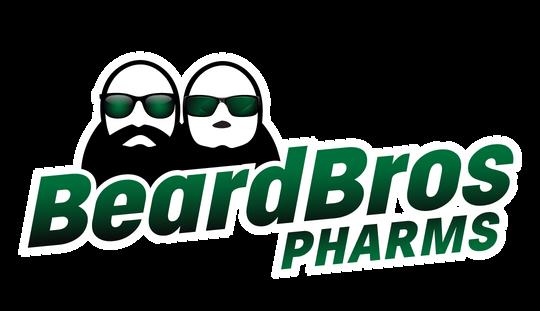
Starting with culture oriented editorial and expanding naturally into more industry-specific, mainstream issues, Beard Bros Media has found its niche as a trusted source of industry news While culture is a staple and always will be to them, they knew they needed to provide for their network and community a voice from within the industry They focus on speaking to topics that mainstream media could read, especially “because they aren’t getting it right.” says Bill. “Something that they might have the wrong spin or slant on, because a lot of times they’re being paid to write a narrative.”
For Bill and Jeff, their advocacy stems from seeing injustices and asking themselves “what can [we] do about it?” With a military family and a legacy that goes back to 1776, the brothers were strongly impacted by witnessing veterans returning from the war in Vietnam and friends returning from the Gulf War The many struggles that these individuals faced, and their subsequent use of cannabis to medicate was impactful to say the least To put their advocacy to action, Bill and Jeff donated pounds of flower and RSO to cannabis groups advocating for veterans' access, and they continue to support the undoing of injustices within the prison system Through their advocacy, they have passionately supported such previously incarcerated legends as Luke Scarmazzo and Stephanie Landa‘s Freedom Grow, amongst others.
Jeff agrees that over the past five years they’ve gotten away from the plant itself more than they’d like to be and wish to return to those roots Nowadays, they find themselves consulting for cultivations and bringing as much value to projects as they can. They also plan to expand their media company with more events, and pursue licensing opportunities. For now, their media company is doing its part by offering services to emerging brands in emerging states to distinguish themselves from their competitors
Since this is our Legacy Edition, I wanted to ask them what legacy means to them Jeff jumped in with an interesting perspective that what defines a legacy person is moreso based on intent
For Bill, legacy strongly resonates with him as someone who has risked it all and made big sacrifices in the name
“Legacy people are the people that actually care about the industry, whether they came into it thirty years ago or three days ago.” - Jeff

"A beautiful plant is like having a friend around the house."
~Beth Ditto

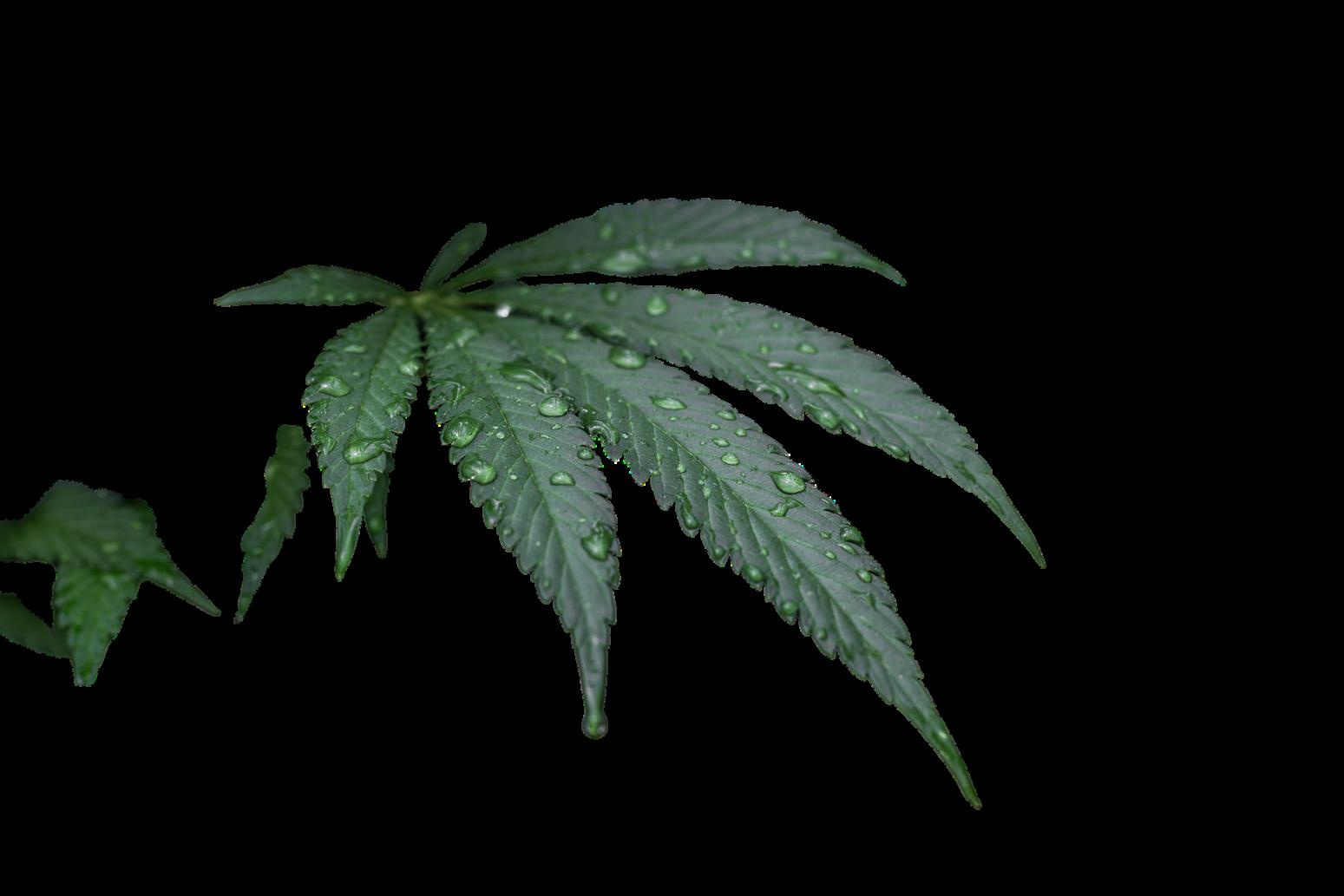



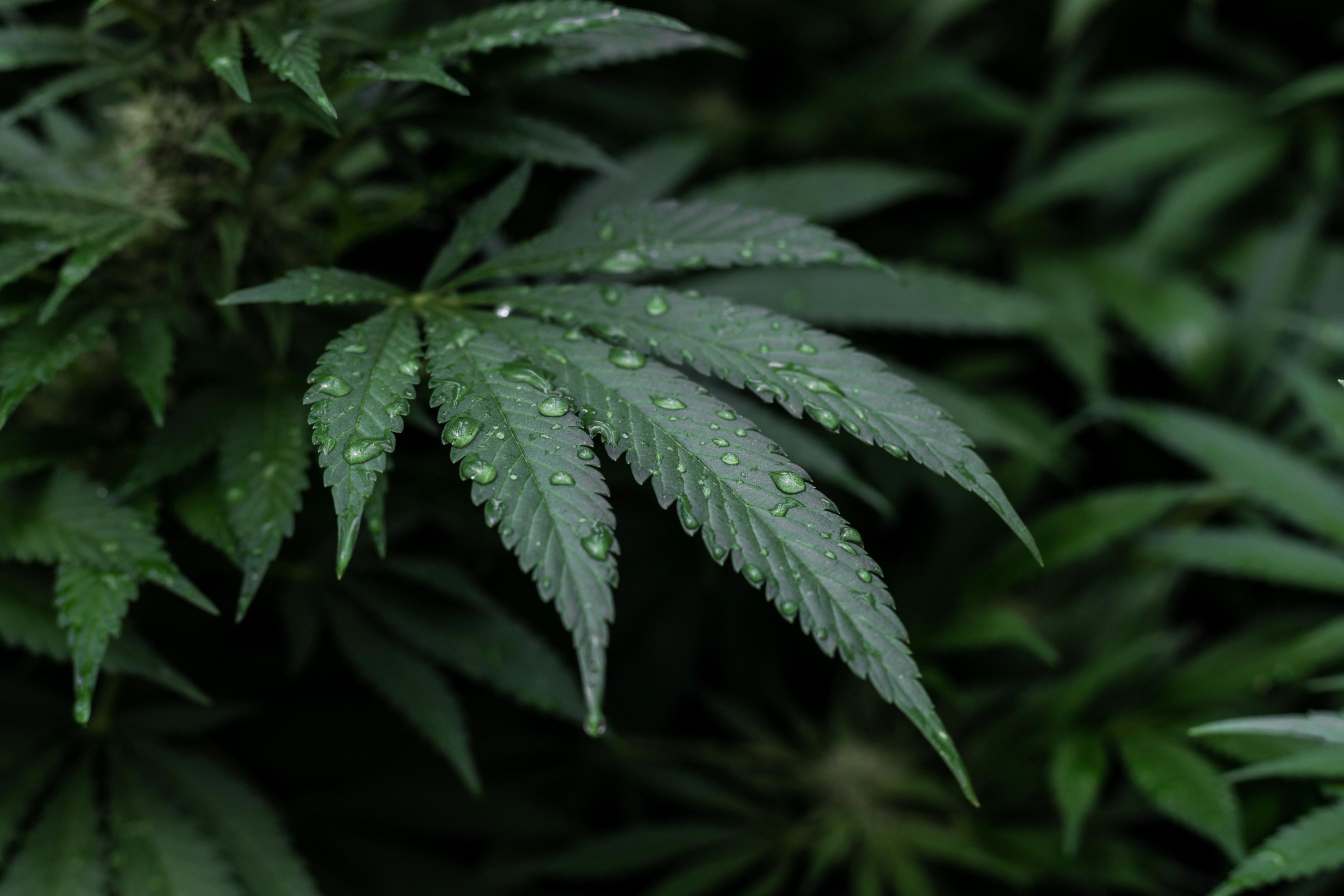
The standard gin and tonic is a beverage that dates back to the 1820’s when British officers in India began mixing gin into their daily ration of Cinchona Tonic; a beverage created from the bark of the Cinchona Tree. The modern take on this drink can be as simple as adding tonic water to gin and calling it a day. Alternatively the drink can be as complex as flavoring the gin, adding other liquors, syrups, bitters and garnishing with floral bouquets and exotic citrus. We won't go too simple and we'll remove alcohol from the equation as we'll be dosing with intoxicating cannabinoids and want to avoid over-serving and mixing. This also gives us the ability to serve the THC and CBD customized to each drink.
Ingredients
• 1oz Non-alcoholic Gin
• 4oz Tonic
• Water soluble THC
• Water soluble CBD
• Mint leaves
• Grenadine
• Lime, and other garnishes
Method
• Add 1 oz of non-alcoholic Gin to a glass
• Add a leaf of mint and gently muddle it, releasing the flavor in the oils of the mint
• Add THC and/or CBD water soluble drops to the mix I would suggest 5mg of THC and 10mg of CBD to mimic the effect of a standard alcoholic gin and tonic These ratios will depend on the tolerance and experience of each guest being served



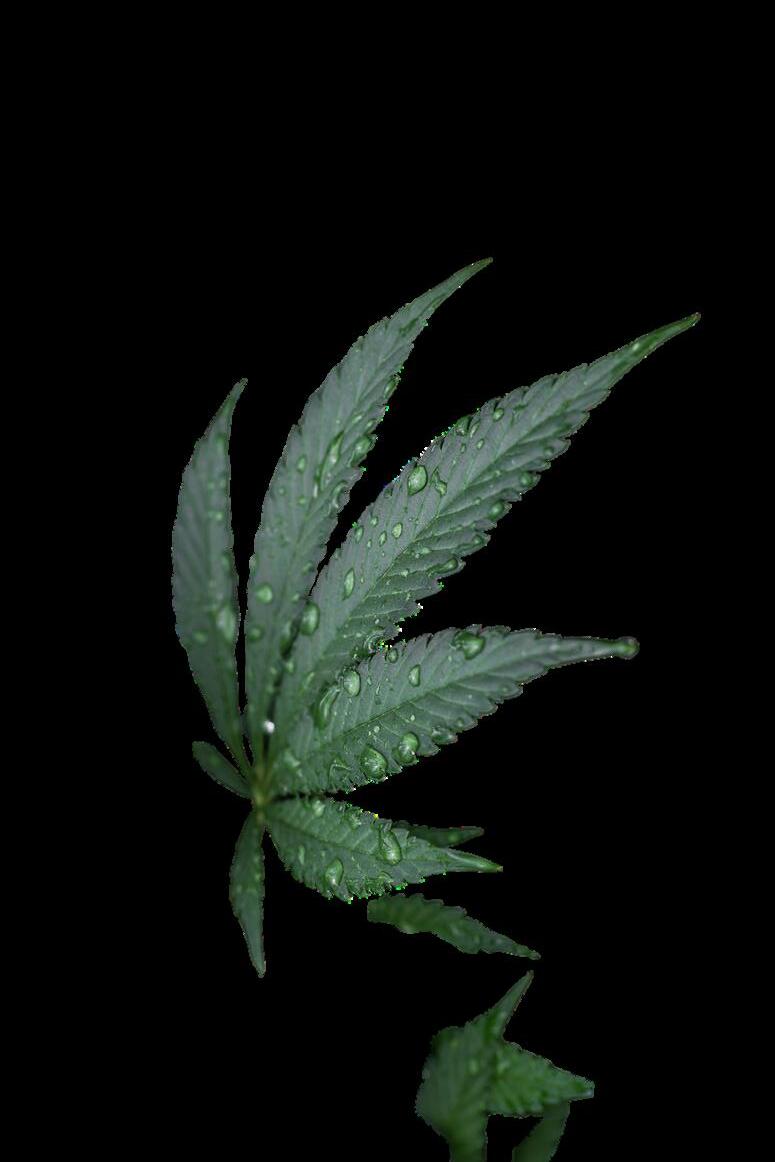


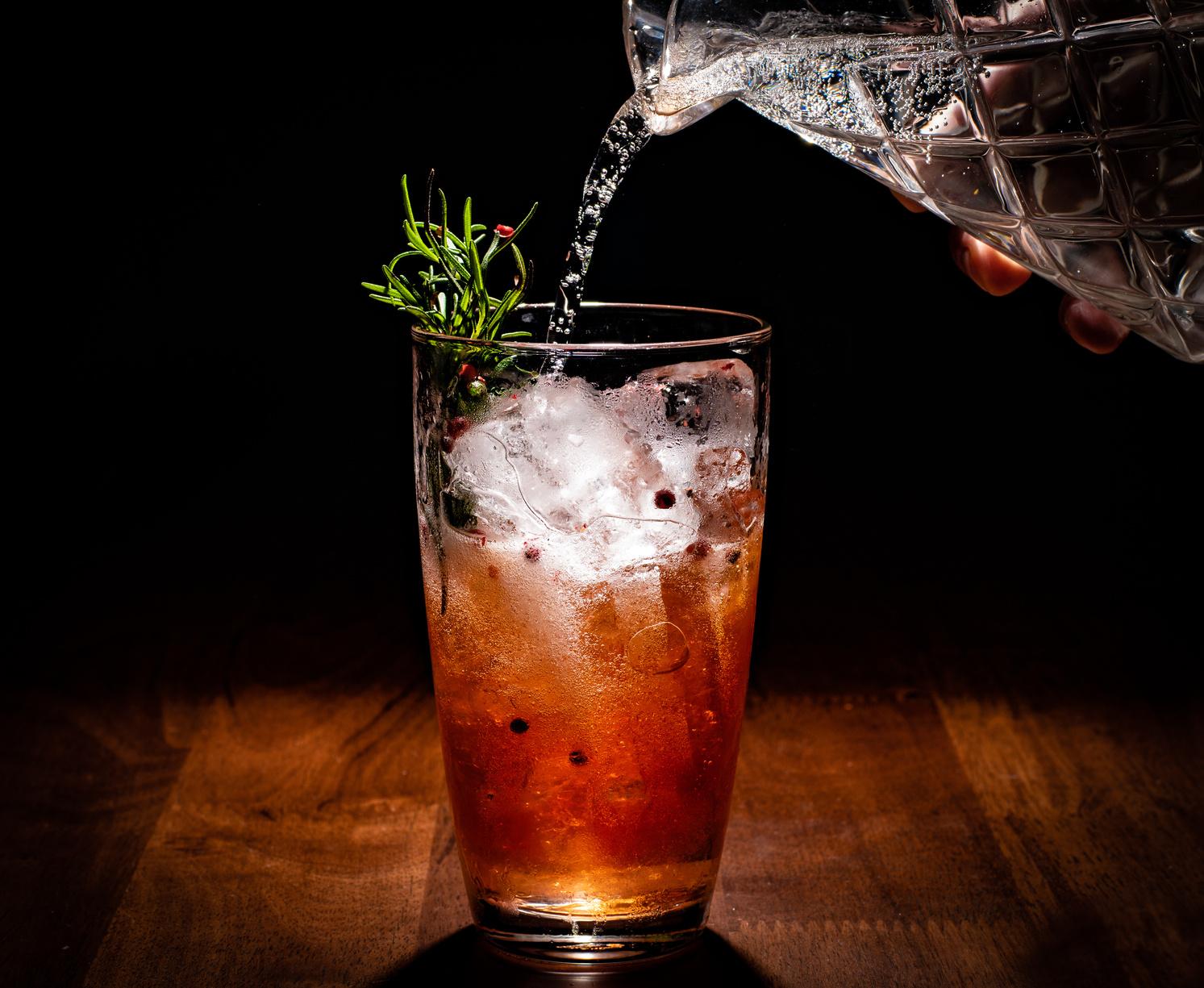
• Fill the glass with ice
• Fill the glass with tonic water You get what you pay for h from base tonics.
• Stir.
• Add a drop of grenadine for color and effect.
• Garnish with a wedge of lime, lemon, or even a flower. Wh



There is a gravitating parallel between cannabis and people of color History shows people of color have used the plant to holistically heal and share intimate experiences with others That was until The War On Drugs targeted Black & Brown communities, demonizing their use of a product which in present day facilitates a billion dollar industry forcing people of color to work ten times as hard to ensure equitable access. Brendon Robinson and Stanley Okoro, also known as The Mudd Brothers knew this before committing to a perpetual fight for equity in the rapidly evolving industry of cannabis Born and raised in a small, southwest New Jersey town of Chesilhurst, Brendon and Stanley are the epitome of the phrase, Straight Out the Mud

The hustle is for social impact In a short time, they have served as a catalyst for over 200 minorities looking to break into the industry through founding The Minority Cannabis Academy (MCA). MCA is an adult learning nonprofit based in Jersey City, New Jersey providing technical training for underrepresented and underserved communities who seek sustainable careers in cannabis Robinson and Okoro are also founders of 420NJEvents, a premier cannabis networking resource for New Jersey cannabis events and news During our time with The Mudd Brothers we got the pleasure to learn how their past experiences impact their mission to drive a more equitable future in cannabis for all
By Larry LeggettFat Nugs Magazine: How have your past experiences shaped the hustler’s mentality that you apply today in a highly competitive industry?
Brendon Robinson: I have lived a life of two tales…I was born and raised in Chesilhurst where Stanley and I met and have been best friends since Chesilhurst is what we call a dark cloud With about 1,600 people it was not necessarily a violent town, but there are no resources whatsoever I think back to 2008 where Chesilhurst ranked as the worst town in New Jersey, 566 out of 566
We only had an elementary school no middle school, no high school and one convenience store that shut down after a couple years I grew up poor without knowing I was poor When I was thirteen my father got arrested and sentenced to ten years in federal prison for cannabis. That turned my world upside down.
He was doing his thing, my brothers were doing their thing; life was decent. Overnight we are on welfare, government assistance and food stamps. One night I watched my mom cry while paying the bills and it hit me Starting with my father then my brothers and uncles everyone in my life was impacted by The War On Drugs I was raised by hustlers, even Mama Dukes got after it So I had that hustler’s spirit, but I never wanted to see the prison system I would go visit my father and I had to jump through hoops to hug him I remember those mornings waking up on Saturday at 7AM and driving four hours to see him It was a tough period for me all of it due to cannabis.
Stanley Okoro: First, I am the son of two Nigerian immigrants That is where I feel I got my hustler’s mentality from My parents came to America with $500 and little to no English, yet were able to find jobs that provided us with our home in Chesilhurst. Early on as an adult I worked many odd jobs while looking to find my place in this world. I fell into a security company where I was a Director of Operations of sixty employees I knew I wanted more though When I saw Governor Murphy running a campaign commercial advocating to legalize cannabis I had the first eureka moment Given how cannabis impacted our community as kids, I knew there was an opportunity for us to flip the script and apply our hustler's mentality in a way that would give back to and help our people
“Growing up we had each other, basketball and ultimately we had weed.”
FNM: What pushed you over the edge to go all in on cannabis entrepreneurship?
BR: Back in the day, I figured out basketball wasn’t going to take me to the NBA so I landed a job with what is now TD Bank I got into business banking where I was a regional Director and the only Black person in the country in that particular role. I was number one in the country and at my peak while making a bunch of money, but like Stanley I still wasn’t happy.
SO: Honestly, it all started when we were sitting at my table smoking and decompressing after long days At the time Governor Murphy was running another campaign commercial stating he would legalize cannabis in the first 100 days in office That’s where the idea was born that we should start our own cannabis business We didn’t know what it was going to be though It wasn’t what it is today in 420NJEvents and MCA.
BR: I remember that night like it was yesterday, because when he said it I felt it Corporate America will give you a shield and comfort that holds you back from your true potential. There were two things I knew when Stanley had the idea..number one, it was a great idea. Number two, if I jumped in this with him there was no going back. It was a do or die decision, but Stanley was on to something
FNM: What were those first days like launching your cannabis brand?
BR: We’re talking about some dark days. With little experience we were now in an industry with no blueprint…there is no rule book. On top of that, we had to deal with predators who were supposed to be allies Luckily, we have always moved with business acumen, a hustler’s spirit and a never die mentality
FNM: Why do you wake up every morning motivated to drive social impact in cannabis?
BR: This to me was fate We did not plan to start a nonprofit in MCA or be social equity advocates that was not even on our minds We were looking to start a dispensary. Before applying for our license we knew we needed to network first.
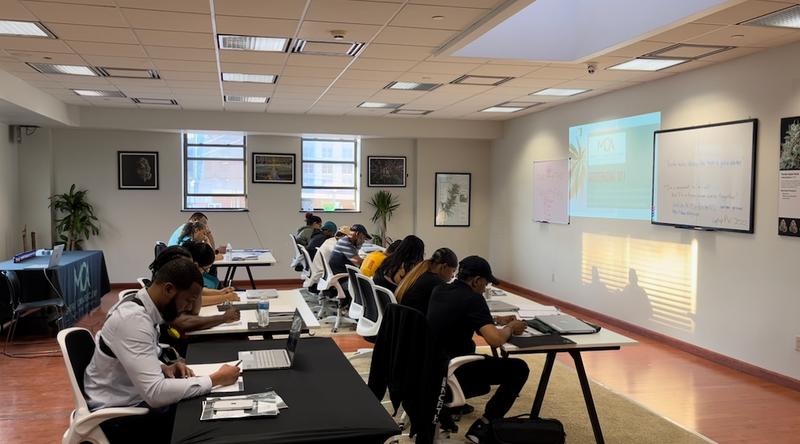
Quickly, we saw the industry was not what people were saying it was. We know what weed culture is…we grew up in it…we are a part of it. We were walking into rooms and it was far from weed culture. People were making The War On Drugs seem like a buzzword to elevate their voice, while we saw it firsthand growing up We went to a workshop that focused on how to get your license in New Jersey That day we were feeling good after learning everything we had to do just to apply, we got nervous
SO: Our dreams were crushed We felt our goals were out the window at that point they seemed so farfetched
BR: Stanley and I knew it was going to be hard for us, and we would get through it but what about everyone else…what are they going to do? I’m talking about impact zones, disenfranchised areas, impoverished communities. How are they going to magically learn how to run a business? On the drive home we were pissed but one thing about us, we aren’t going to sit and bitch without bringing a solution to it
That’s where MCA was born When we entered the industry, social equity was undefined everyone was mentioning it, but no one knew what it was We put our dream of a dispensary on the backburner because we knew the fight for equity for all was paramount
At MCA we are not just teaching cannabis…we are preparing people for an industry that was not made for them.
not just teaching cannabis…we are for an industry that was not made for
help others gain access to this space is p everyday There is never a day that e are not looking forward to the next in the moment and loving every bit of

FNM: During your time in the industry what obstacles have you all overcome that defined who you are today?
SO: Man it feels like we win a lot, but we have lost thousands of times Those losses make you look at yourself and question whether or not you are being a good leader. There was a time where we thought we had the perfect team and that all blew up within a two month span.
BR: I’m a huge Game Of Thrones fan I can’t emphasize enough how much this journey has been like Game of Thrones There were so many times where we thought we had it we were there at the right time, put the work in, built the right team and made the right connections, but yet we lost so much
The reason we are here today is because we never folded. Thank God for Stanley, because there were times I wanted to quit. Keep in mind, we weren’t making any money and people were promising us opportunities with no intent to fulfill those promises To my brother’s credit he talked me off the cliff
We did the second cohort where Good Green came through for us with a nice grant Ayr Wellness, Ascend Wellness and Columbia Care came through with some funding God blessed us through that second cohort we were truly able to show the world who we are. In the words of Nipsey Hussle, we have a soul to save. We have been through the storm, and the future is very bright
FNM: So what does the future look like for The Mudd Brothers?
BR: For us it's about continuing to set the example of being authentically yourself We are using our skill sets to create opportunities for others, for ourselves and the ecosystem (cannabis industry).
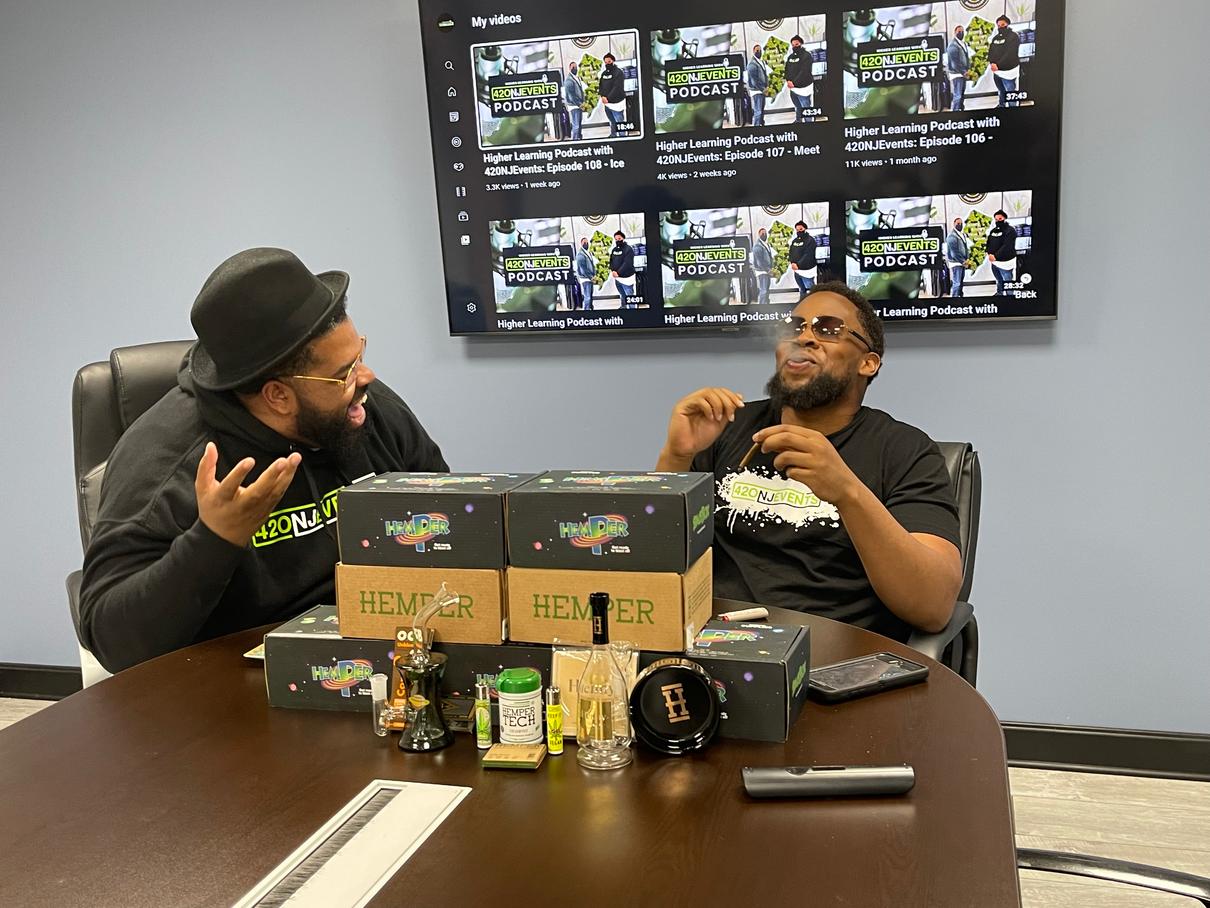
SO: Absolutely, I couldn’t have answered that better BR: Our aspirations are huge in cannabis

Our focus is growing 420NJEvents to be a premier community networking resource in cannabis MCA that’s our baby. That’s the engine that drives the entire ecosystem. Our identity resides in MCA, however the big one right now is Mudd Brothers, which will be a full suite of cannabis products starting with live rosin. We have a chance to build a brand that is for us and by us highend, luxury, social equity and it directly impacts the community positively as portions of the brand’s proceeds goes to MCA Mudd Brothers is much bigger than just a brand, its social impact, its social equity
FNM: With everything that you all are doing, what does the term “legacy” mean to you?
BR: Legacy is being able to say that you inspired others to maximize their potential. In cannabis, there’s very little representation for men and women like us this is why we constantly emphasize that Mudd Brothers is more than a brand, it’s a mindset We are unapologetic in our approach and relentless in our pursuit This is going to be the wave that ushers in the next wave of Black and Brown cannapreneurs here in the Garden State
"You find out you are living your dream when it doesn’t feel like work.”


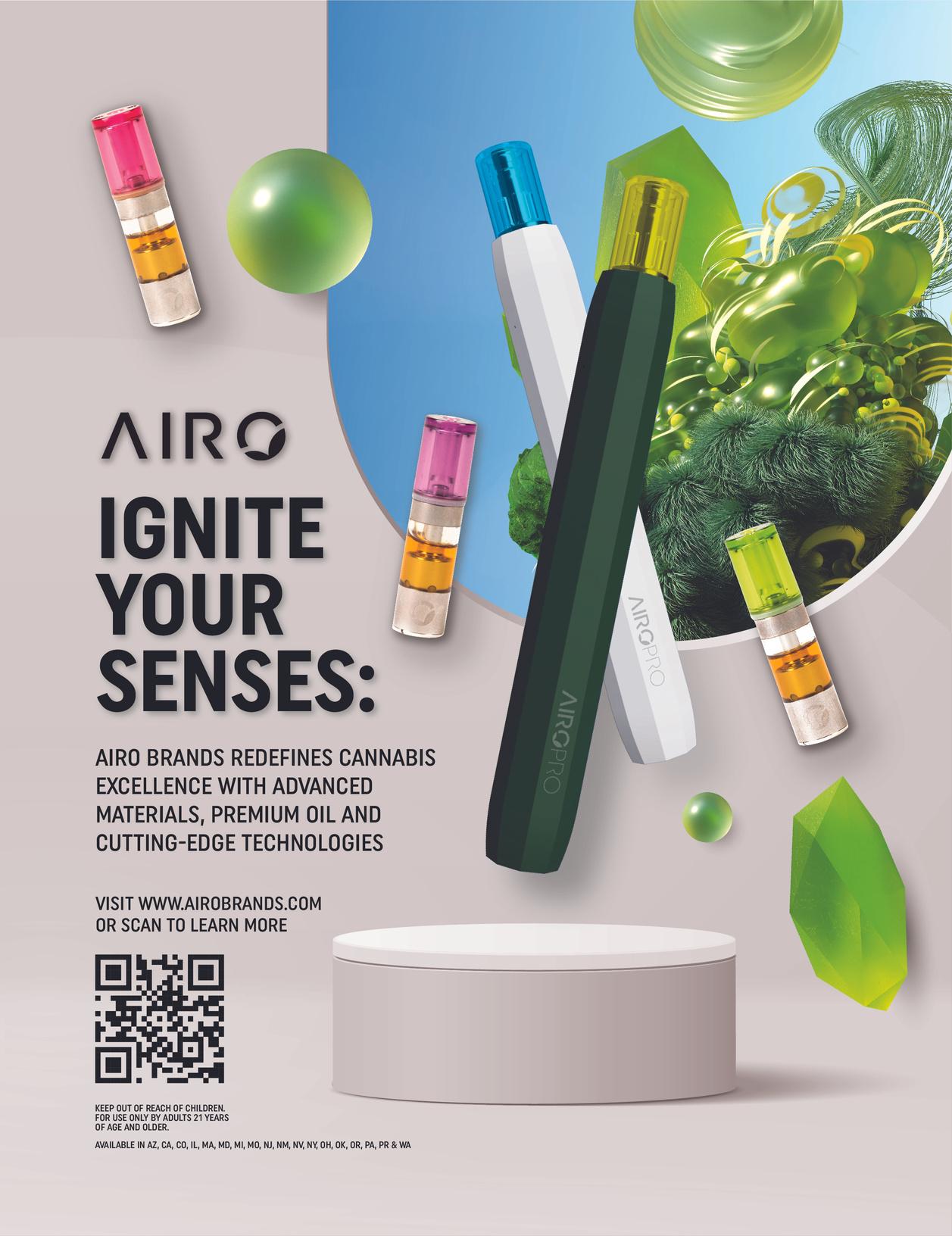
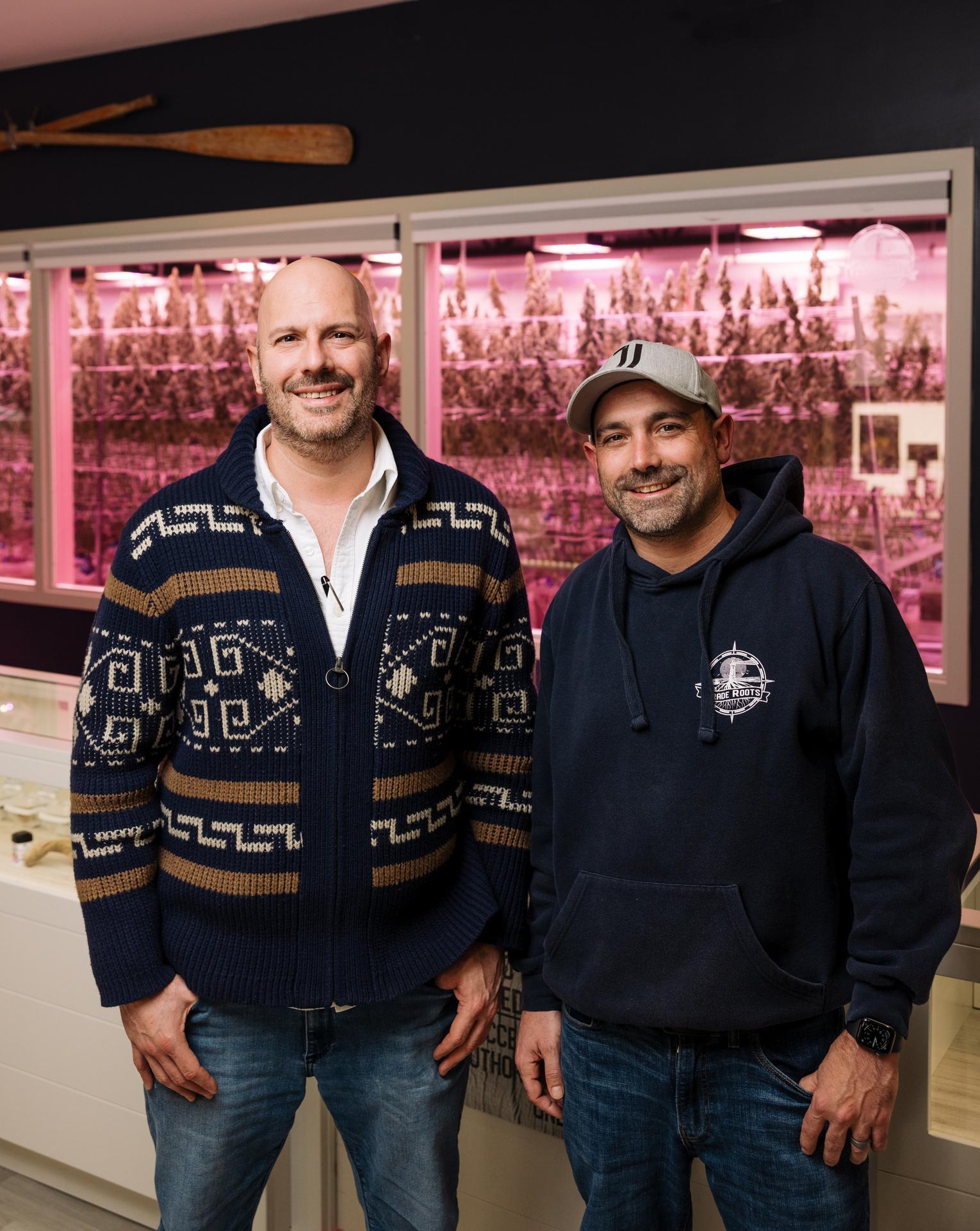

Warham, Massachusetts sits at the gateway to Cape Cod, one hour east of Providence, Rhode Island and an hour south of Boston, Massachusetts. Hundreds of miles of shoreline, lighthouses, whale watching, nature and nostalgia attract four million tourists here a year But there has been something missing from the Cape Cod experience that has recently taken root in the Northeast - high-quality craft cannabis!
Co-Founders of Trade Roots, Jesse Pitts and Carl Giannone, run the state’s first social equity status, full vertical cannabis business Operating a lab, garden and retail storefront, they have gone above and beyond to help make cannabis accessible to those living in Jesse’s hometown of Wareham and the many travelers that come through their doors at 6 Thatcher Lane
“Cannabis has always been a part of my life; it has always been there I don’t remember life without it being there It was always around ” - Jesse Pitts, Co-Founder of Trade Roots
Jesse is no stranger to the plant, having grown up with a father who cultivated cannabis. He saw the whole process from beginning to end at home and even remembers playing cops and dealers instead of cops and robbers, as well as pranking his Dad by locating his cannabis grows outdoors
In high school, Jesse sold now and then, like many do, to get some free smoke and money to survive before going to college at UMass where he eventually began providing for friends in the dorms
It was all fun and games until what he dubbed “Operation Hometown” took him to the next level He sourced the dealers from his college friend’s hometowns and undercut their prices one at a time by moving wholesale by the pound This process continued as he finished college and returned to Boston in 2005 With underground business booming, it unfortunately culminated in an arrest in Norton, MA. Jesse had 70 pounds of product and a quarter million in cash on him at the time.
Due to a previously clean record and great attorneys, his case was negotiated down to a misdemeanor with a healthy caveat that it was for 50+ pounds packaged alongside an 18month sentence. He spent 9 months inside before doing another 9 outside with an ankle bracelet and five years of probation
Losing a quarter million along the way and having to put in the time only motivated Jesse further to make a successful cannabis business. He continued to pursue that dream building an extraction lab in a construction trailer and a grow in a house that eventually caught fire
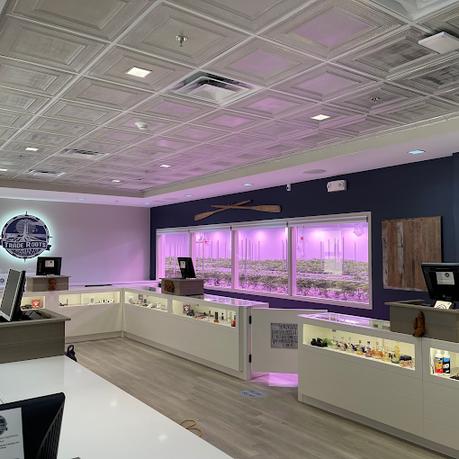
“We were the first vertically integrated social equity operator in Mass because of that arrest It’s a weird feeling knowing I sat in a jail cell for nine months, and I have a license today to do the very same thing I did to end up in the cell ” -
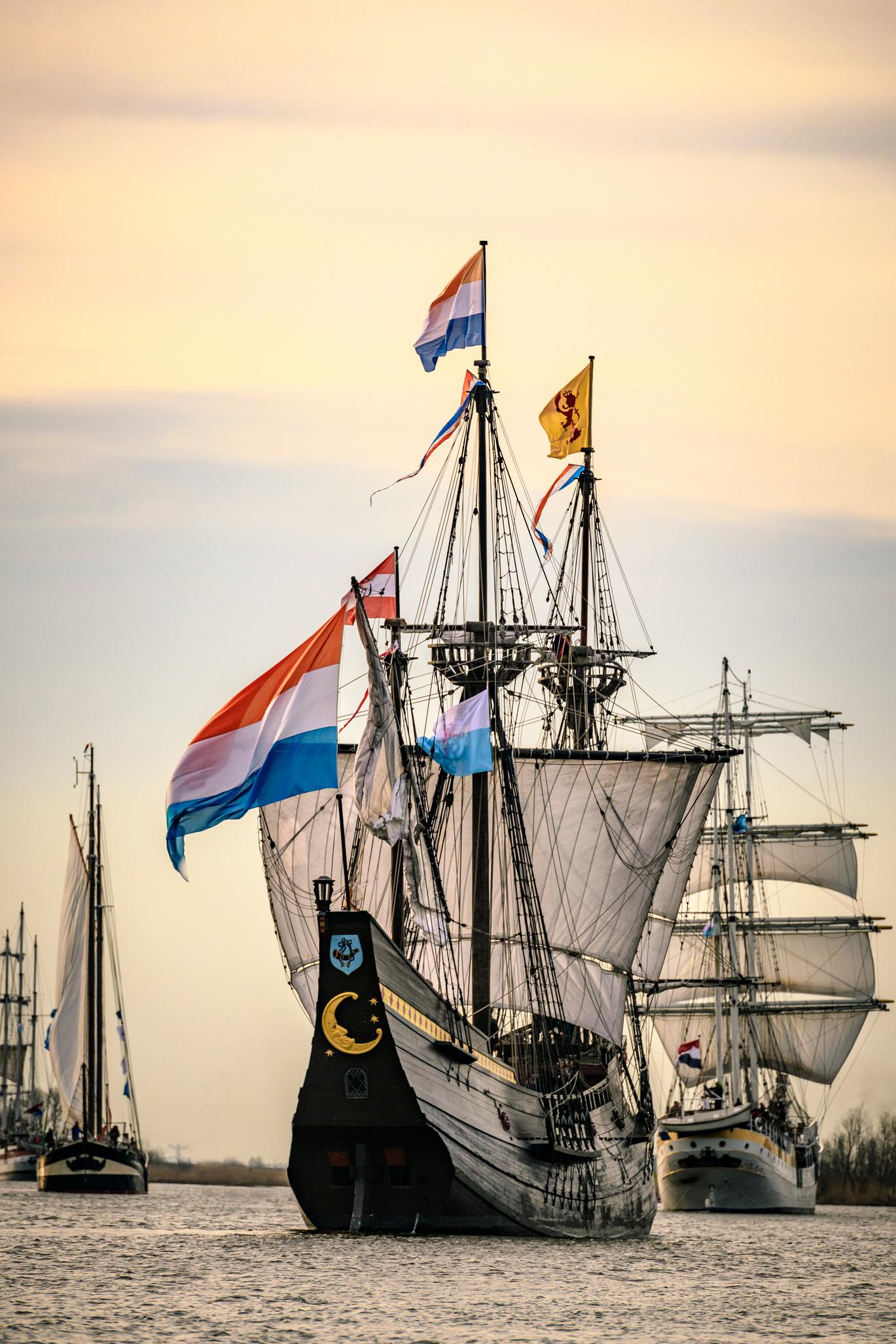 Jesse Pitts
Jesse Pitts
Like many things in this story and life in general, the fire was looked at as a misfortune but turned out to have a silver lining. It was just the attention Jesse needed to catch the eye of his Co-Founder, Carl Giannone. Before this, Carl put an investment group together for a grow in Oregon after being surprised by the financial numbers and projections for the business Cannabis was an industry he hadn’t taken seriously at first, but after seeing the potential, he had a newfound belief in the industry Carl saw the news about Jesse’s cultivation house fire and extraction lab and connected with to get him out to the farm in Oregon
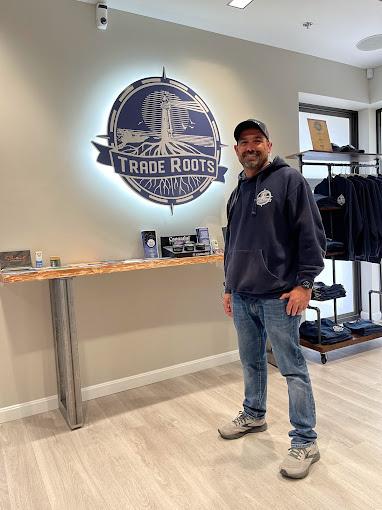
One early morning on the mountain where the Oregon grow was located, they decided to partner and move the “mountain” to Wareham, MA, Jesse’s hometown The support of friends, family and community were necessary for the success of Trade Roots Starting and maintaining the business in his hometown has been impactful for Jesse He’s been able to give back to a community he understands and work with local municipalities to create a brand that’s right for Wareham
The cannabis industry moves quickly, but cannabis licensing can be glacially slow in some states. Massachusetts initially had hard licensing requirements that required locations to be leased during the application process This indefinite rent without revenue was devastating for prospective businesses It has since been revised and relaxed, but it cut many players out of the industry early on Trade Roots was started after the revision but still took four years before opening the extraction lab Expanding from the lab, they added the grow next before ultimately pushing to open the retail store and complete the picture.
Trade Roots produces around two thousand pounds of quality hand-trimmed craft cannabis a year Standing by their intentions to produce and maintain a wide range of products and cultivars In an industry at times racing to the bottom, Trade Roots has chosen to race to the top, creating craft not commercial. Cannabis is like most consumer packaged goods (CPGs) but it moves faster than those markets leading to interesting problems along the way. Consistent branding and high-quality products allow businesses to thrive without having to squeeze margins and sacrifice quality to cut prices
Jesse is quick to explain that the first harvest is like the first pancake being made It’s never just right until the third, fourth or even sixth one if you’re having one of those mornings Cultivation operations in new buildings take 12 to 18 months to dial in A timeline that can be unexpected for investors and folks outside the industry Cultivation starts with the team and Trade Roots has quite a team of experienced craft cultivators and breeders.
“I think the universe pushed us in directions…for me, the path was always clear, lead, follow or get out of the way. Carl is a good partner because he can help me fill in the gaps and knows how to ask the right questions.”
- Jesse Pitts
“90% of our strains were brought in by the expert breeders and cultivators in the grow. We do small batch pheno hunting and change up our profiles and menus to keep people guessing ” - Jesse
PittsCraft cultivation is necessary for craft extraction as you cannot fake or CRC (Color Remediation Column) your way out of it
“Some companies say they’re just selling the weed for you. No. That’s where the brand lives. Your brand lives with the budtender.” - Jesse Pitts
Trade Roots is working to create a craft experience from beginning to end by listening to consumer feedback and always looking for ways to improve Not only are they looking to support craft cannabis, it’s craftsmanship in general that they’d like to promote in the community, with plans to contribute via community events and an eventual fair to bring craftsman and their connoisseurs across industries together
Jesse hopes to see craft cannabis follow the path of craft beer. In beer sales, craft makes up 16% of the products but 32% of the revenue Because of this, large commercial beer companies had to acquire craft companies and leave the brands intact to maintain product quality and appreciation New cannabis businesses can learn from this and do things right from the beginning; although, that is not always the easiest route to walk
“Sometimes I”m like ‘this is killing us’ but then Carl reminds me, ‘look we’re doing what we said we’re going to do’.” - Jesse Pitts
Stop in the next time you’re near Wareham or heading out toward Cape Cod Visitors can see the grow facility through a viewing window in the retail space For more information about the company, visit Traderoots buzz and check out the Apartment 113 podcast to listen to the full interview with Jesse and Carl.
The Massachusetts industry is maturing quickly The menu management and cultivar selections are constantly changing at Trade Roots with some being grown only a handful of times and other more consistent staples Adding some themes to their selections, they recently had a fruit-themed menu bringing strong limonene and terpinolene dominant fruity cultivars together for consumers to pick from. While going with the current trends towards higher THC, Jesse acknowledged the value of lower THC cultivars and the unfortunate fact that the industry “at scale” has culled them, favoring higher THC results (for now) An issue many budtenders and cannabis educators are working hard to resolve
The budtenders for Trade Roots are delivering consumer education and top-notch customer service representing the brand Consumer education is necessary at the budtender level as it is the only point of contact between the customer and the business, but it’s easier said than done Trade Roots has budtenders ready and willing to assist with product selection or cannabis questions, bringing their experiences and others to consumers to help them understand the products they’re purchasing.
Jesse and Carl have plans to keep pushing the envelope in the MA cannabis industry and offer excellent cannabis experiences along the way with Trade Roots We highly recommend checking them out
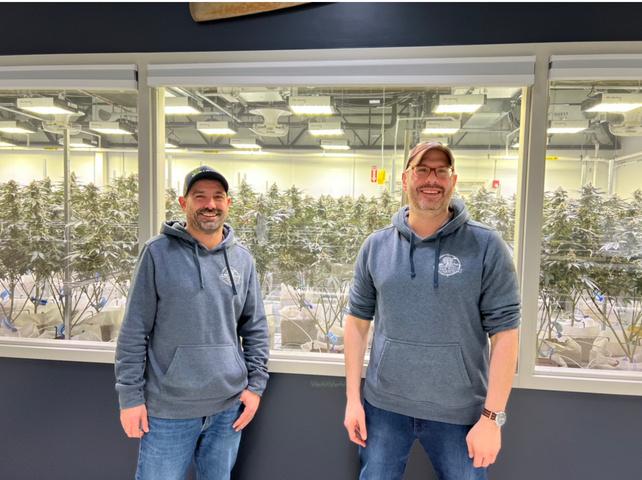
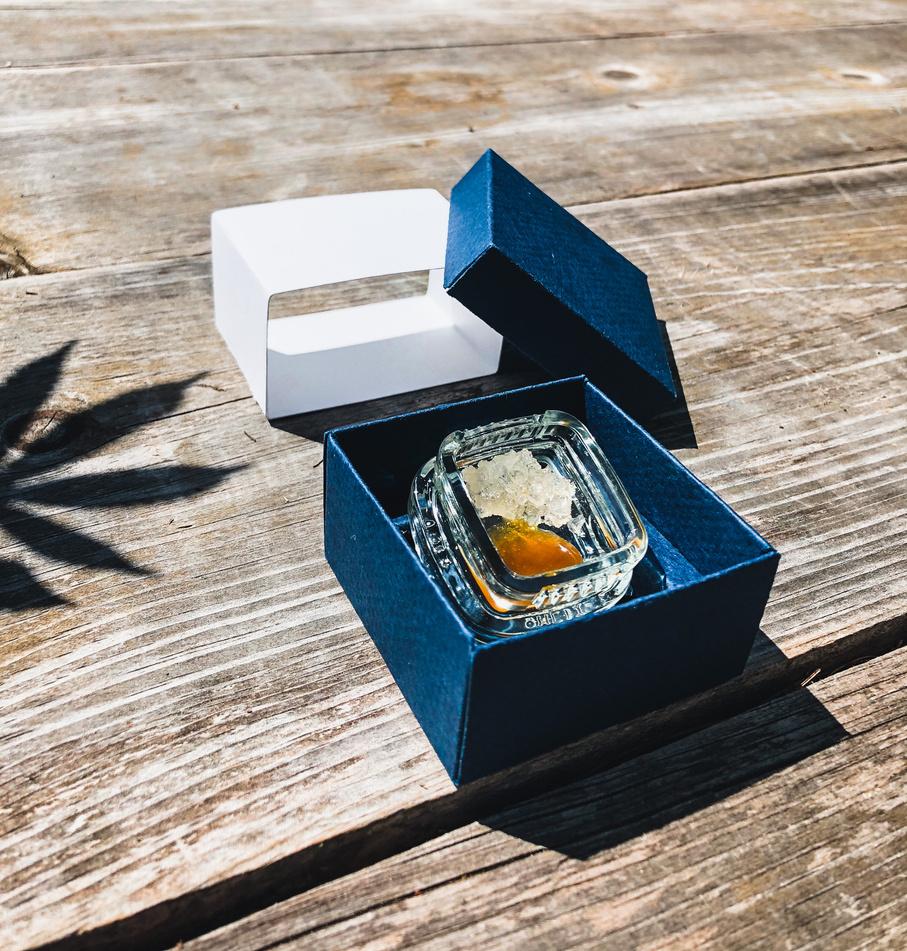

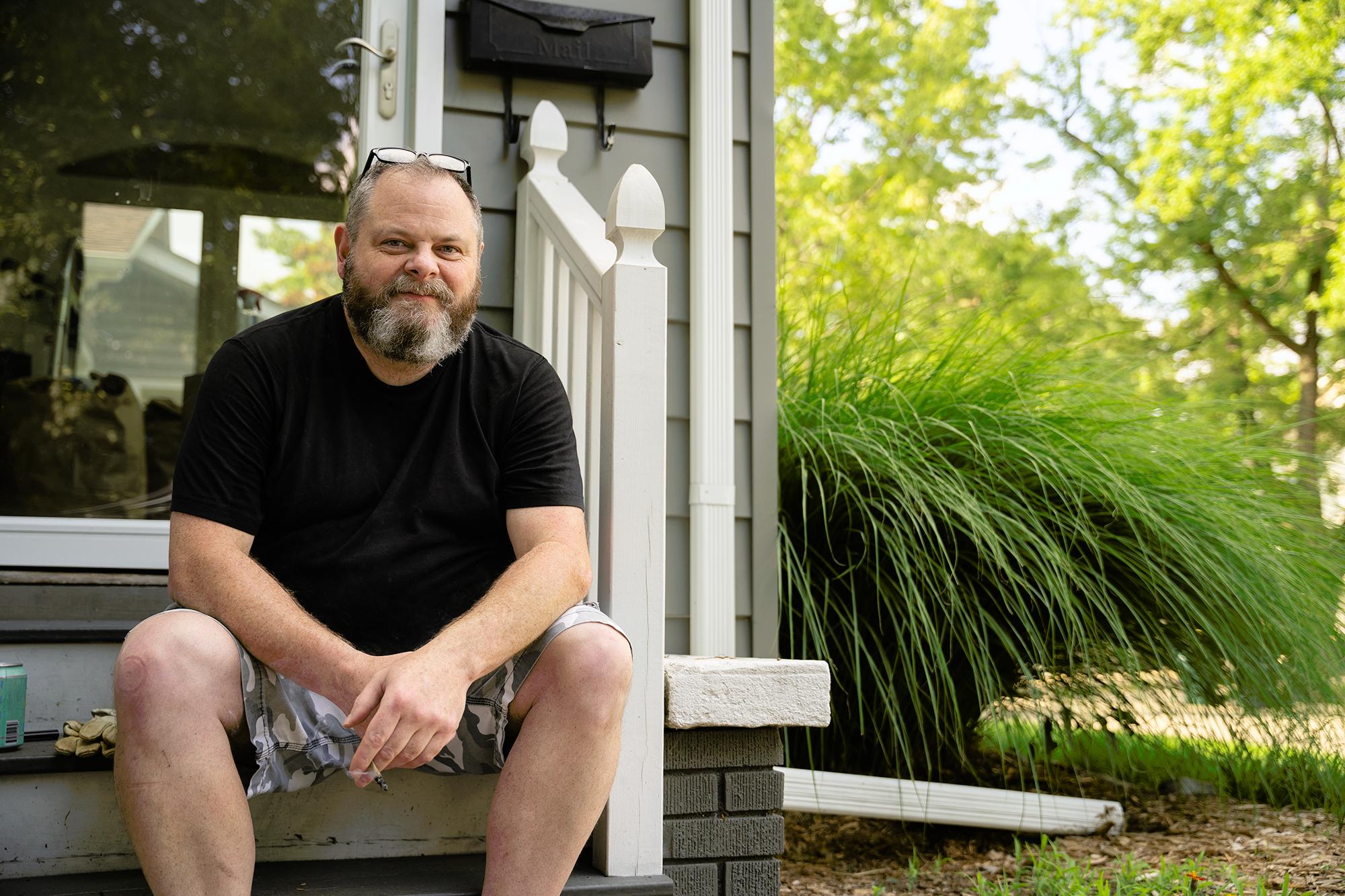
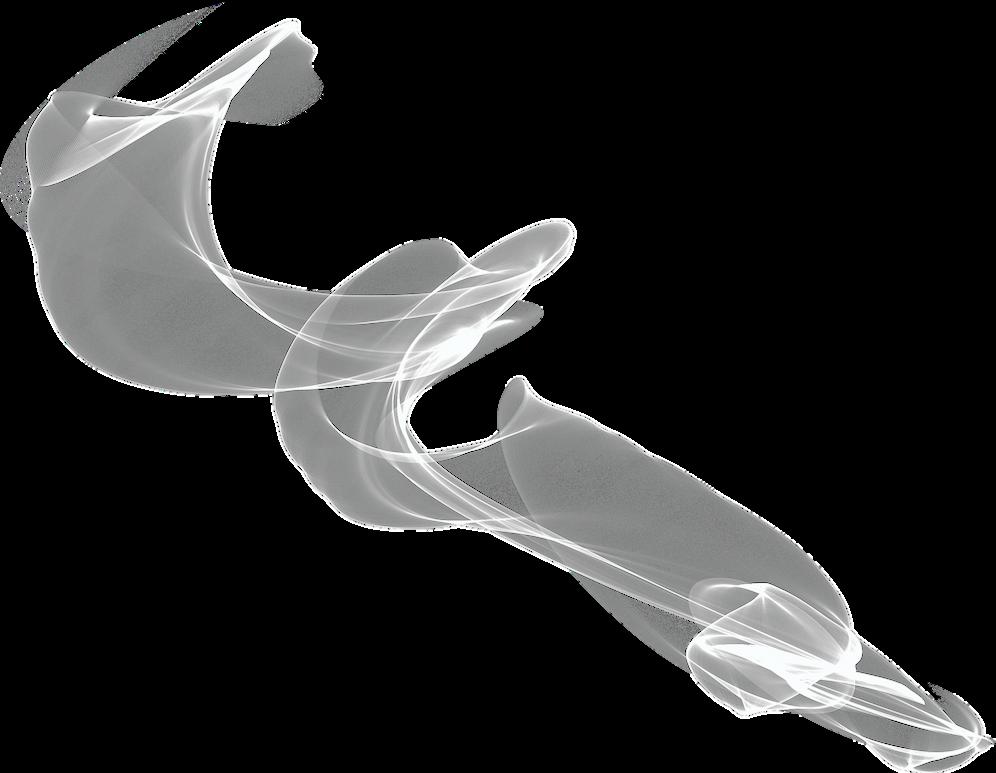
"I quickly became addicted to cannabis instead - not to the consumption, but rather the cultivation!"
~Jim Berry

s you can probably tell from the title of this column, it’s all about homegrown. I’m a staunch supporter of home grow rights. As they say around FNM, “It’s not legal without homegrow ” I’ve embraced that If lobbyists for the industry had their way, no one would be able to grow in the privacy of their own home for personal consumption They like to frame home growers as either criminals or too inept to grow safe product I push back on that narrative Hard

As for my credentials, I don’t have a horticultural degree but I’ve overseen countless grow cycles I’ve grown under just about every type of light fixture in every type of substrate available Dozens of strains over the years, pest and pathogen free, all from my 100 year old basement I’m a techie and a perfectionist And I love critical thinking I jest that my first word as a toddler was, “Why?” I love to learn and I love to teach.
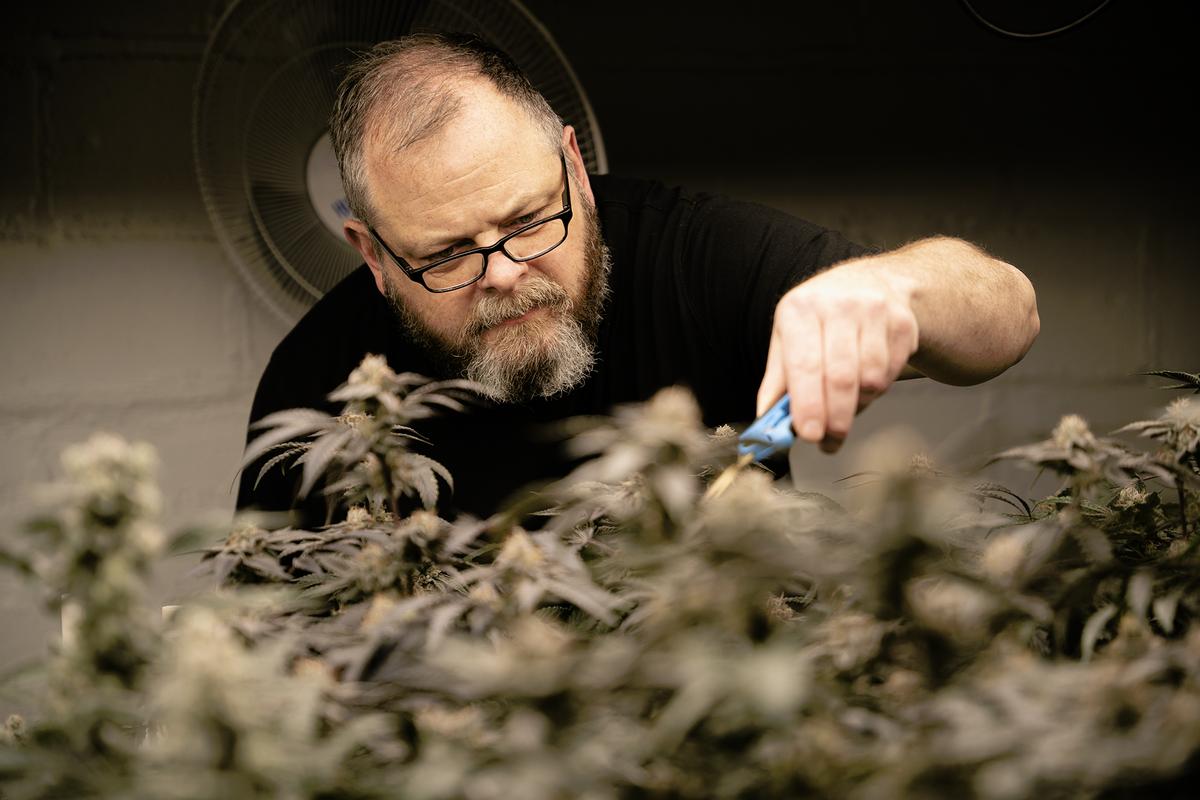
But still, why me? Well, indulge me while I step back in time a few decades to share my story My love affair with the leaf started when I was 15 years old, on the back deck of a middle class home in suburban Detroit A friend of my sister visited and must have discarded a seed in a pot of dirt sitting on the deck. It germinated and continued to grow for several weeks before I even knew what it was.
Unfortunately, my mom found out what it was just a few days after I did, and ordered my sister to get rid of it I was happy to help her out But it didn’t end up in the compost pile, it ended up drying in my closet Now, there were no flowers yet, so it didn’t really smell that much as it dried. When it was dry, my friend Brett and I proceeded to smoke those leaves out of a pipe we had fashioned out of a Coke can.
It would probably be another six months before I experienced the actual flower. And so the courting began. Not an unusual story to many of the readers of these pages, but mine nonetheless
The reason I’m really here began about 15 years ago when the state of Michigan legalized the use of medical cannabis and implemented a caregiver program. At the time, I was suffering through what is called avascular necrosis, a disease that results from the temporary or permanent loss of blood supply to the bone, among other subsequent conditions, which had ruined both of my hips and was wreaking overall havoc on both my body and quality of life
I spent most of two years on and off of Norco and Percocet to manage pain both before and after seven surgeries I know what it’s like to be addicted to opioids
One day, I decided I was going to use my medical status to get a card and start growing my own flower. Honestly, at the time I didn’t see it as a pharmaceutical alternative, just a get-out-of-jail-free card for getting high. So, I sold a slightly-used silk screening machine that was collecting dust in my basement and bought my first set-up
I quickly became addicted to cannabis instead - not to the consumption, but rather the cultivation! For someone who never before had much patience for gardening, I was immediately hooked I remember rushing home from work to see each day what new magic had occurred. I actually learned patience from cannabis. As my interest and experience grew, so did my operation. What started out as a 2x4 grow tent ended up being 10 lights, allowing me to produce about 75 pounds a year
What my licensed patients didn’t need, I sold to gray market dispensaries in Ann Arbor Retail was by no means legal at the time, but by then, the city of Ann Arbor was allowing storefronts and generally, the state was tolerating it in a few Michigan cities Then, in 2016, the legislature approved commercialization of medical cannabis and in 2018, Michigan voters approved recreational use. And just like that, Michigan was off to the races. Like many growers, I scurried around trying to match my intellectual property with someone with the capital means to make it happen
It was a much more daunting task than I anticipated, but eventually we teamed up with some jokers out of Toronto Canada had recently approved public companies to invest in cannabis in the states and a flood of money came across the border.
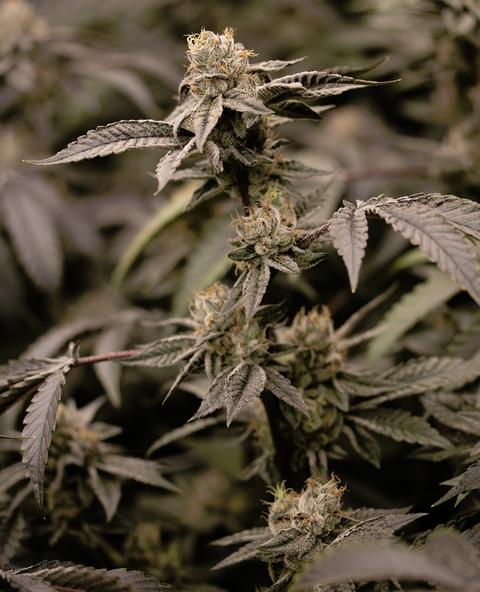
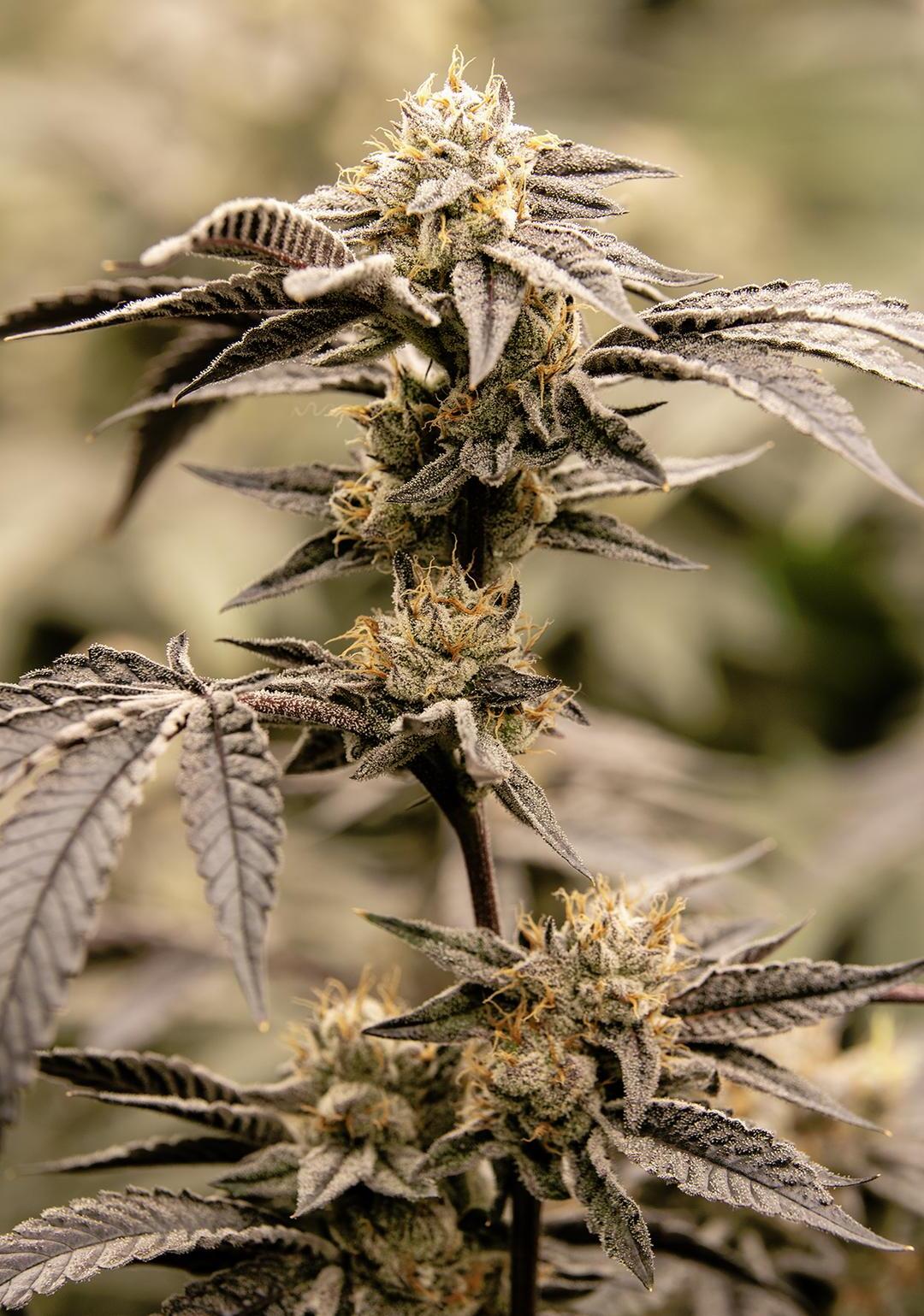
A partner and I went to work researching and planning every aspect of a cultivation facility. Over a year, we received state pre-approval, lined up an attorney, an architect, MEP, vendors, HVAC consultants, and so on. We even negotiated a lease on a 24,000 sq. ft. building, at a time when it was almost unheard of to lease a cannabis-zoned property
What happened next is not unlike many other stories in this space; our investors left us at the altar They, with their infinite business wisdom, got involved in a reverse merger with Harborside in San Jose They took the company public on the Canadian exchange and almost immediately lost millions. The IPO was about $5.50. Last time I checked, it was $0.43. Real financial prodigies. Anyway, they strung us along until they couldn’t lie to us anymore. I was heartbroken. After that, I continued to grow as a caregiver for a while and eventually went to work for another would-be craft facility until a year later, when those investors were scared off by the falling prices of industrial cannabis.
So, I brushed off my resume and started interviewing for leadership positions at Michigan operations After about two dozen interviews, I realized a few things - no facility in need of replacing a director is going to hire a cultivator who’s unproven in a large, licensed facility.
me What was I going to do? After a few days of panic, I made a commitment to myself
I thought back to the days before cannabis, when I’d been in the video production business With the sub-prime mortgage collapse and my subsequent health issues, my studio started to struggle
Eventually, I began to resent the work, as it became less about creative expression and more about struggling to survive Now, I decided that I wasn’t going to let my frustrations with the industry spoil my love for growing, as it had for editing
So I decided to resuscitate my digital skills and combine them with my cultivation experience to hopefully create some new opportunities, or a new vision at least. Now with only two lights running, I started posting pretty pictures of flower on LinkedIn, along with whatever musings I had that day As I witnessed the positive response, I slowly focused my posts on educating home growers, from my basement to yours I decided to embrace the basement I fought so hard from which to surface
It was through those posts that I got to know Dustin Hoxworth at Fat Nugs Magazine He was a fan of my posts and as we got to know each other a bit, we found common ground and he offered this opportunity to me And honestly, I couldn’t be more excited. I promise not to disappoint.
Next time, we’ll delve into the physiology of the cannabis plant and how we manipulate it to create the flower that we all love so much. We’ll also go over all the basic things to consider when beginning a home grow And, if you stick with me long enough, you’ll laugh at yourself for ever having spent a dime buying mediocre flower at the dispensary, when you can grow absolute fire at home I promise
 David Painter Fat Nugs Magazine
David Painter Fat Nugs Magazine

On March 21, 2023 Kentucky Governor Andy Beshear signed Senate Bill 47 (SB47) officially making Kentucky the 38th state to legalize medical cannabis The passage of the law was a surprise, but many of the restrictions in the new law are not – For example, the law prohibits both home grows and smokable flower. As Kentucky prepares to transition to legalized medical cannabis, each businesses across the state has a different perspective on the new 120 page law and trying to prepare for what comes next.
I recently traveled to Raywick, Kentucky, to the home of the Bickett family to interview Robbie Bickett, President of Bickett and Boone CBD. As an unexpected added bonus, Robbie drove me into the town of Lebanon to meet his older brother, Joe Keith, one of the founders of the “Cornbread Mafia”. In the cannabis world, legacy growers and original gangsters receive and deserve special reverence These people earned our respect by risking their freedom, and at times their lives to grow the plant we all love For those of us east of the Rocky Mountains and especially in Kentucky, the name Cornbread Mafia looms large over the early cannabis industry
With deep roots in Marion County, Kentucky, natives Joe Keith Bickett and Johnny Boone defined quality cannabis for millions of appreciative smokers Both men paid dearly for their efforts
Joe Keith served 22 years of a 25-year sentence for distribution and cultivation of cannabis in multiple states. Johnny Boone, facing a three strikes life sentence, until recently lived as a fugitive, supposedly in Belize
During my interviews with Robbie and Joe Keith Bickett, Joe Keith kindly signed a copy of his memoir, The Origins of the Cornbread Mafia, with assurance that I wanted to know what was within its pages.
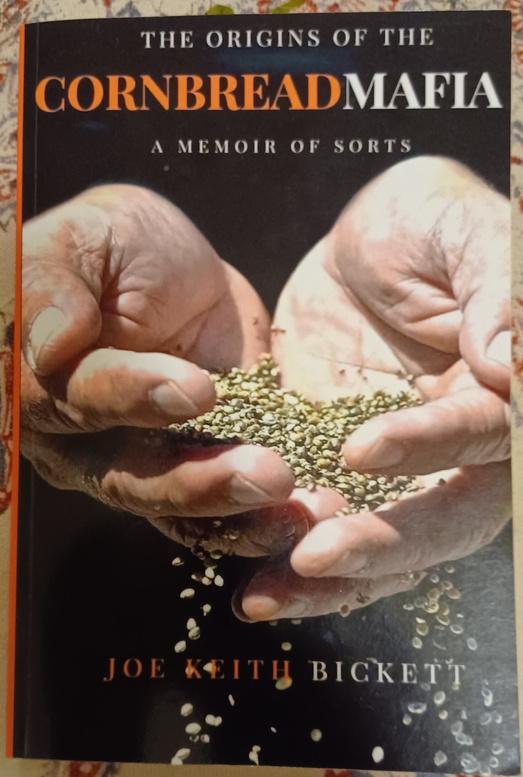
For over two decades, starting in the early 1970s, the Cornbread Mafia produced some of the finest cannabis anywhere Like Robbie Bickett asserted at the beginning of our interview, “In the late 80’s there were only really three places–Northern California, Hawaii, and Kentucky known for producing high quality marijuana.”

As the Bickett family were some of Kentucky’s original pioneers, it’s not surprising that Bickett and Boone CBD was one of the first Kentucky CBD companies created in the wake of the 2018 Farm Bill Robbie shared the story as we drove from the family farm which sits on 1,000 acres of picturesque land bordered by the Rolling Fork River The story goes something like this; In 1798, William Bickett, who served in the Maryland militia during the Revolutionary War, arrived in Kentucky with a land grant in hand
“I think it took him a year to get here, but he made it through the Cumberland Gap They stopped and made maple syrup in the Cumberland Gap that winter, and arrived here in 1798, building their first cabins The family has lived here and farmed it ever since ”
“In the late 80’s there were only really three places–Northern California, Hawaii, and Kentucky known for producing high quality marijuana.”
In the summer of 1972, this same pioneering spirit inspired Joe Keith Bickett and his friends to start planting cannabis in the fields along the bottom land of Nelson and Marion counties Joe Keith recalled the first seeds they planted came from southern Mexico, “the guy we got them from called the strain ‘Michoacan’ and the plants from these seeds adapted well to the Kentucky climate”.
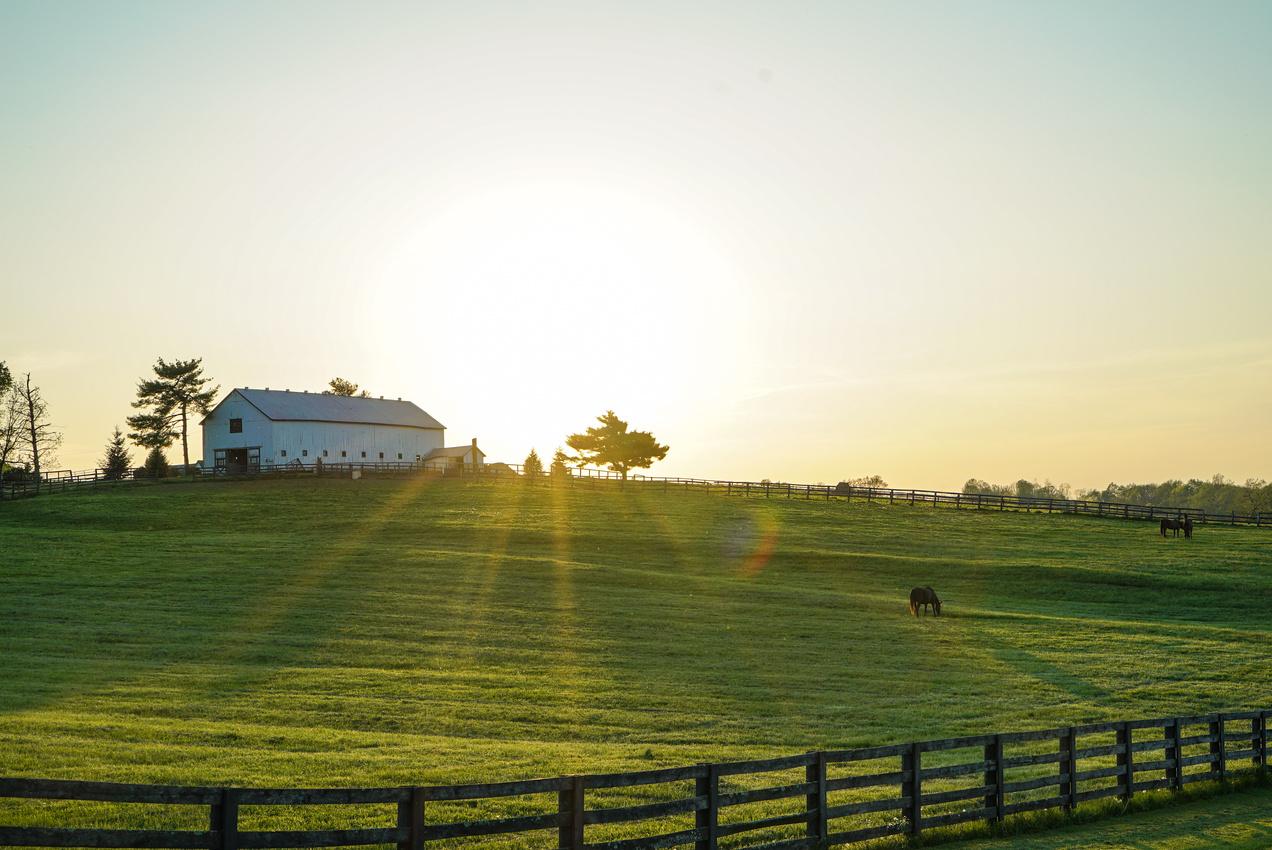
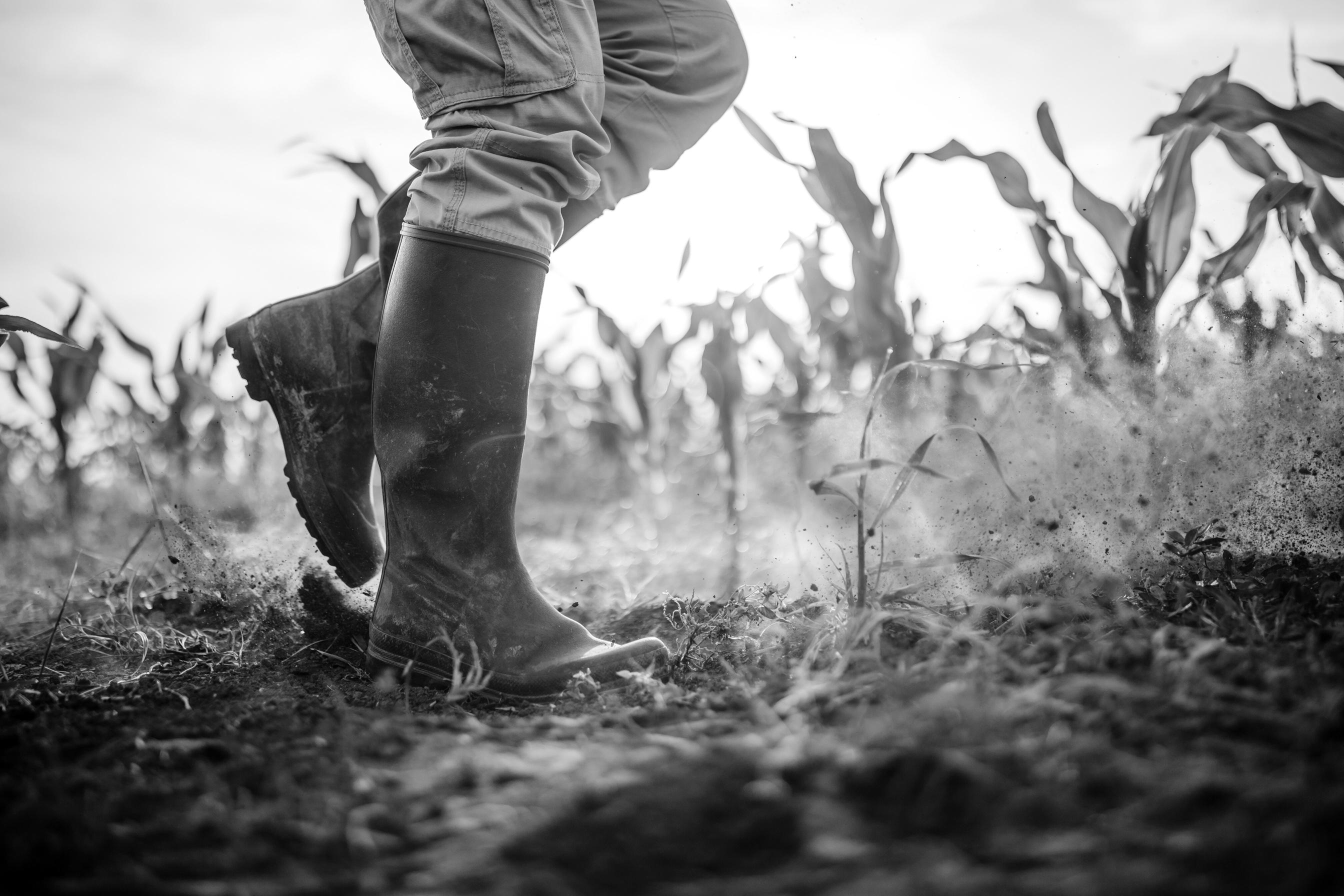
According to Joe Keith’s memoir, the seeds for this first crop came from a pound of Mexican pot that he and his friend Ray cleaned specifically for this purpose They planted the seeds in a plot 100 yards long, set at the end of Ray’s tobacco crop It was the beginning of a steep learning curve
“We had yet to learn that the ‘bud’ made the best smoke. We thought the whole plant, male and female, leaves, buds and all, were supposed to be stripped out and sold ”
By 1978, through trial and error, Joe Keith learned a great deal about cultivating cannabis Seeds were started in trays and transplanted into the fields They now cultivated multiple plots, some as large as eight acres in size By the late 1970’s, sinsemilla was beginning to dominate the premium marijuana niche So, Joe Keith and his associates spent the summer culling the males. Then, they started attracting the attention of law enforcement.
Joe Keith and three of his associates went to check on their third plot of cannabis Joe Keith got out of the vehicle to check the area for any signs that strangers had been to the plot while his friends continued on in the car Little did they know that a National Guard helicopter had discovered the plot and police were waiting at the site.
As Joe Keith came over the crest of a small hill in the road, he saw his friends had been stopped and were being questioned by the police Joe Keith ran and the chase was on Normally, avoiding capture would have been enough for most people, but Joe Keith put a lot of work into his craft and wanted to know how the police found about their operation.
Joe Keith arranged for his friends to make bail about as quickly as they were processed. While they sat in jail, they made an important observation; while the local police were excited about finding yet another bumper crop of cannabis, they were even more excited about watching the rematch between Kentucky native Muhammed Ali and current heavyweight boxing champion, Leon Spinks The fight was broadcast live and only one deputy was assigned to watch the crop overnight This deputy was responsible for guarding two different access points to the field
Plans for the 1978 growing season revolved around three main marijuana plots planted in different, out-ofthe-way locations in Nelson County In July, police discovered the first marijuana patch and it made front page news The maximum fine at the time for growing marijuana in Kentucky was $500, but the thought of getting caught still weighed heavily on Joe Keith and his friends. Their anxiety only heightened in August when police raided the second crop. However, it was the discovery of the third crop that really launched the “legend” of the “Cornbread Mafia”.
Joe Keith got word out and shortly afterwards, a significant contingent of local fellas sympathetic to their plight assembled at Squires Tavern, a bar run by Joe Keith’s brother, Charlie A work crew was selected and friends dispatched to get tools and a two-ton box truck Joe Keith and his friends planned to sneak into the front entrance of the secluded plot to harvest as much cannabis as they could, while the deputy was busy watching the back entrance. It was Garland Russell, one of their friends who actually did hard time in Eddyville prison, who spoke up, coining the name that would become legend
It was an off the cuff comment meant to ease the tension among those who were about to embark on a risky and illegal endeavor Over four decades later, the name has taken on an almost mythic quality, but at the time,“No one really wanted to be part of a mafia, but at the time it sounded cool to use the term in jest during our clandestine meetings and parties The Cornbread Mafia was never meant to evolve into a hierarchy like the east coast mafias There was no membership criterion, no capos or made men or Dons in the Cornbread Mafia ”
Bickett and Boone moved past simply planting imported seeds Both men grew up farming with Boone, a fourtime state 4H champion Joe Keith Bickett, Johnny Boone and many of their friends had extensive farming backgrounds, and became some of the first generation “master growers” After several years, Joe Keith refined that first strain of Michoacan he planted in 1972, “The Michoacan strain adjusted well to the Kentucky climate They matured a couple of weeks earlier each year as we selected seeds from the fast-maturing females. The growing period for these plants was now (by 1978) an unheard of 100 days.
When asked about any “strains” or seeds that might have been kept under wraps the last two decades, Robbie noted such discussions were pointless in the current murky regulatory climate, instead referring back to his family’s intimate relationship with both the plant and the land:
“At the end of the day, what Bickett and Boone is going to bring to the table is consistency in product. You know you get somebody who says ‘Hey, I have some Gorilla Glue or Girl Scout Cookie.’ Ok great, who grew it? ‘Well, I don’t know who grew it ’
Robbie sees the family’s connection to both the farm and to the cannabis plant in similar terms Both are legacies to be fiercely protected and preserved for the next generation
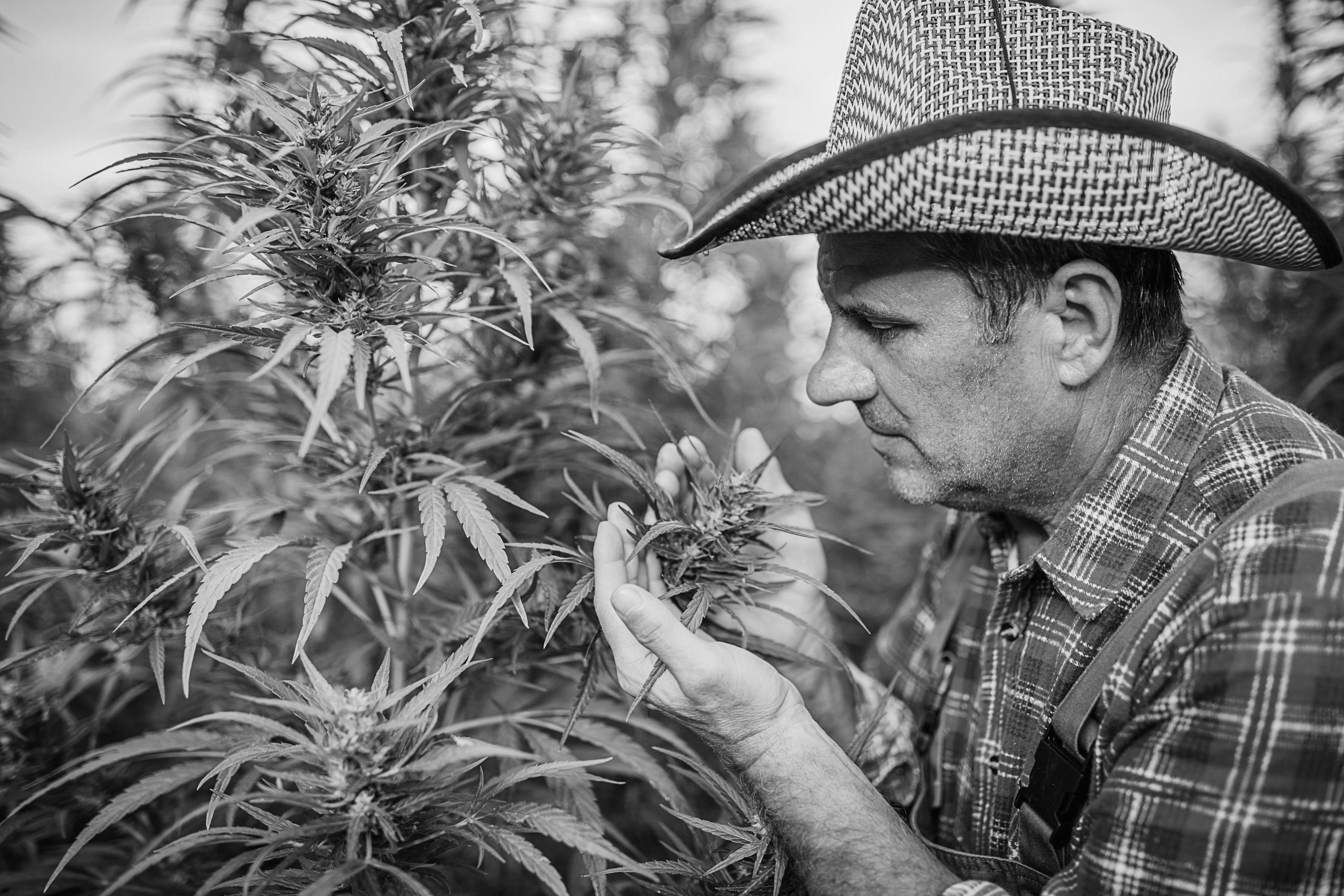
“It's kind of like they say, ‘to see further you stand on the shoulders of giants’. We do a good product because we had people from the beginning in Kentucky who said ‘look this is the way we’re going to do it.’ And To maintain a farm that long is hard to do; people want to come in and buy your land or you may simply lose it we've maintained it since 1798
You know, we’ve had offers to white label products, but I want to maintain what it is, a legacy growing operation ” But Robbie also realizes there is only so much he can control
“I can’t say what happens after I’m gone. It’s like on the farm, you know, you hope you lead your children or family to a place where they can say ‘This is worth keeping’. This is worth keeping things going on.”
With Kentucky legalizing medical cannabis, Bickett and Boone look toward the future. Kentucky’s medical cannabis bill is still a work in process and initial signs have many long-time cannabis advocates and legacy growers concerned Written by the Republican supermajority in the state Senate the law has been described as more business than patient friendly That doesn’t sit right with Robbie
“[The bill] is geared towards what I would think are bigger companies to come in and make vapes and edibles. But it’s a naturally grown flower. A person should be able to grow up to a few plants themselves I just hope that when it comes to regulations they think about the small growers ”
Still, Robbie is generally optimistic about the future, hoping for a green wave that establishes cannabis production as a legitimate Kentucky legacy
“That’s my hope anyway, that Kentucky cannabis will become known like it is for the bourbon industry We’ll be known as a place where you get quality medical marijuana and hopefully someday, recreational You know, lots of people self-medicate with alcohol and lots of people self-medicate with marijuana I think everything is heading to a very special day in Kentucky with cannabis. It will probably never surpass bourbon, but you never know.”
As a man who has only ever spent the night in a holding cell at a Grateful Dead concert, I asked Joe Keith a naïve and perhaps insensitive question, “having lost 22 years, would you do it all over again”? I received a more thoughtful answer than I deserved
“I never thought that I would be sentenced to 25 years for growing cannabis The laws changed so rapidly during the War on Drugs that I had no idea that we would be punished so harshly for marijuana offenses Looking back, it was a terrible thing to have over 21 years ripped from my life ”
Amen www.BickettandBoone.com
“You know what we got here?
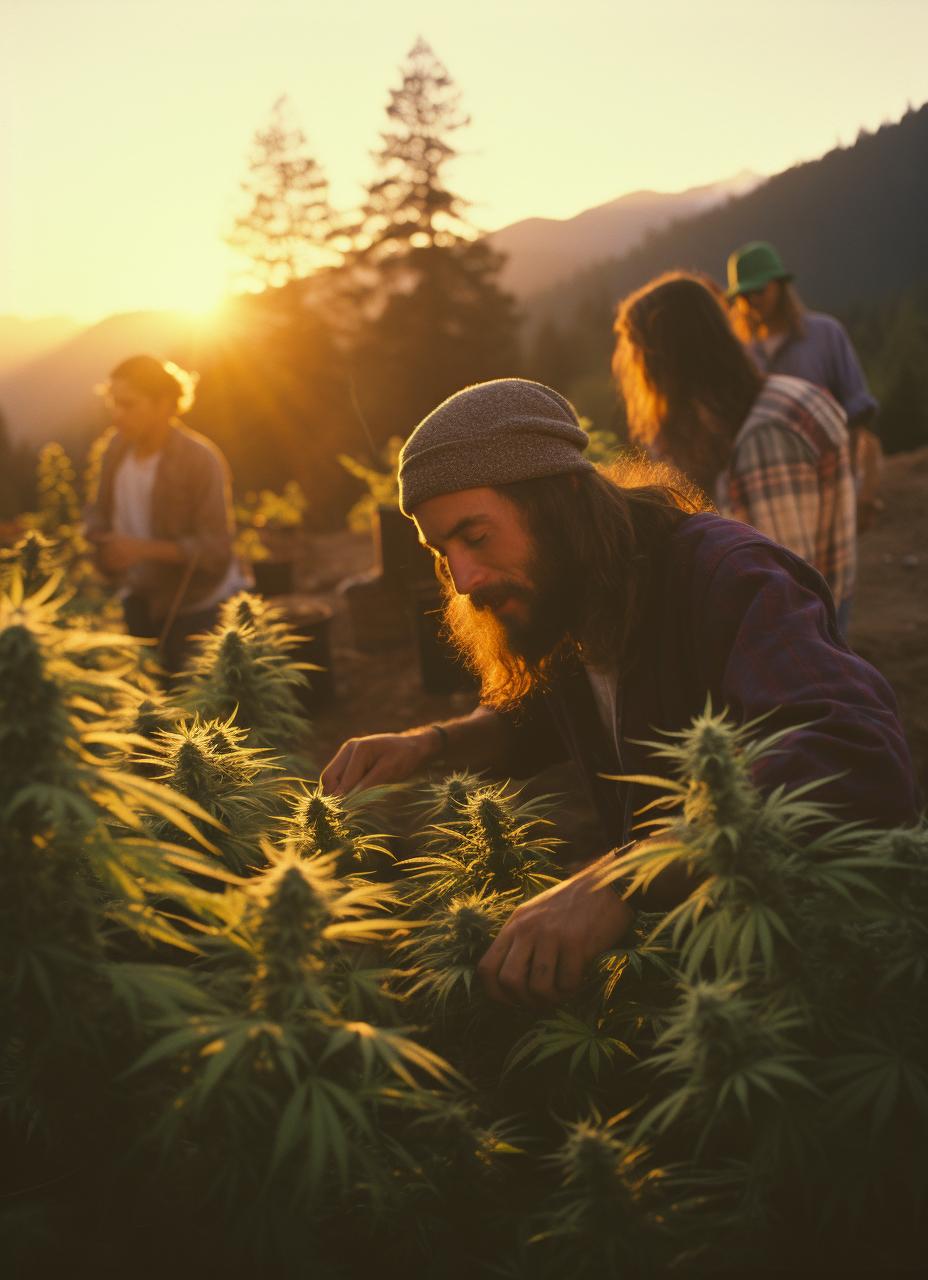



Over the last decade of being a provider of Cannabis oils to patients in need, two captivating individuals caught my attention; pillars of our world of weed, Dennis Peron and OG Eddy Lepp One morning in the 1980s, while smoking weed on the hill behind Clearlake High School in Lake County, California, one of my friends told me about a grower named Lepp He called his killer greens “lepper bud ”
"Robinson, that's going to be 100 laps in a garbage bag," my 24 year-old wrestling coach yelled, and when he'd punish you, he was brutal "Why were you on that hill smoking pot?" he asked my half-stoner, half-jock self, and my response was honest, "It's Lepper's bud; I had to try it " He was furious, and I was busted!
Lepp is as legacy as you can get in Cannabis; after enlisting in the army and serving in Vietnam, he struggled with addiction, depression, and PTSD He grew his medicine to heal, but nobody realized they were selfmedicating back then In the '80s, Eddy met cannabis advocates Dennis Peron and Jack Herer, and his life took a 420-degree turn.
Eddy shared with his Dad battling Cancer; he saw its power to provide relief It gave him hope for himself; he checked into a PTSD center, where he met Linda, his future wife, who worked there. He healed with the plant and his new love.
The couple became deeply involved in the cannabis legalization movement forging friendships with influential figures like Dennis Peron, Brownie Mary, Dr. Tod Mikuriya, and Jack Herer. They were crucial in passing the Compassionate Use Act, or Proposition 215, which made California the first state to legalize medical marijuana
Dennis Peron, the famed co-author of Proposition 215, who came from the world of fighting AIDS with Cannabis, had quite a bit to do with Lepp as he used his Cannabis, and the two were known to work together.
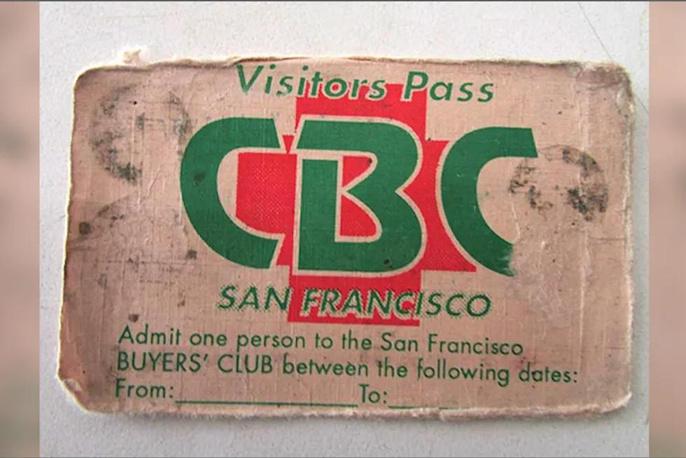

Eddy eventually lost his wife Linda, who battled Cancer But, before that happened, they purchased a farm in Upper Lake and hosted mobile clinics where doctors and patients could discuss medical Cannabis I was one of them, running into him again after legalization
In 2004, the DEA raided Eddy's medicinal gardens and their property, arresting Eddy and several others. Thousands (some say 30k) of plants were seized and destroyed The legal battle was intense; in 2008, the judge nailed him with a 10-year prison sentence Eddy served eight and a half years before seeing freedom in 2016
I met up with the OG Eddy Lepp virtually during the pandemic; his loving new wife and now widow Sandra was helping him with his own Cancer battle before it overtook him in 2021 In hopes of saving the legend, I created OG ELO, OG Eddie Lepp Oil for him. “You're not like any other researcher; you're the Researcher OG, remember that." He told me in a talk online. Lepp always showed so much gratitude, so I kept on sending packages

In one conversation, he shared that the new industry hadn't learned how legalization had roots with Peron and the crowd in San Francisco He told me that as legalization moved across the nation, most were distancing from the true grit of it all He felt that for every person making a profit in the legal industry in the Green Rush, ten more were fighting to stay established after exiting an illegal market, and slowly the message that started the movement got lost Cannabis consumers and growers created the industry and had a personal tie to the plant, unlike today, where business people start a brand for profit.
The most prominent example of this is who was behind the legalization. During times of such strife over Civil Rights and human individuality, so many people have never heard of Dennis Peron. He led a movement that surrounded treating a crowd with AIDS The most intense part of talks with OG Eddie Lepp was about his friendship with the 'old gay hippie' - Dennis Peron Lepp knew that I had brought the famed co-author of Prop 215 Cannabis oils in his final year of life and sat with him to discuss the prohibition against gifting in Prop 64– 2016's recreational law that passed in California In one meeting, I penned the "Peron Resolution" with him calling for the end of that prohibition.
In another meeting, I spoke about getting worn out, fighting multiple cancers, and traveling the compassion trail Peron retorted, "Compassion isn't convenient Mike; nobody ever left Market Street without a joint Compassion is love " We passed a vape pen back and forth, and he followed that with, "But, why should anyone listen to me? I'm just an old gay hippie," a common phrase from him Only six months later, due to AIDS, a stroke, and more, Peron would no longer speak.
Peron's first attempt to legalize Cannabis was Initiative W After being raided for selling weed in a 1977 bust, his efforts generally went well The decriminalization effort passed, and Mayor George Moscone notified the police that possessing less than an ounce of cannabis would be ignored That mayor got assassinated, and Peron's work fell by the wayside
As the '80s ended, Dennis's longtime companion, Jonathan West, was dying of AIDS In early 1990, narcotics officers raided the house where Dennis cared for Jonathan, seizing everything After he witnessed all of this, the idea for the San Francisco Buyers Club came upon him, as without a Cannabis supply, West passed away from complications due to AIDS
In 1991, saddened by the loss, Peron wrote Proposition P: "The People of the City and County of San Francisco recommend that the State of California and the California Medical Association restore hemp medical preparations to the list of medicines in California Licensed physicians shall not be penalized for or restricted from prescribing hemp preparations for medical purposes to any patient "
Prop P received overwhelming support from San Francisco and was 80% approved Inspired by the Healing Alternatives buyers club, Dennis Peron established the San Francisco Cannabis Buyers Club (SFCBC) on the corner of Market Street and Sanchez
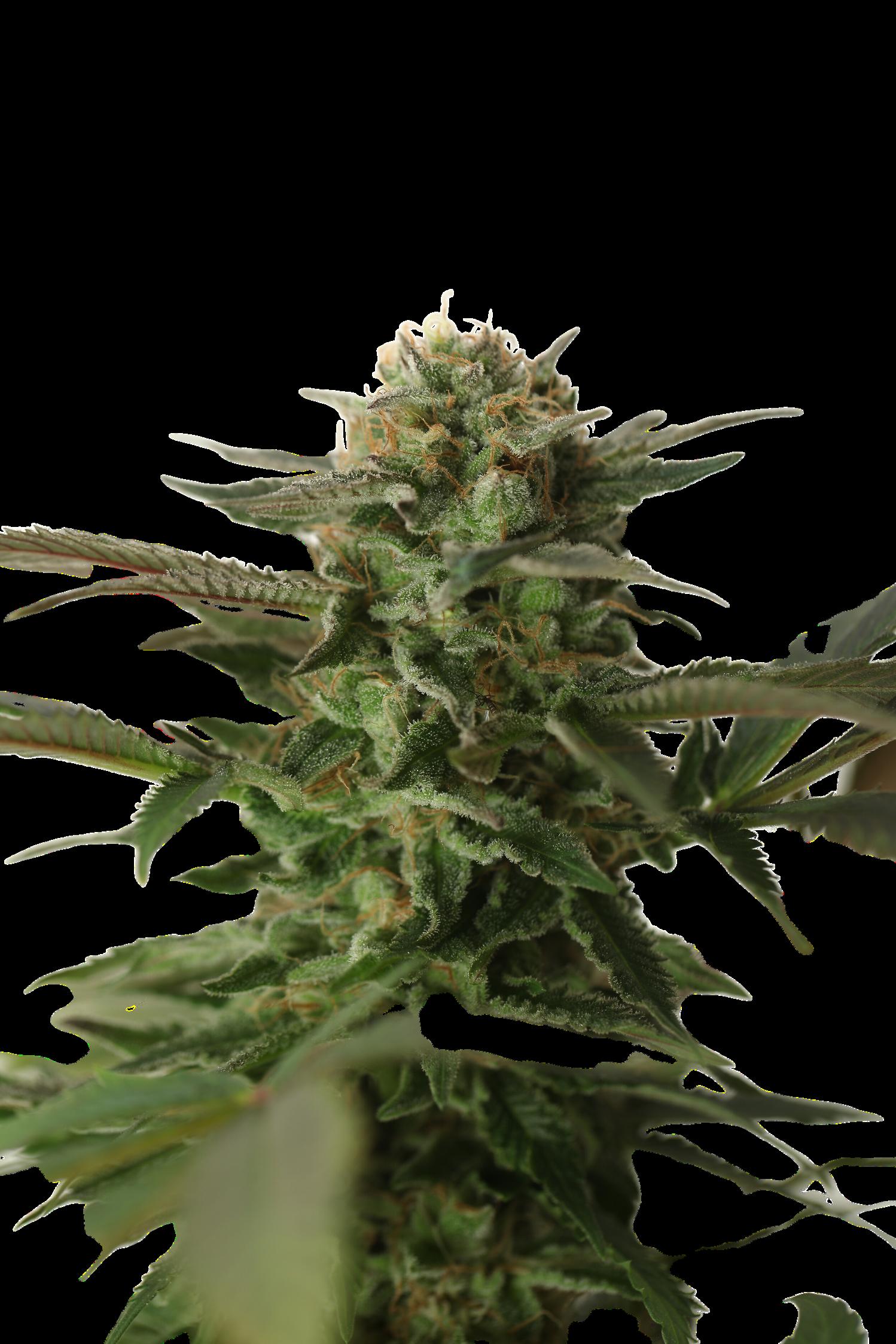

The SFCBC aimed to provide cannabis and a comfortable environment to consume and share cannabis Healing Alternatives offered HIV-positive individuals and Castro district residents affordable vitamins and drugs Tod Mikuriya, a close ally of Dennis, conducted interviews for a paper documenting the medicinal use of Cannabis at the buyers club, showcasing its efficacy in treating various conditions.
This research contributed to Proposition 215, which authorized physicians to approve marijuana for therapeutic purposes Although Peron is an author, it was the work of multiple individuals, including Anna Boyce, RN, John Entwistle Jr , Valerie Corral, Dale Gieringer, William Panzer, Scott Tracy Imler, Leo Paoli, and Tod H. Mikuriya.
Prop 215 kicked off the legalization movement around the nation - and the world - and sheds such a powerful light on the plight of the legacy farmer in today's market Those that know the industry and lived through the turmoil see themselves differently than the struggling Green Rushers that have no idea how or why they were allowed to get a license and start making money off of people in need of weed.
The Cannabis Industry started because people cared about people - not money As rough and tough as OG Eddy Lepp was, he had compassion for the people in need and the plight of San Francisco and wanted to help the crowd Peron seemed to care about everyone and strongly felt that cannabis is always medicine, regardless of its use.
If it weren't for that “old gay hippie” and the rough and tough OG, legalization might not have occurred It rounded up everyone from the prominent Dr Tod to Nurse Anna and Brownie Mary, and at the same time, garnished the attention of the outlaw grower to provide for the patient in need
Cannabis is Medicine, and it always will be.


Fungi is more closely related to humans than plants.
